Author: Grumpy
It is Time to Build Several ARs
- You will soon need them.
- Prices are down, due to the Trump Slump in firearms sales. A reasonable cost for an AR equates to $600 today. This is definitely a “low point” in pricing and hence the ideal time to buy or build.
- Your family is not building them, so you should.
- The government doesn’t want you to build them. (Read: The threat of upcoming legislation.)
- It will help you to better understand how the firearm runs.
- Building your own is just fun.
I retired after 21 years of service to our nation as a Cavalryman. My years of service spanned 1980 to 2015 and included active duty, Army Reserve and National Guard service. My civilian schooling includes multiple trips to Thunder Ranch, instruction under Gabe Suarez and Rifles Only, as well as one course at Gunsite. I am not an “expert”, but feel okay with stating that I know my way around firearms.
THE NEED TO BUILD MULTIPLES
Rainy days are coming. In the last week, I saw at least four articles openly discussing a new civil war in the United States. Our political system has been driven to failure by the professional teat suckers in Washington, District of Criminals. (A result of no term limits and original sin.) The politically correct nazism of the liberal left has done a quite decent job of silencing cogent discussion of issues. The leviathan tech bullies of YouTube, Google, Fakebook have taken away the town square from anyone not supporting their agenda.
Theft of your firearms could occur. Therefore, keeping spares at multiple locations are prudent. However, you should realize that not all theft occurs via petty theft and burglary. The federal and state governments are now actively murdering citizens and taking their firearms. (The shooting of Gary J. Willis was just the beginning.) To date, 14 states have passed Red Flag gun confiscation laws. And 25 more states have this Constitutional violation under consideration.
MURPHY IS ALWAYS WITH US
Two is one and one is none. Man-made items break. You will not have an arms room and armorer to fix a weapon that breaks. The local gunshop (if one exists in your neighborhood) won’t be available to fix things for you. The only spare parts you will have are the ones that you set aside now. You have to be your own arms room. Extra parts kits and spare complete ARs are prudent investments.
GRASSHOPPERS
All of us have grasshopper relatives and friends. The ones with pro sports season tickets. Marble countertops. New cars. Vacations. New iPhones. Big screen TVs. They can’t be bothered with insurance against a rainy day and choose to perpetually frolic. They will show up on your doorstep, hat in hand, or demanding that you take them in. It’s their right to be cared for at your expense, after all. If you are unable to shut the door in their face due to family issues. But they will be zero use to you if you cannot hand them an AR and tell them to watch a sector of your perimeter.
WHERE TO GO FOR PARTS
I primarily source AR parts from Palmetto State Armory (PSA), Brownells, and Blue Force Gear. I have no affiliation with any of them other than as a consumer. PSA provides stripped lowers (thus reducing the Federal tax on firearms) complete uppers and lowers, or parts kits for both. Their wares are mil-spec or better. I have assembled several combinations of their offerings. You can tailor things to your tastes/needs easily from what they offer. I will get to suggested specifications later.
Brownells always seems to be a bit more expensive, but runs a wider range of goods and certainly has more technically complete tool selections. CMMG makes excellent ambidextrous safeties that sometimes are out of stock at PSA and Brownell’s. Blue Force Gear makes excellent slings that quickly adjust in length to your changing needs.
AR-15 – WHY THIS PLATFORM?
The light weight and modest recoil means that young adults and even the grasshopper relatives who have never done a day of PT in their life can use the AR M4 carbine. (As opposed to, say, a CMP Garand.) The ergonomics of an AR are excellent. They are easily maintained. There is a tidal wave of parts for them available. They are inexpensive. After 50 years of military use and civilian market development, they are quite reliable. Until the military leaps forward into a new small arms platform, reasonably priced ammunition will continue to be available. (5.56mm NATO ball ammo is ubiquitous.)
WHAT TO BUILD
The absolute minimum that you must secure are Mil-Spec parts and processes. Granted, these are old standards from the 1960s. However, they serve as a solid starting point. I have a friend who has run a company-sized arms room for two decades supporting the only civilian-owned set of MILES gear in the country. He tells me that it doesn’t matter if they run the MILES gear on a boutique AR, or an entry level one – if the gun is not built according to Mil-Spec or better, then it will not hold up and run. Short of re-enacting the Battle of Wanat, blank firing with MILES is about as tough as one could be in using an AR. His experienced opinion carried a great deal of weight with me.
Now, to the actual specifications for the build:
- Stripped lower receiver – $40 to $50 at PSA
- 16” barrel 1/7 or 1/8 twist – unless you live way out west, 100 yards is a LONG shot here in the Midwest. Yes, you see an occasional farm field shot, but what business will you have shooting at a human past 300 yards? Identifying them as friend or foe will be problematic. One who routinely picks fights won’t live long without rule of law (WROL). If you want a sniping platform, then build one of those. I am recommending parts for a reliable, reasonably priced, general purpose combat carbine. 16” barrels are handy, carry well, and don’t overtax the weak Grasshoppers. Yet, they are long enough to stay clear of the ATF minions.
- MOE BUIS – these are polymer, but tough. They are, after all, BACK-UP sights. Put your money elsewhere.
- Midlength gas system – because you won’t have an infantry company arms room backing you and Uncle Sugar providing spare parts, being gentle with your weapon matters. The reduced stress on the extractor, et al, through lower chamber pressure, is prudent.
- Nitrided metal finish or stainless – markedly easier cleaning and less propensity to rust
- PSA Enhanced Polished Trigger set. (An aside: Geiselle triggers start at about $200. If you must have one, then go for it. Building 6 to 10 carbines with an extra $200 cost per carbine adds up quick.) The slightly polished and nickel boron coated parts in this set from PSA make a very nice “stock” or issue trigger. For $30 more, I think it is quite worth it.
- Nickeel Boron (NiB) or Nitrided BCG – the ease of cleaning is significant. Maybe you would gain a tiny bit of breathing space if you have a tough fight and fire A LOT of rounds due to the enhanced lubricity of the coatings. I will still lube my BCG enthusiastically. NiB runs $90 for a complete BCG. Nitride is $50.
- Magpul MOE sets – While USGI grips and handguards will provide a functional platform that shoots bad guys, the MOE gear is so much easier to mount lights and slings to. The additional cost is not very significant. At worst case, start with USGI and upgrade as funds allow.
- Elftmann Anti-walk/rotate pin kits – one of my EPT trigger parts kits caused a trigger pin to repeatedly walk out of position in the lower receiver. This $20 kit stopped that cold. Now that the fear of this happening at the typical Murphy moment was introduced into my cranial cavity, I have put the Elftmann sets on all of the ARs I own. Never have to worry about it now.
- CMMG ambidextrous safety – $28 to help run the gun from either shoulder.
- Roller cam pin – If you have the manliness to run an AR-10, then by all means buy the Patriot Ordnance Factory (POF) roller cam pin to save the wear and tear on the inside of your upper receiver. (Not only does the rifle weigh more, but humping 25-round 7.62×51 PMags is not for the faint of heart.) This adds one more tiny morsel of reliability. I would check my zero after installation. One of my AR-10’s zero jumped up 3”, which I attribute to the change in the overall firing harmonics of the gun.
- BFG Sling – The Blue Force Gear sling keeps the carbine tight to your body, or quickly loosens to permit torso carry on the back. You can get padding for another $10 if you are humping an AR-10’s extra weight, or just really must have cushy comfort!.
WHAT THESE DON’T INCLUDE
The Patriot Ordnance Factory (POF) E2 chamber fluting is not within the scope of these specifications. That bit of enhanced reliability starts at about $2,200 per copy. Also, if you want to spend $45 to upgrade the cam pin on an AR-15 to the POF roller cam pin, then you must also replace the gas key. With that, you would also need high temp locking compound and a staking fixture for the grade 8 fasteners. I doubt that I will be wearing through the side of any upper receiver any time soon with the USGI cam pins.
PSA does not have any upper kits that employ taper-pinned front sights. I would like to have that extra insurance to make certain my gas system stays aligned. However, realistically, what are the chances that you or the Grasshopper you hand the carbine to will be doing any bayonet work?
So, here are some estimates on your current costs, for two options that I can recommend:
OPTION A: USGI MILSPEC WITH EPT TRIGGER – $554
- Lower receiver – $40 ($50 if the blemished receivers are out of stock)
- Lower parts kit – Special package with EPT trigger parts – $110
- Standard lower parts kit – $90
- Complete Upper – $250 – Nitrided, 1/7 twist, mid-length gas system, parkerized BCG
- MOE Rear BUIS – $55.05
- Ambi Safety – $27.99
- Enhanced Polished Trigger Parts – normally $30
- Elftmann Anti-walk Pins – $20 at PSA, but often out of stock, so you might source them from Brownell’s
- BFG Sling – $50
OPTION B: AR-15 WITH MOE FURNITURE – $608
- Lower receiver – $40 ($50 if the blemished receivers are out of stock)
- MOE Lower parts kit – $90 ($10 less in black, but green blends in better)
- Complete Upper – $300 – Nitrided, 1/7 twist, mid-length gas system, parkerized BCG
- Nitrided BCG – $50
- MOE Rear BUIS – $0 – Since they are Included with the complete upper
- Ambi Safety – $27.99
- Enhanced Polished Trigger Parts – normally $30
- Elftmann Anti-walk Pins – $20 at PSA, but often out of stock, so you might source them from Brownell’s
- BFG Sling – $50
CONCLUSION
The Editor of SurvivalBlog (JWR) has repeatedly recommended that you stack weapons and receivers deep. For those not particularly weapons savvy, I have provided a roadmap that I know provides a reliable, well-priced self-defense AR. Tempus Fugit. – D.B.
—
JWR Adds: I concur with the author. There is great wisdom in redundancy. The current Trump Slump Interim Period is the ideal time to do multiple AR builds.
If you buy any parts from Palmetto State Armory (PSA), then I’d appreciate it if you would start assembling your shopping cart with this link, so that we earn a small commission, to help support SurvivalBlog. We also have an affiliate relationship with Brownells.
Be sure to lay in a supply of at least eight Gen 3 PMAGs for each build.
I’m presently in the middle of building ARs for each of my kids, their spouses, my grand-kids, and any grand-kids reasonably expected in the next 15 years. Oh, and I’m also not overlooking the future spouses of all those grand-kids. Yes, that is a lot of ARs, but the pricing and availability of parts is presently very advantageous.
I should also point out that D.B. presciently included a mention of Red Flag laws. I predict that those will become a genuine threat and a political cudgel of the leftists–much like we’ve seen with SWATing. So, stack them deep, but as D.B. says: not all in the same place. Always have a Plan B and a Plan C.



If you had one of these as a Kid. Then you were the coolest kid at the Rifle Range! Grumpy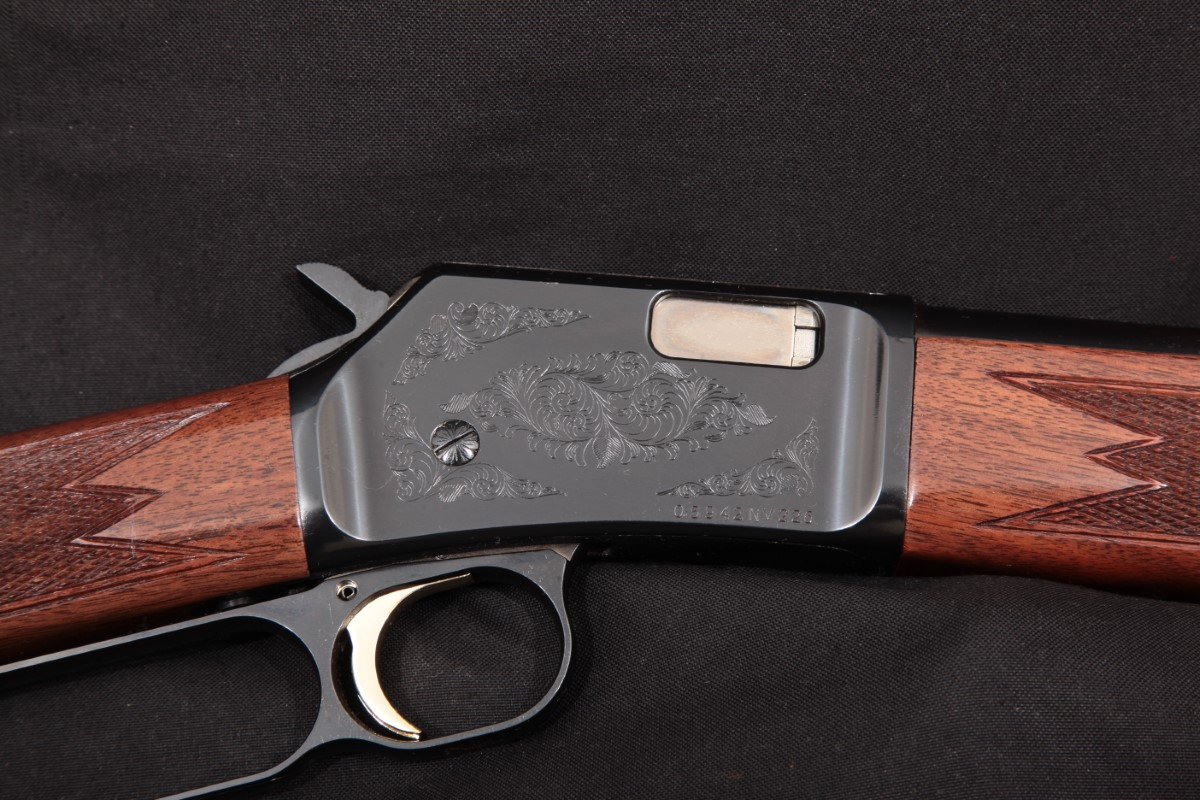
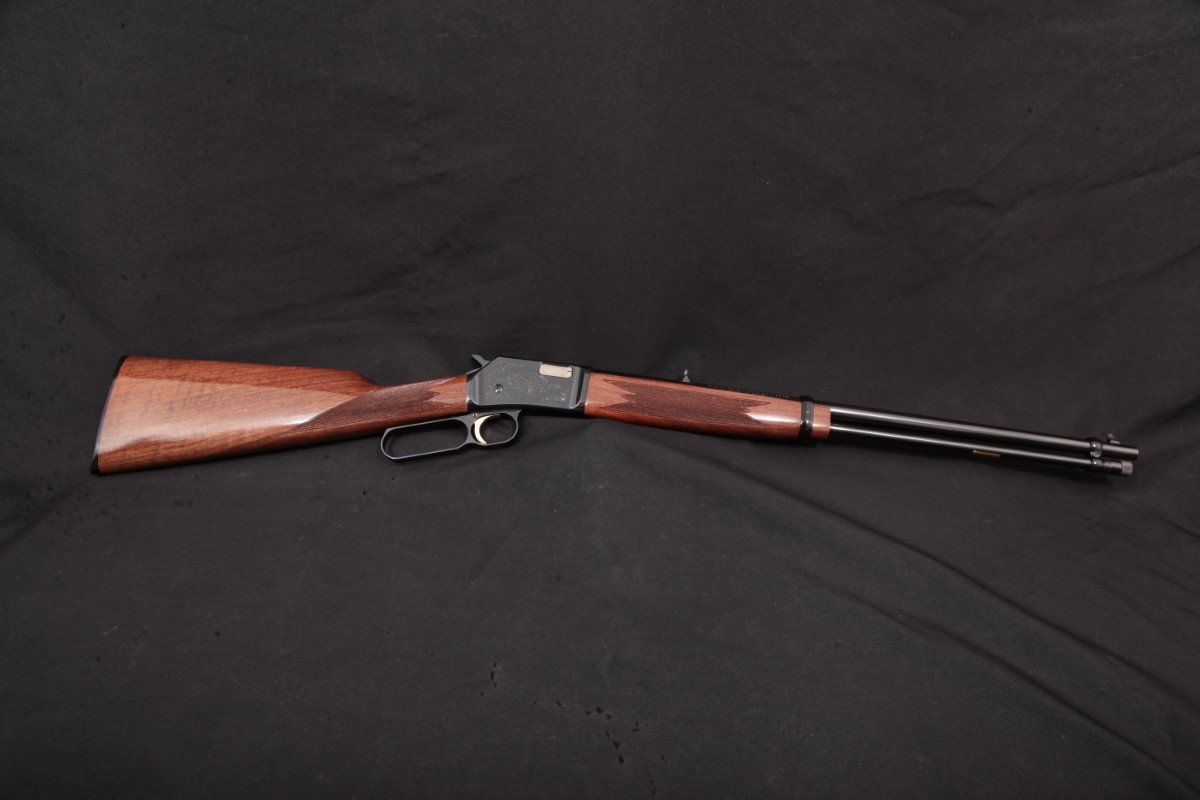
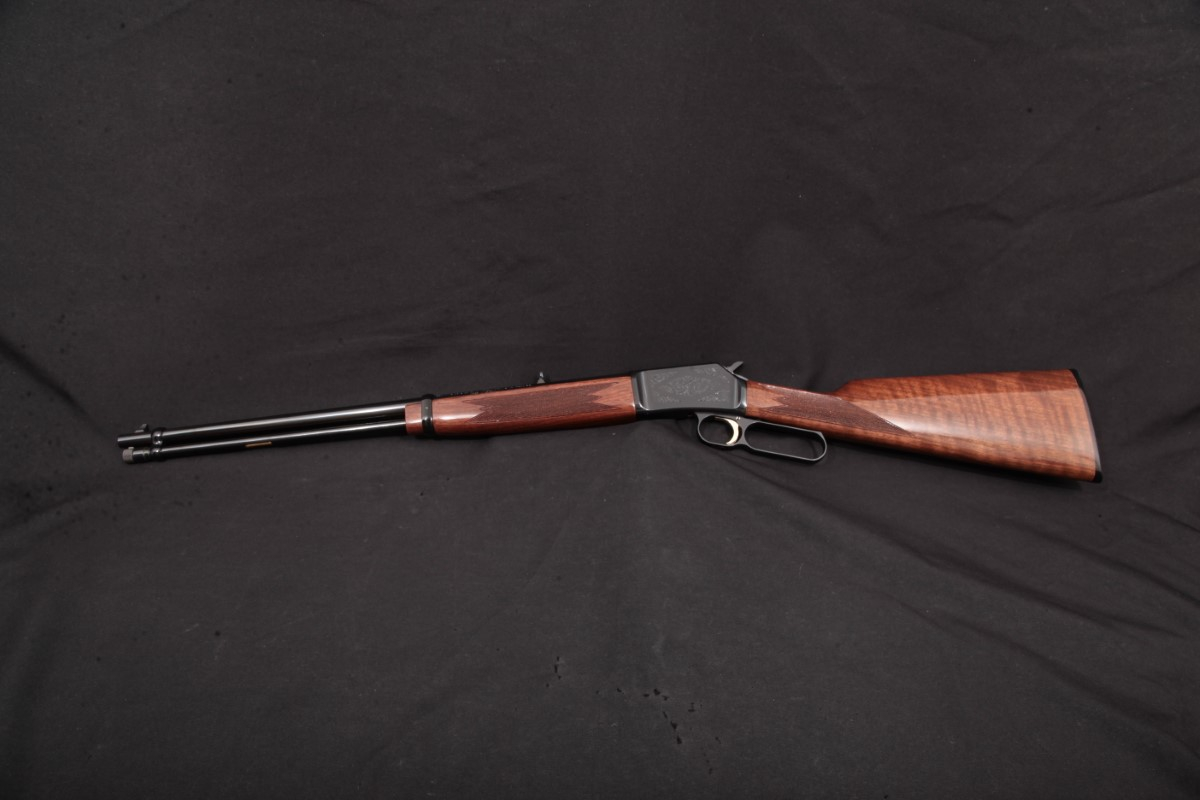
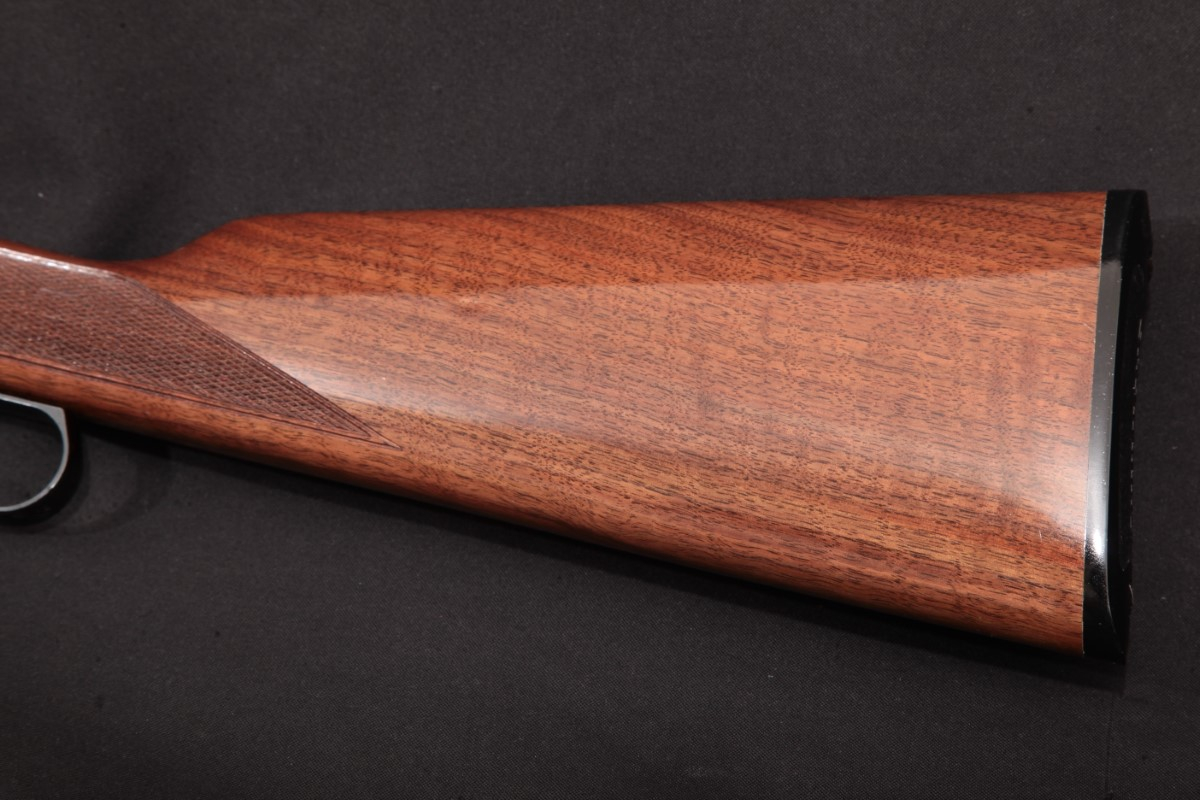
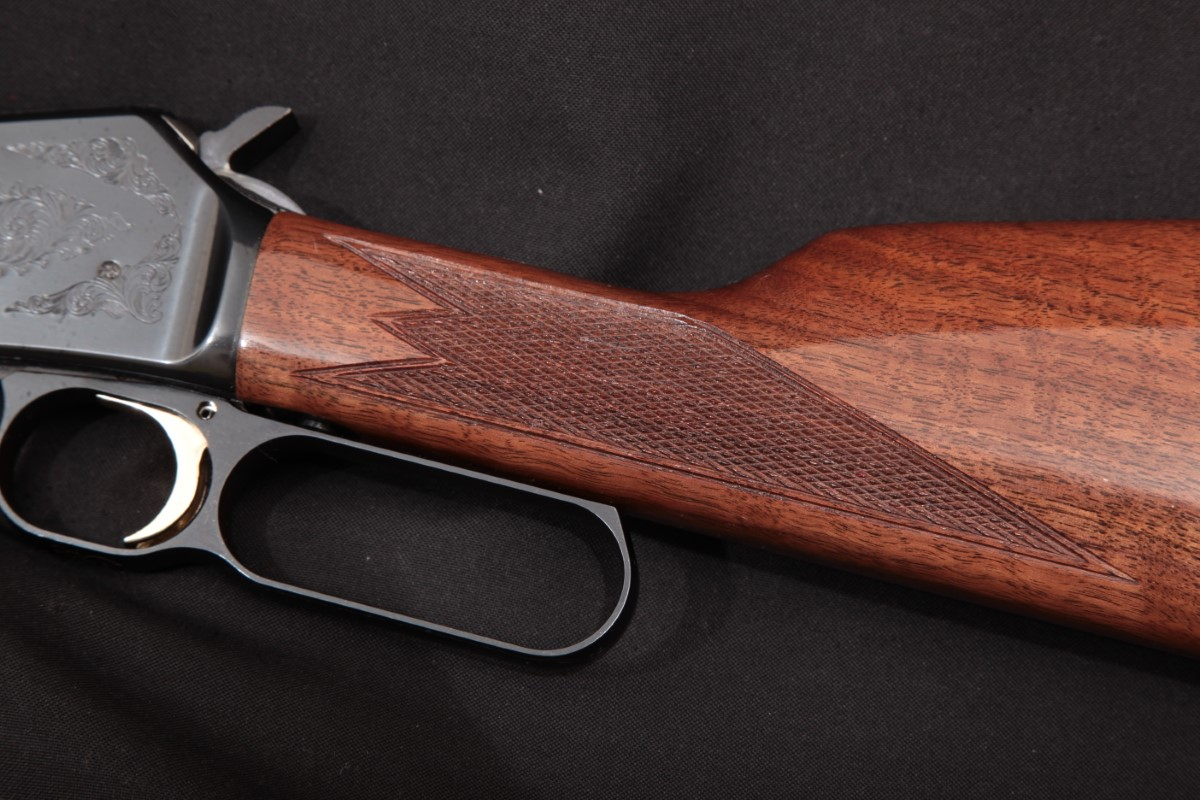
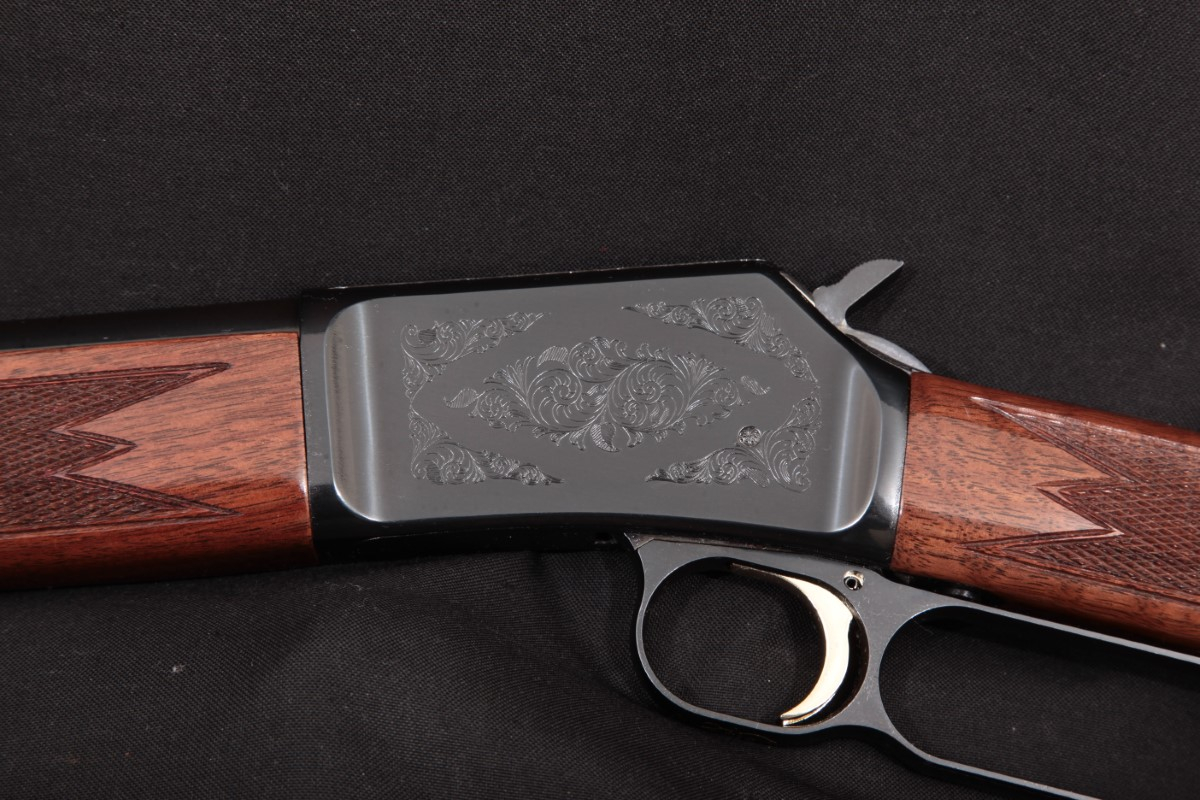
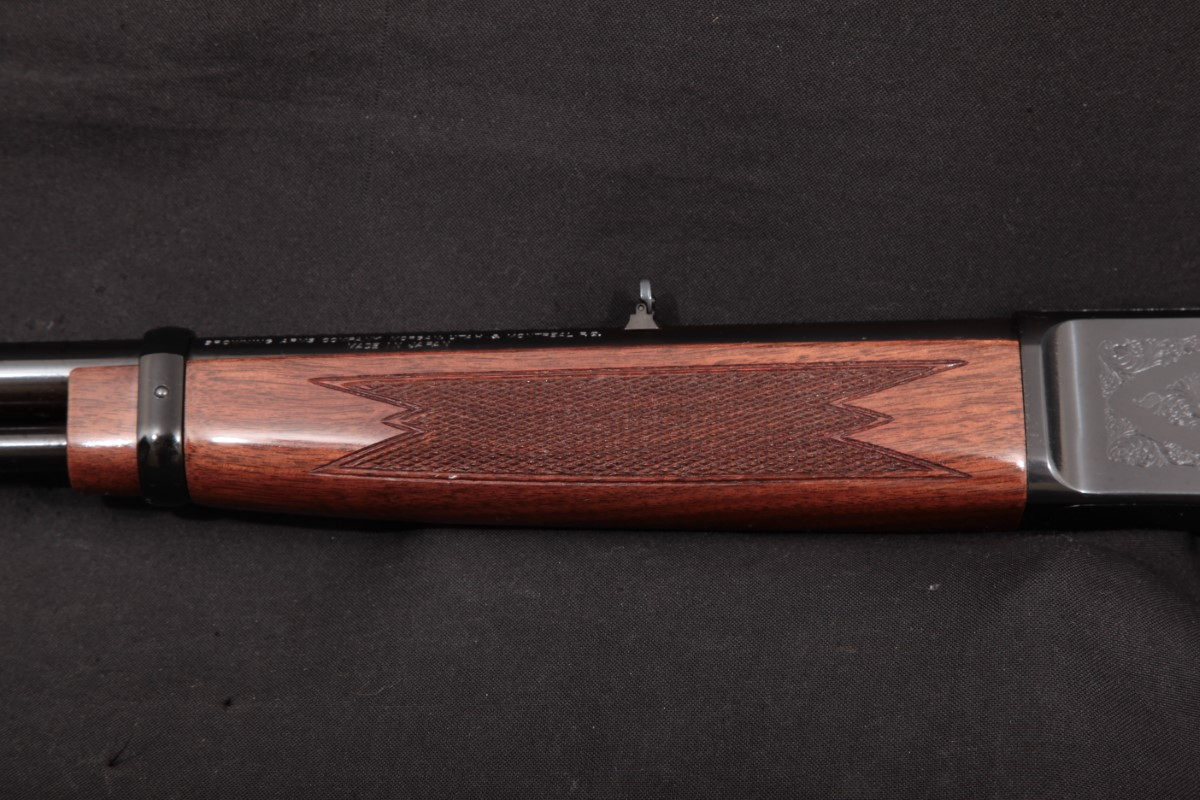
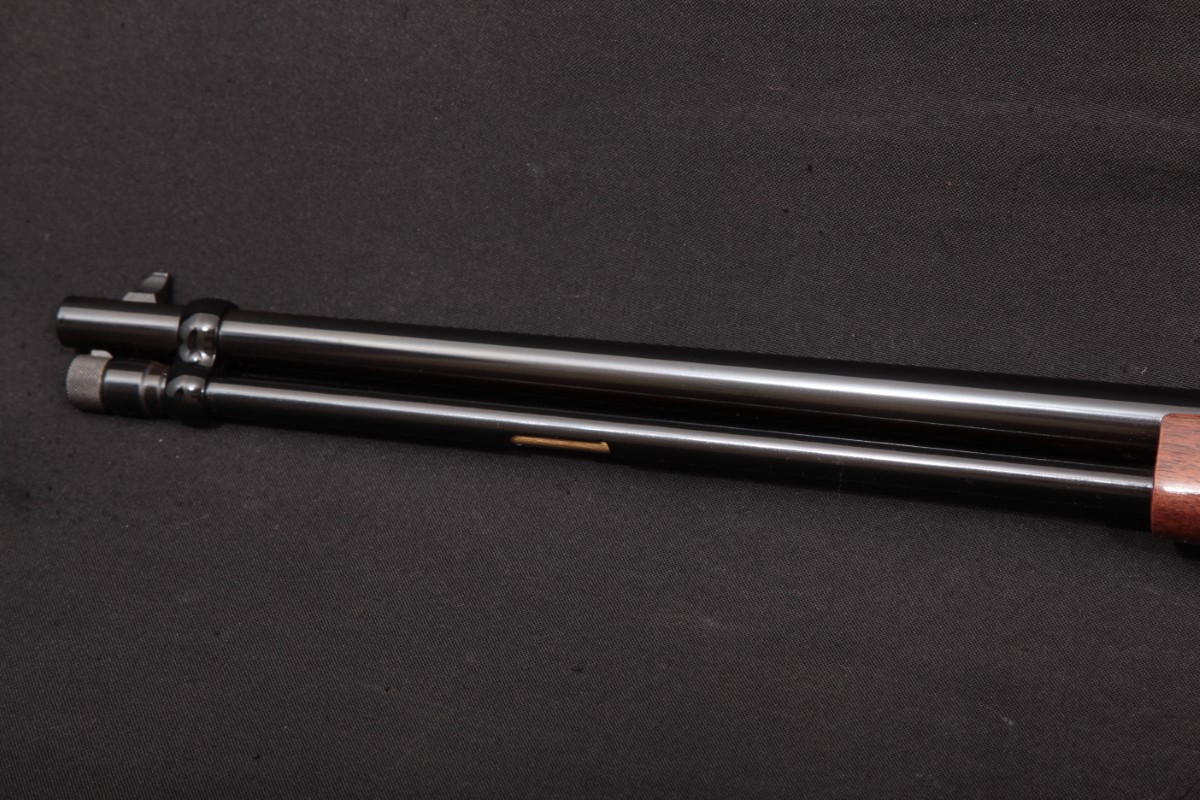
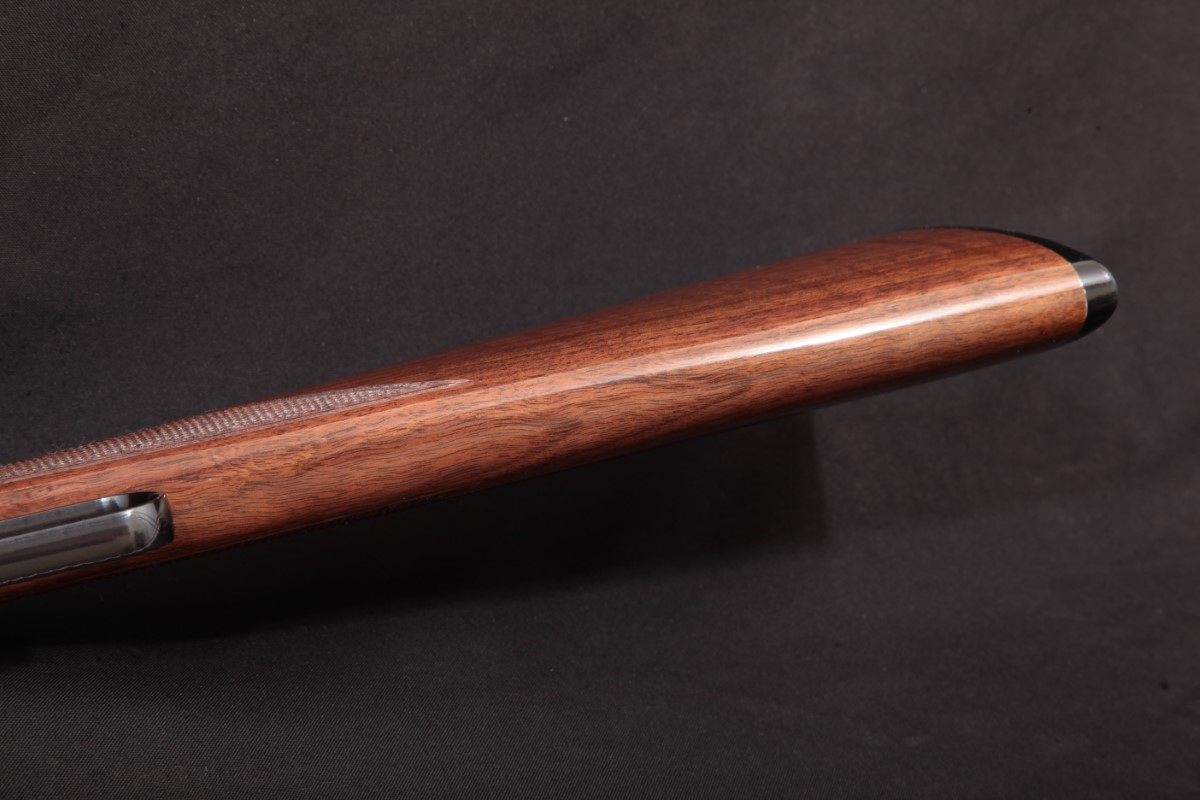
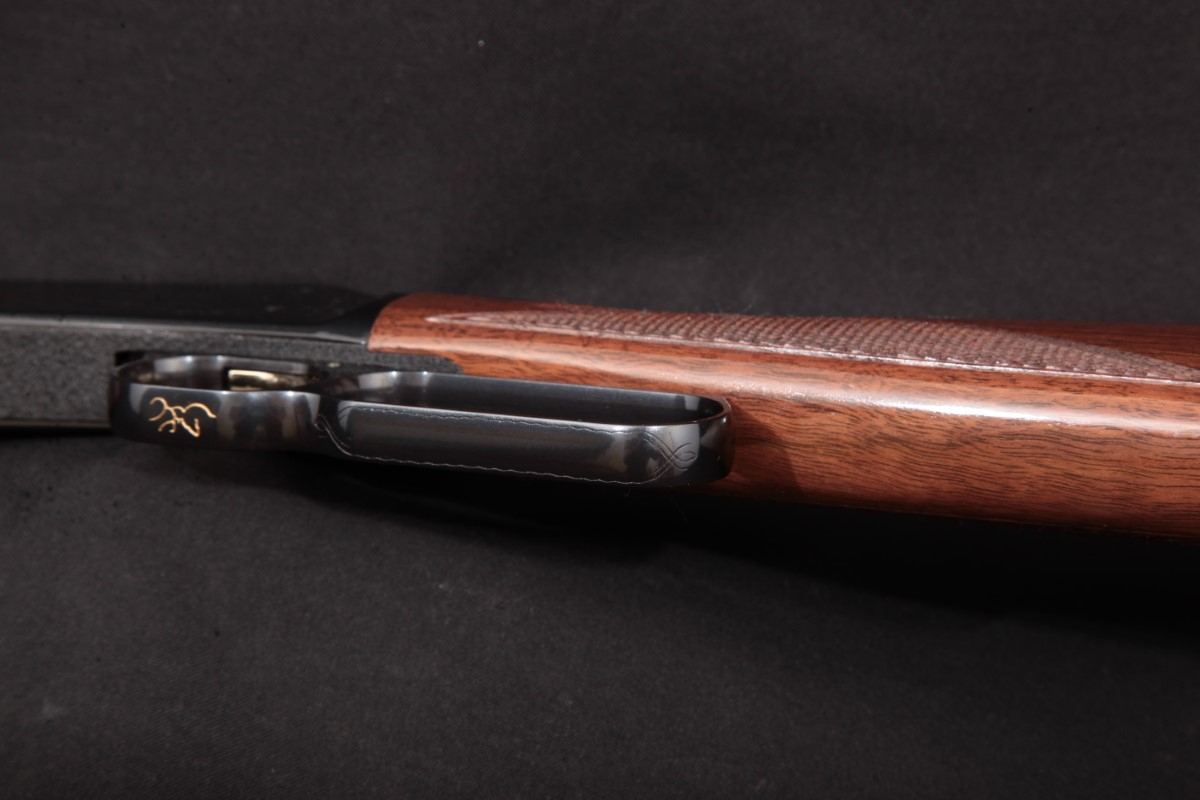
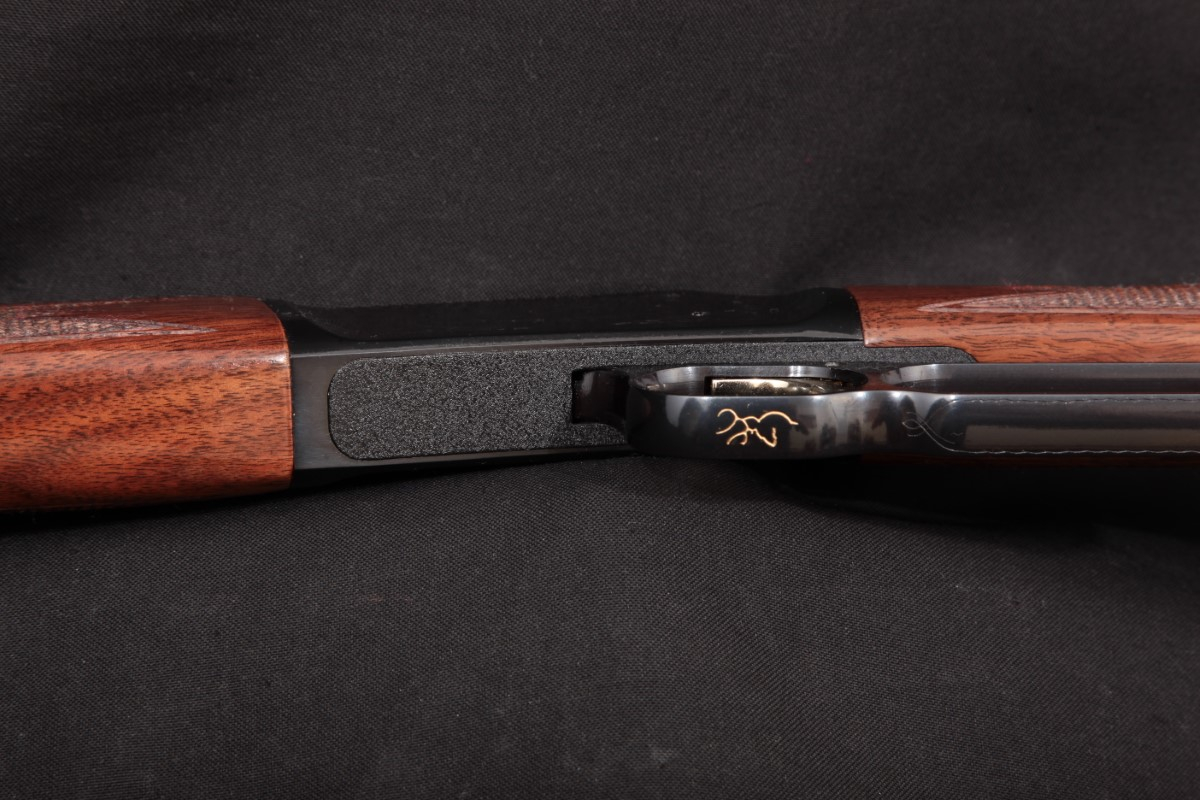
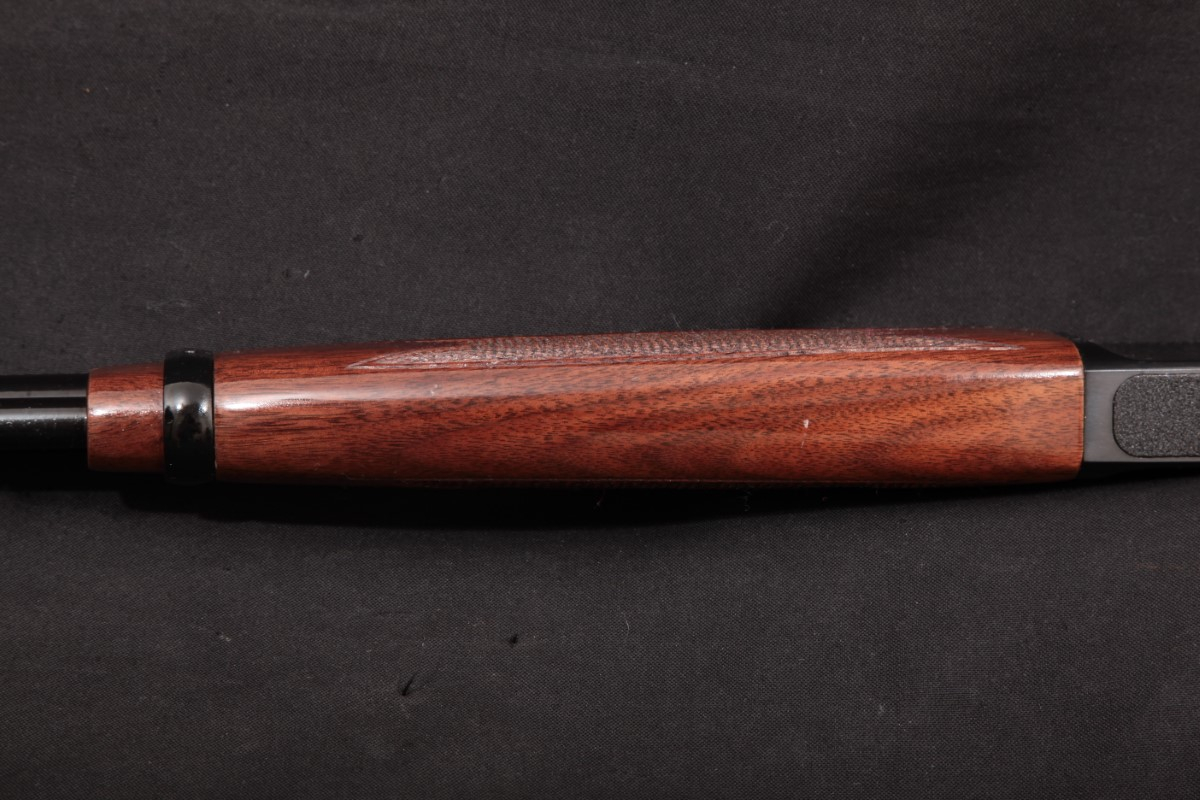
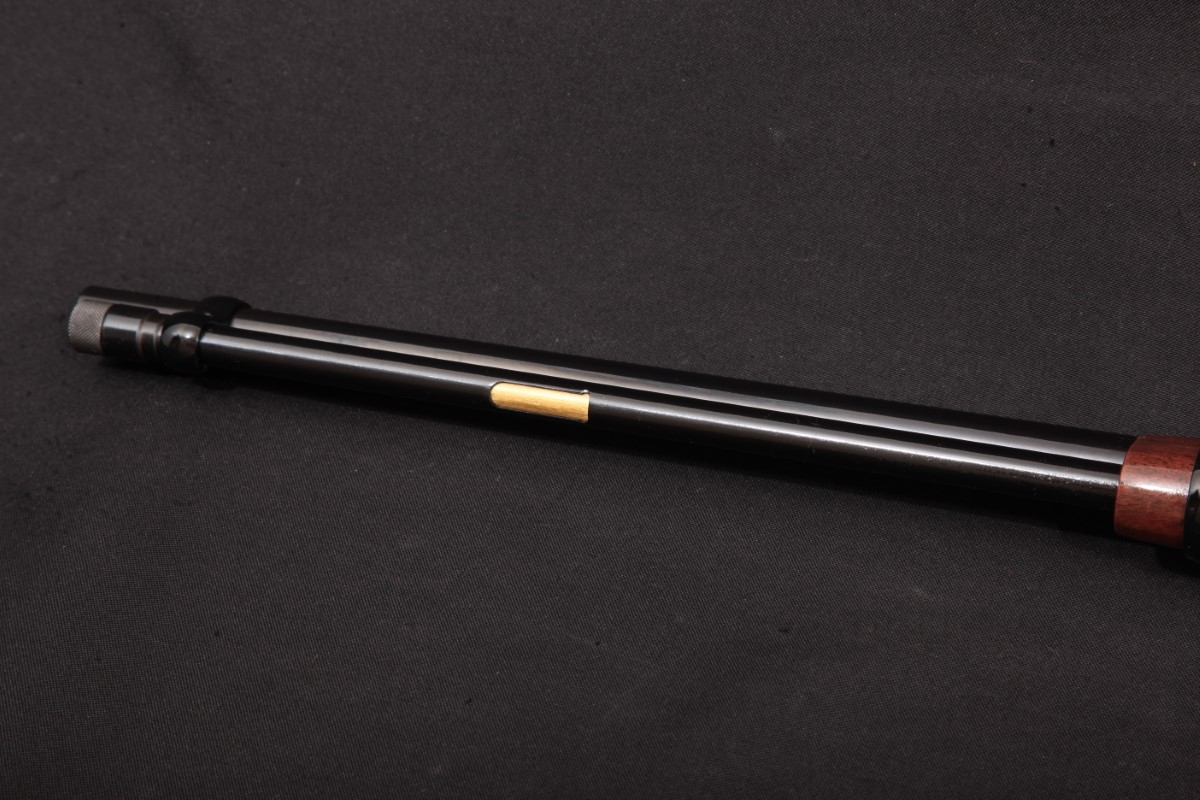
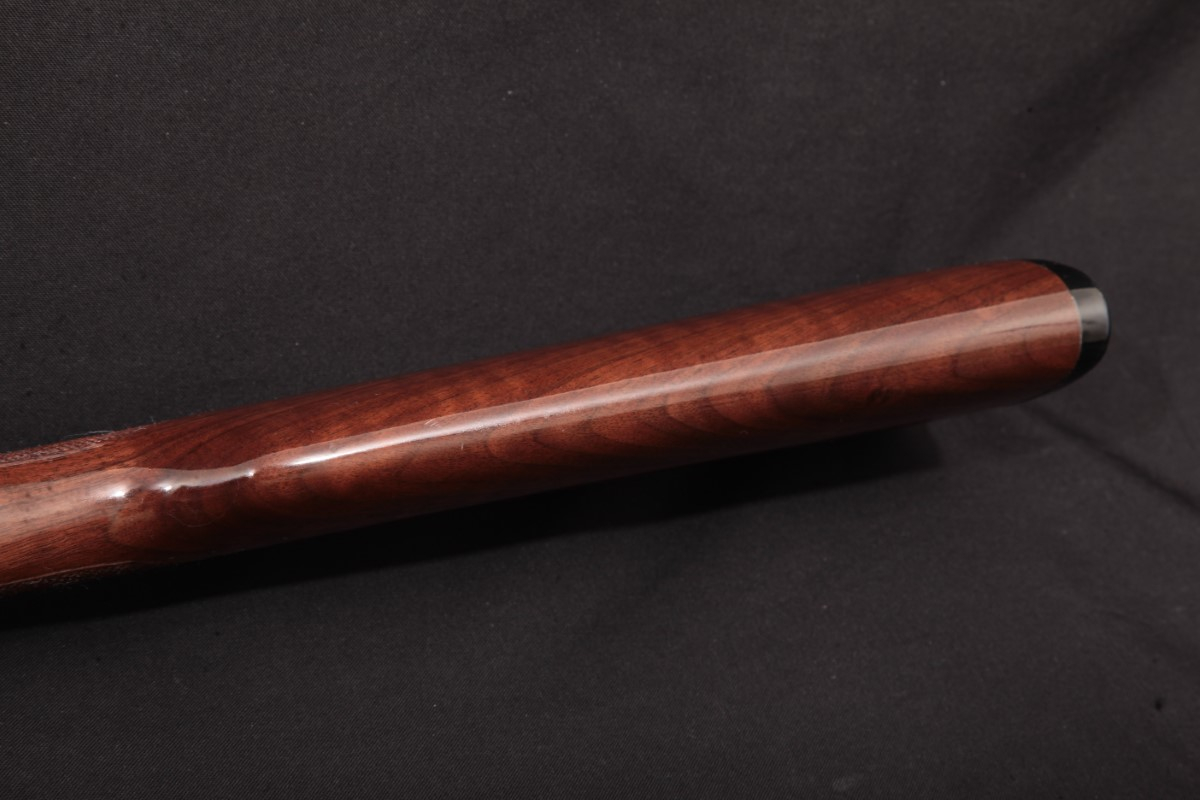
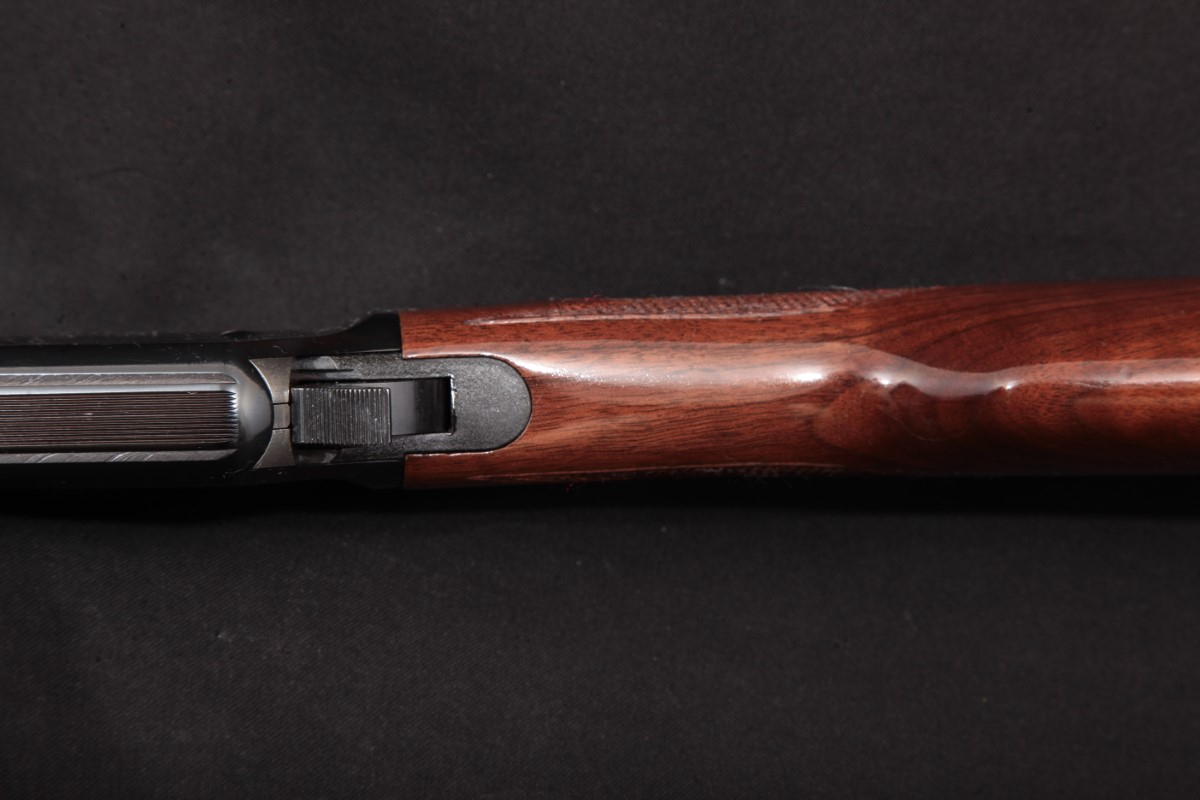
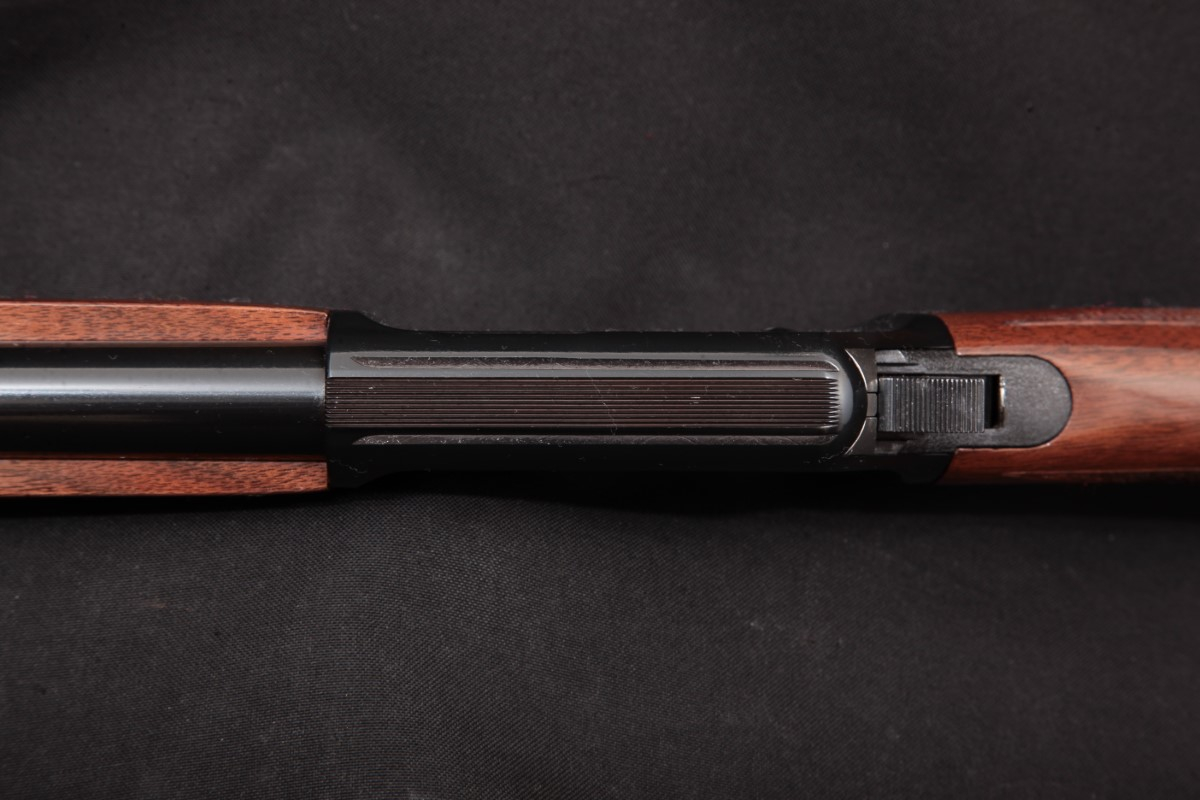
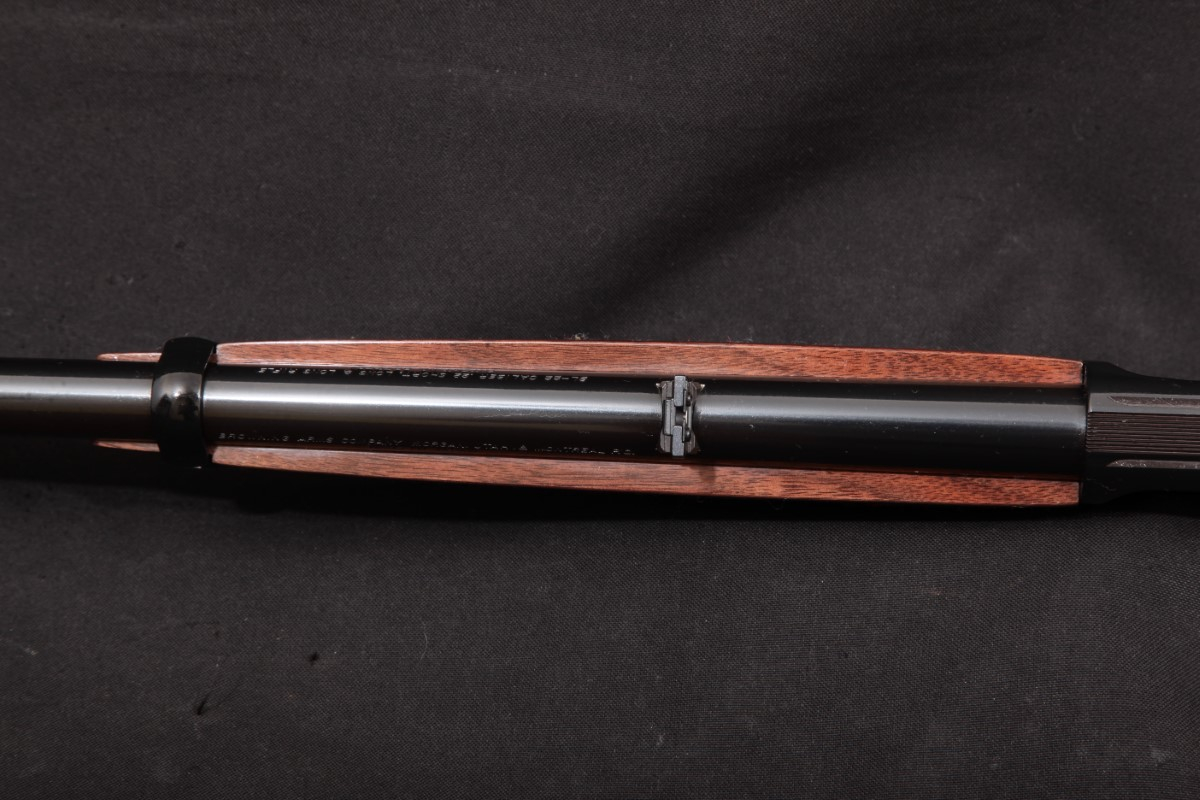
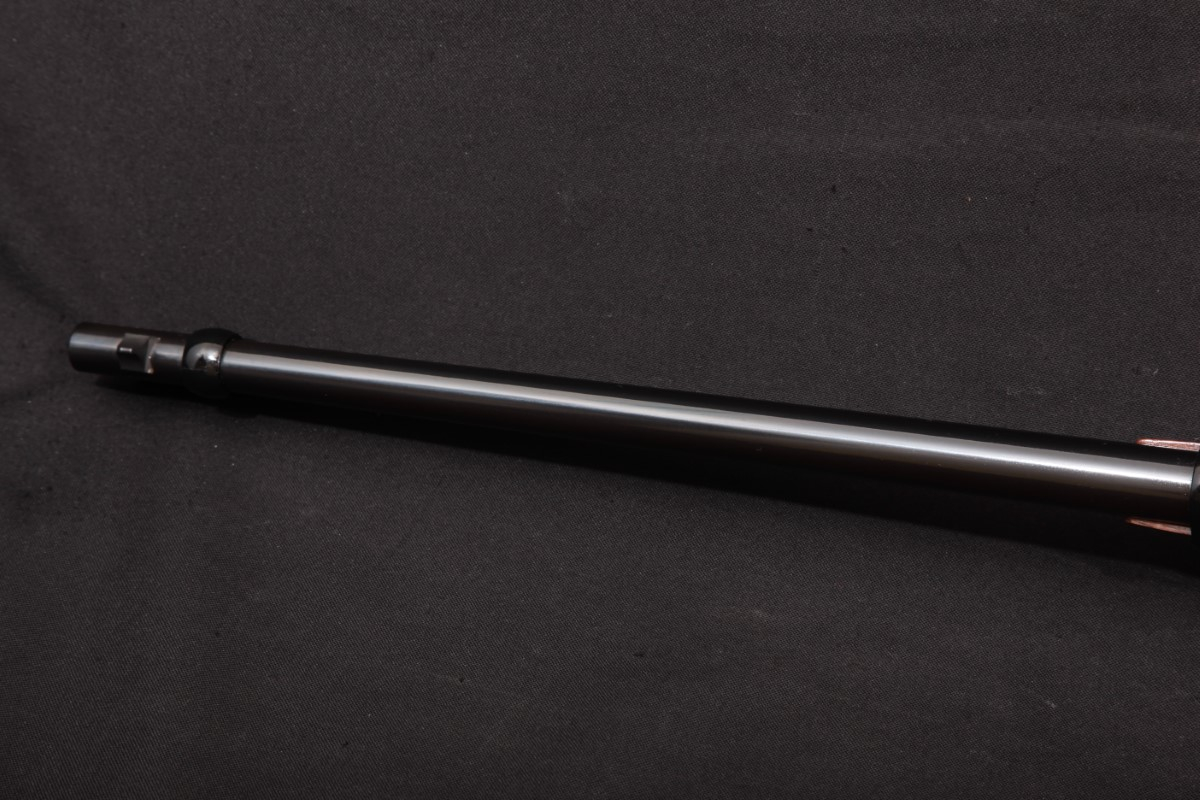
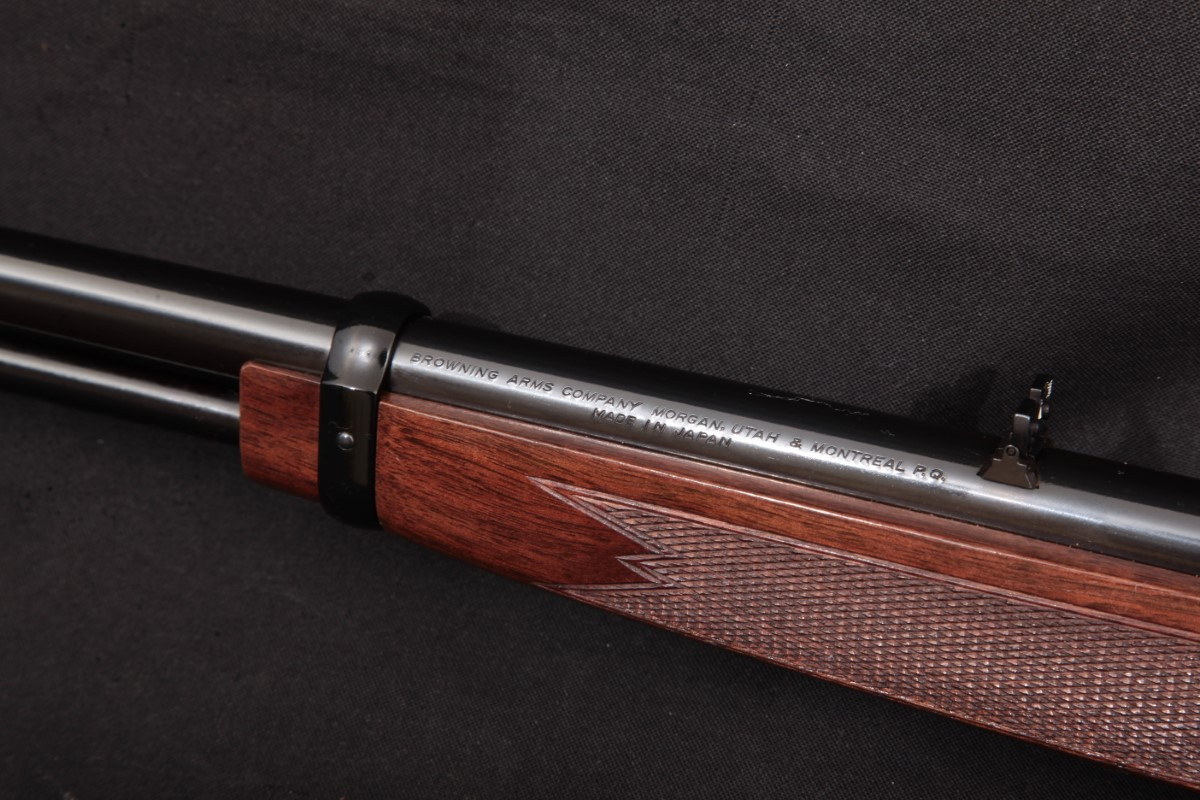
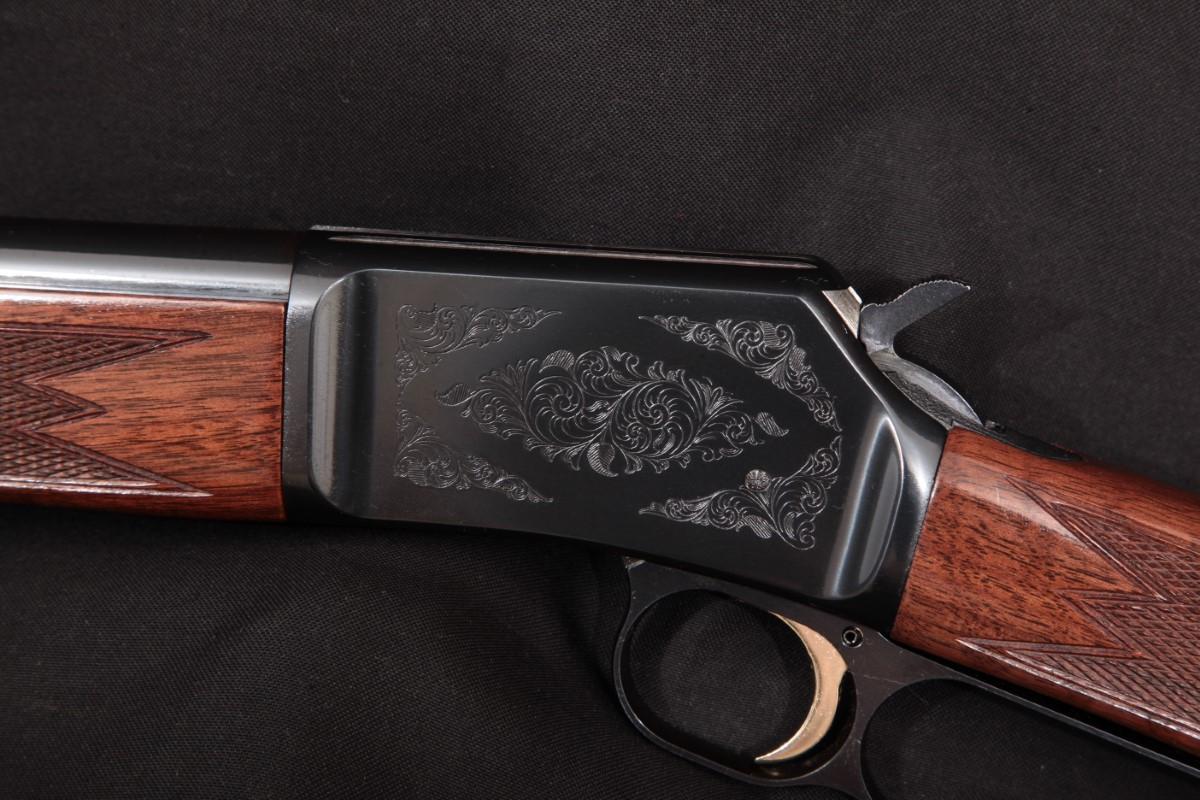
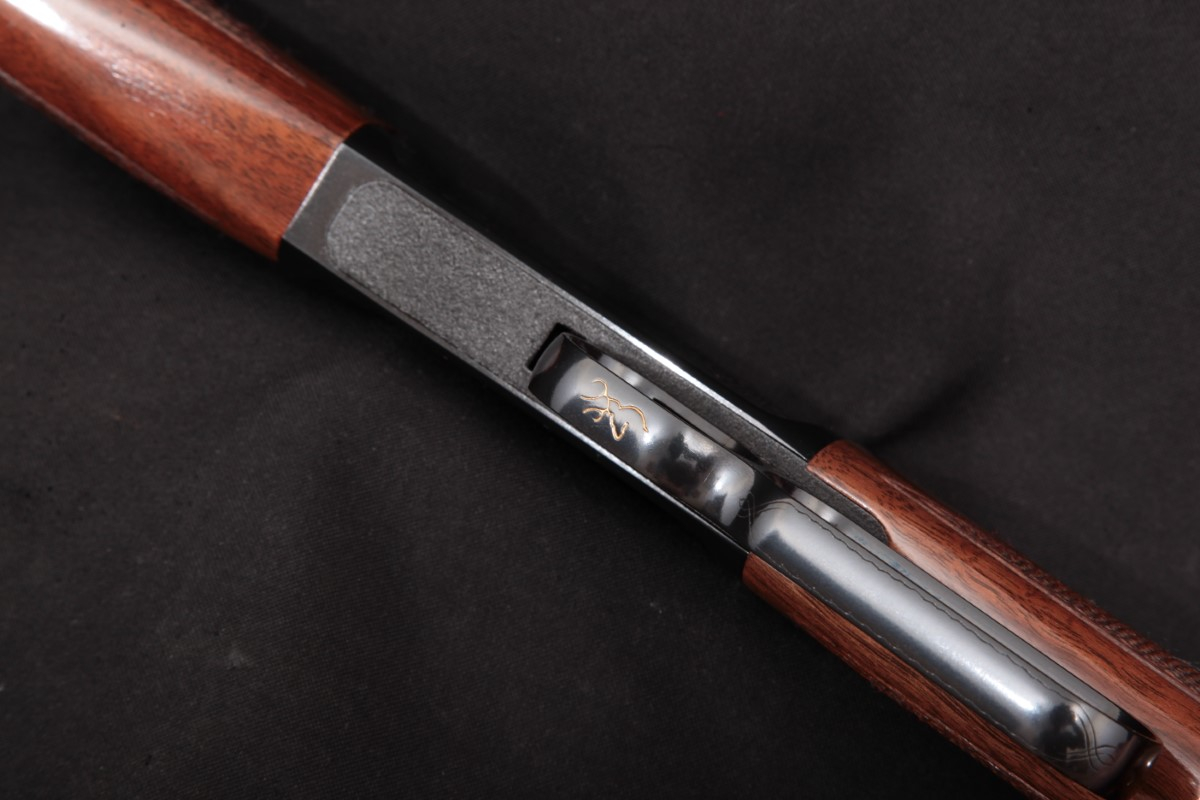
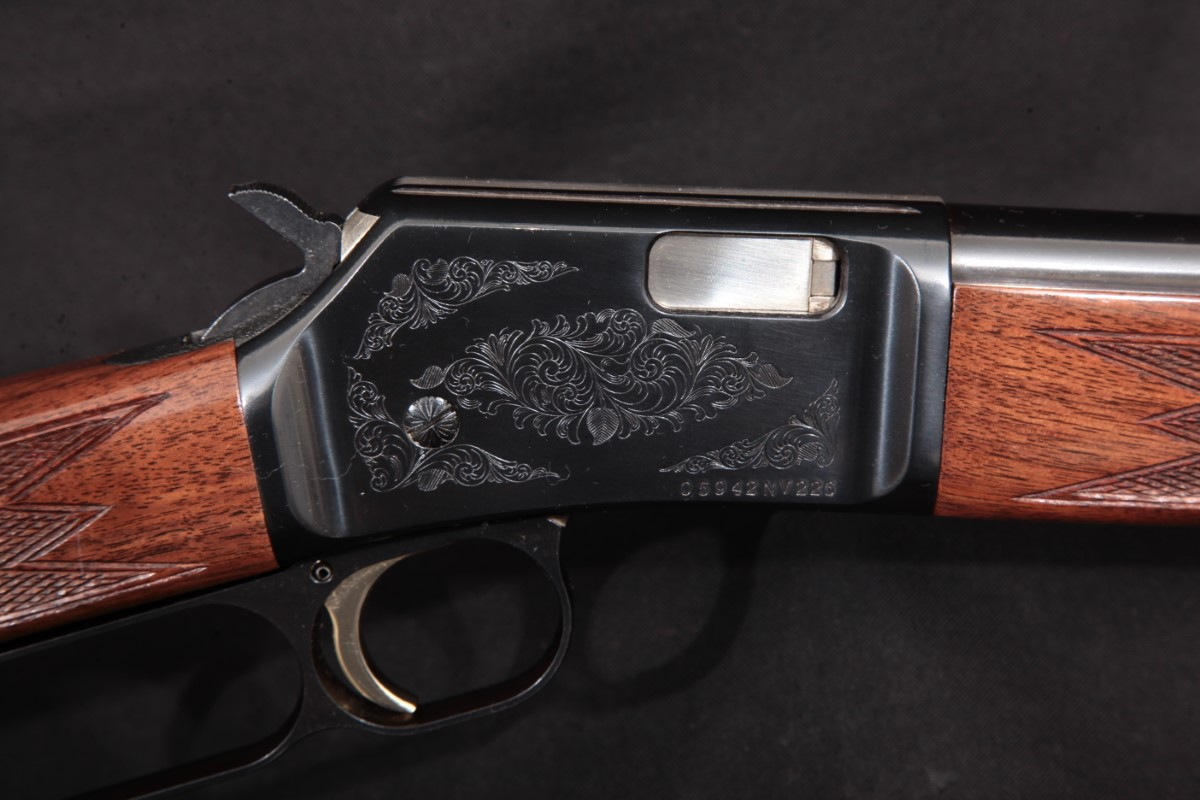
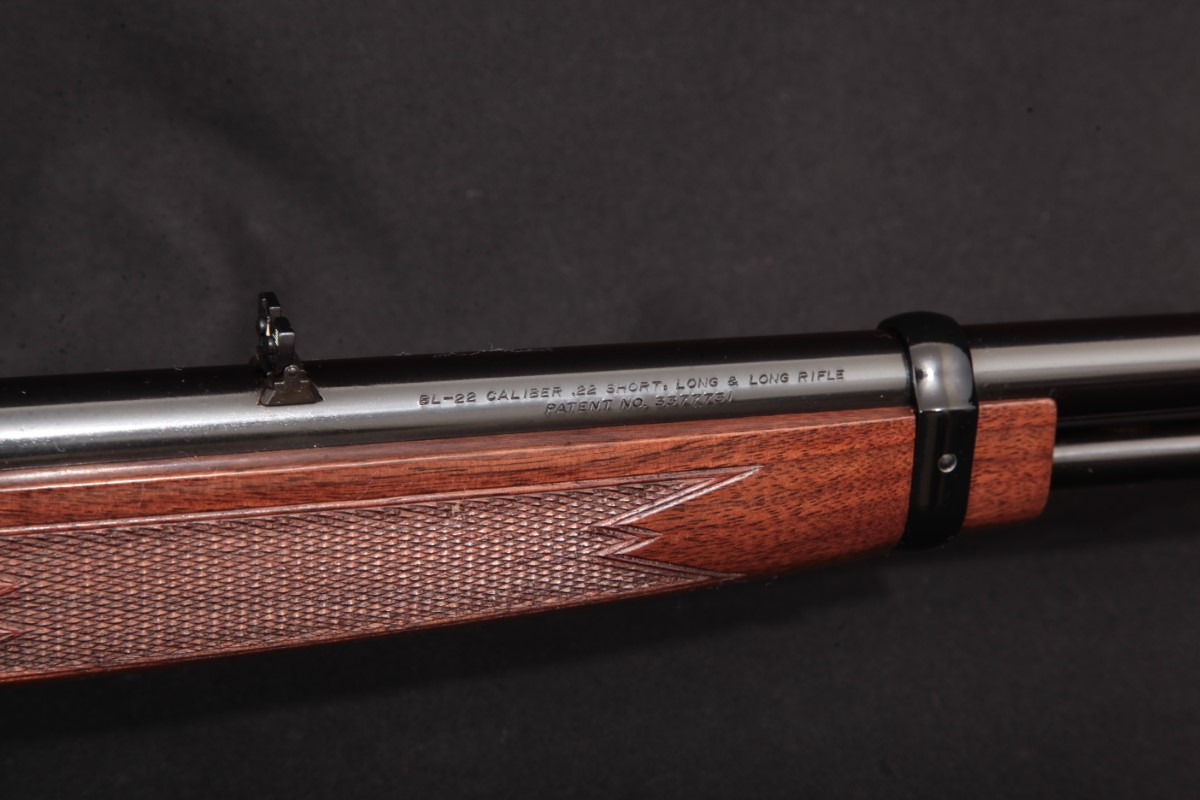
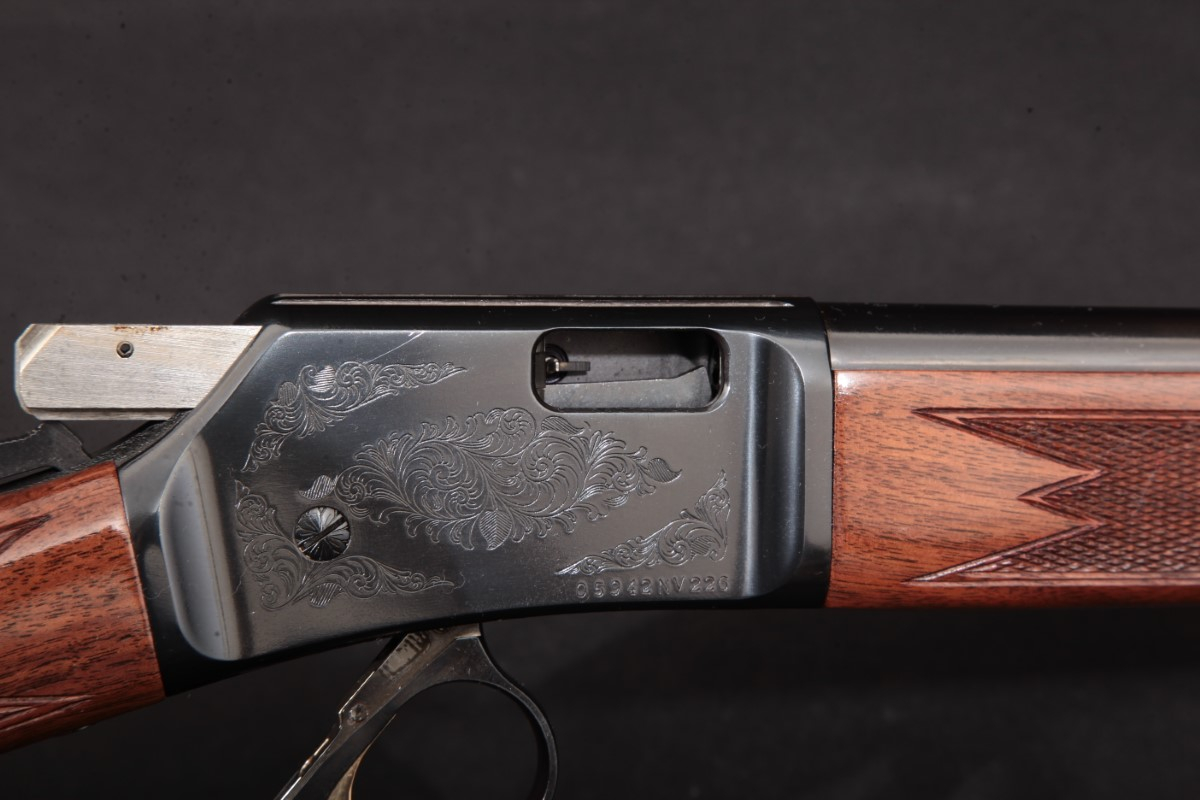
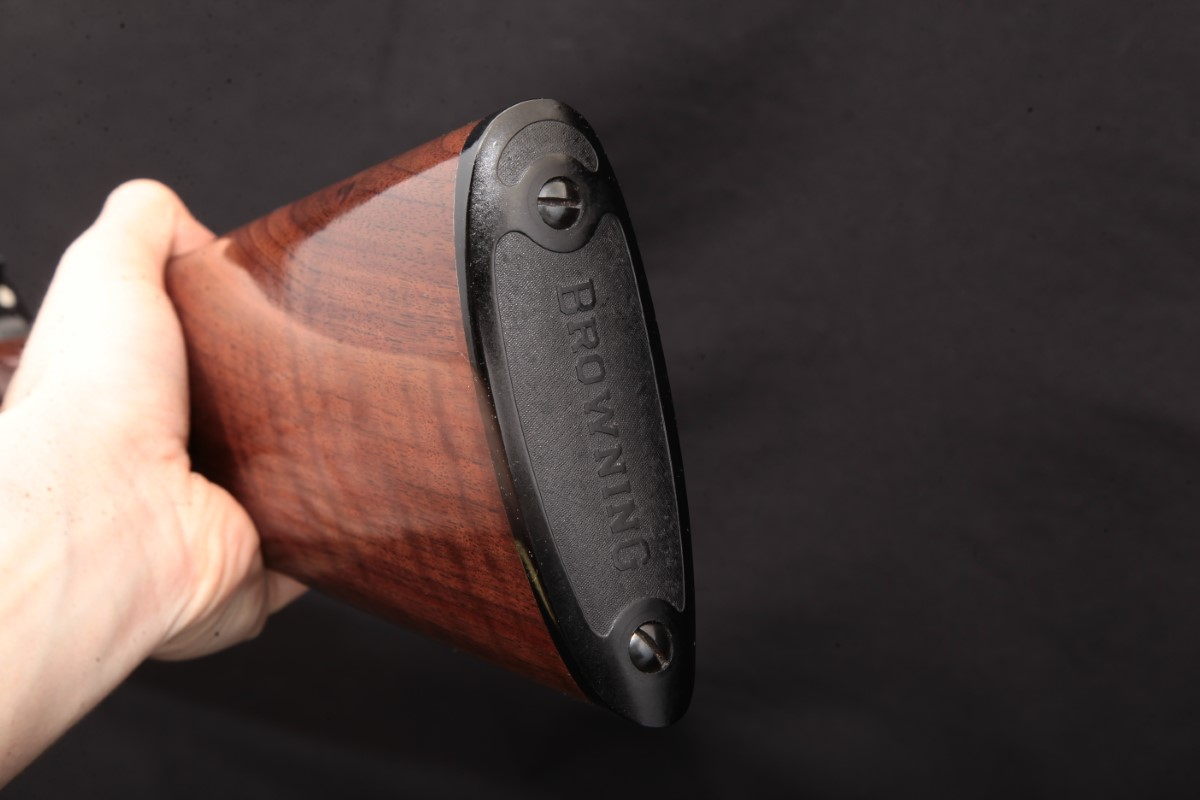
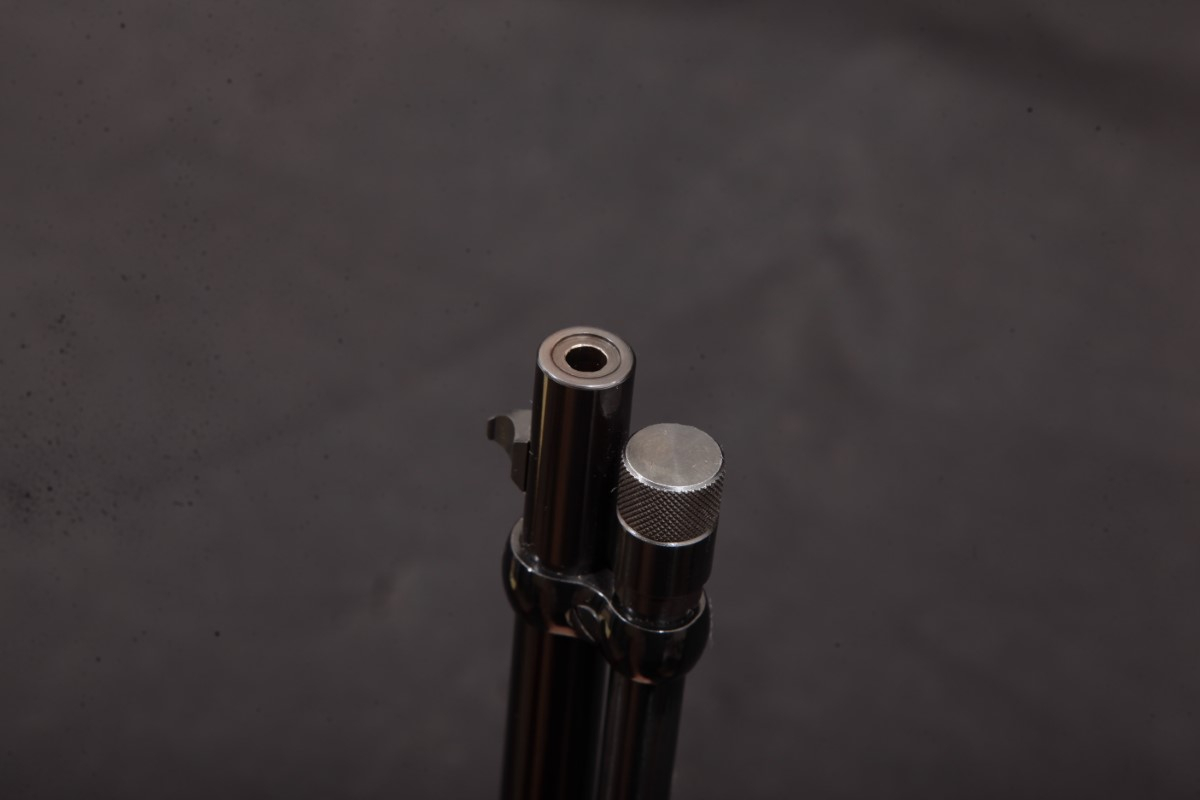
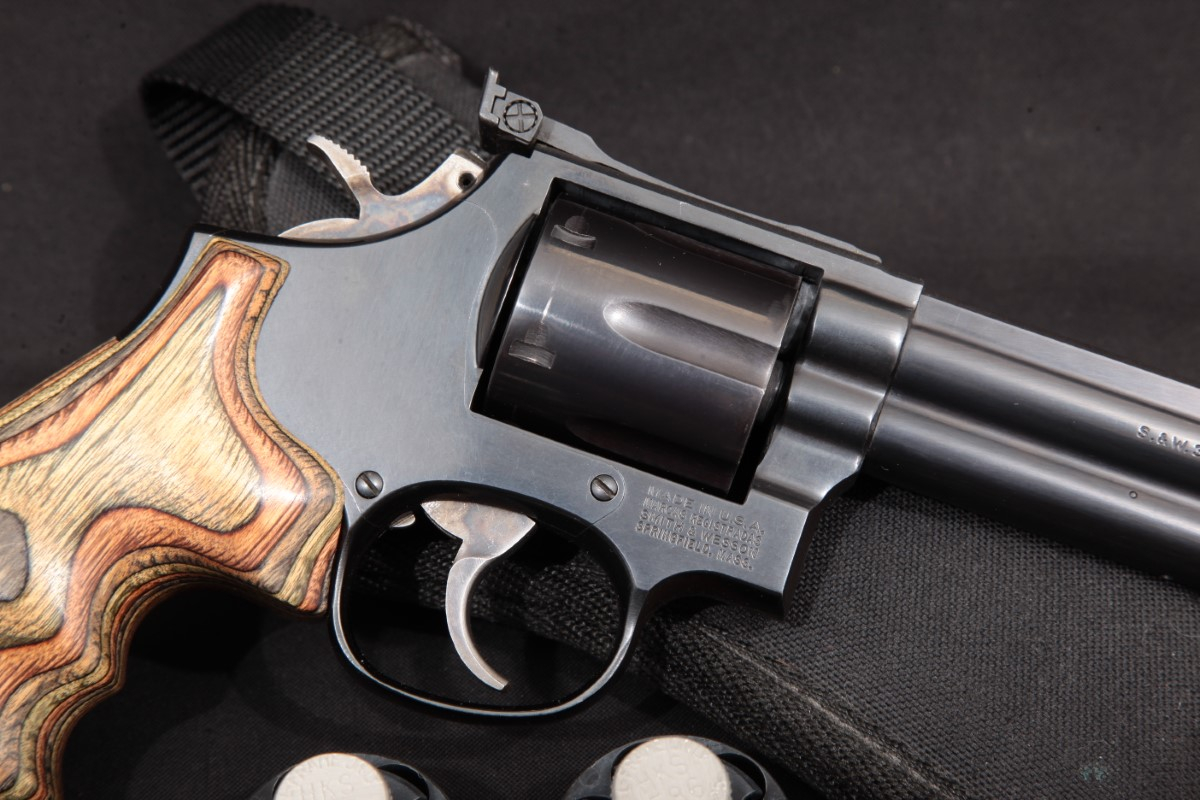
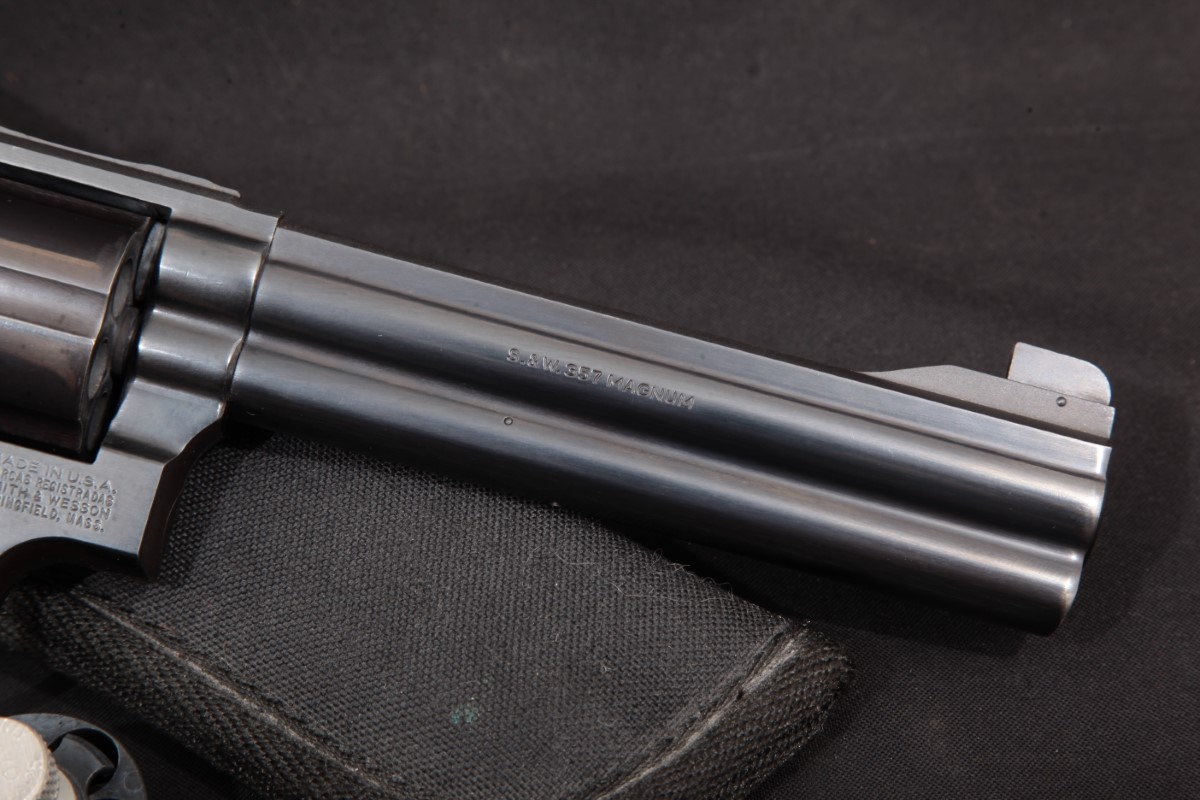
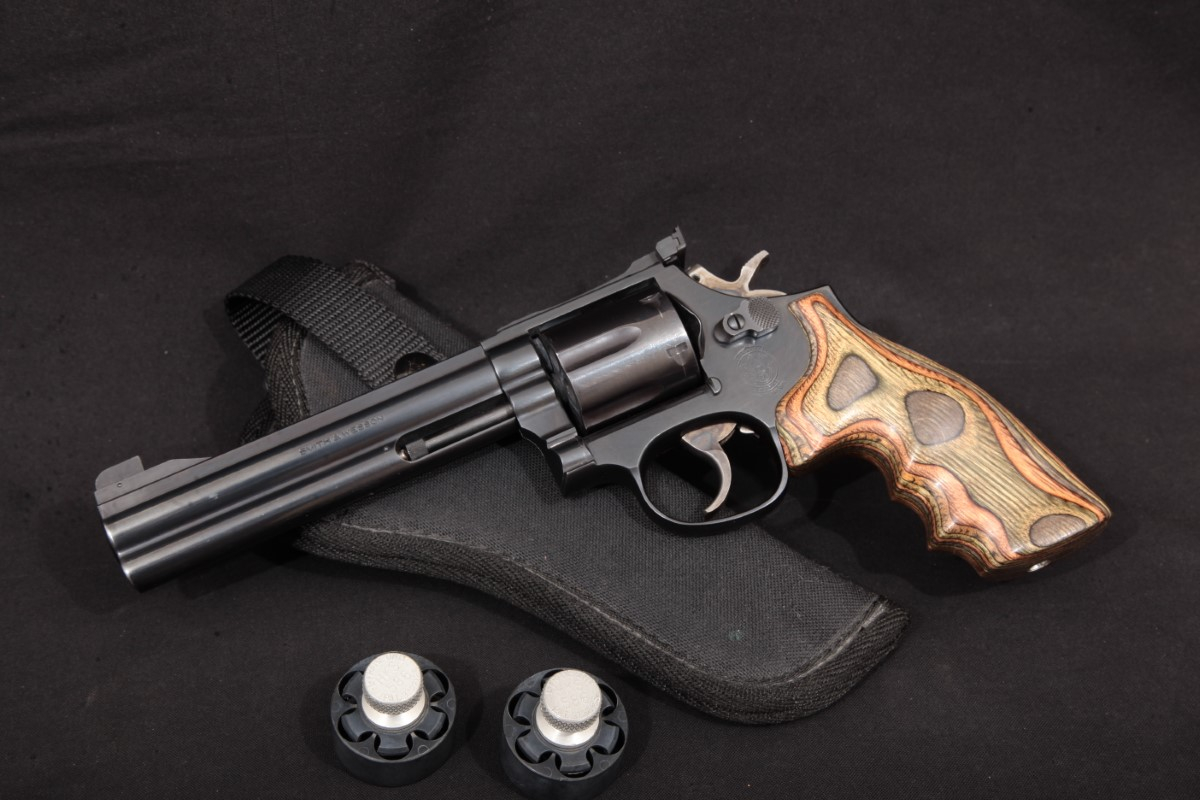
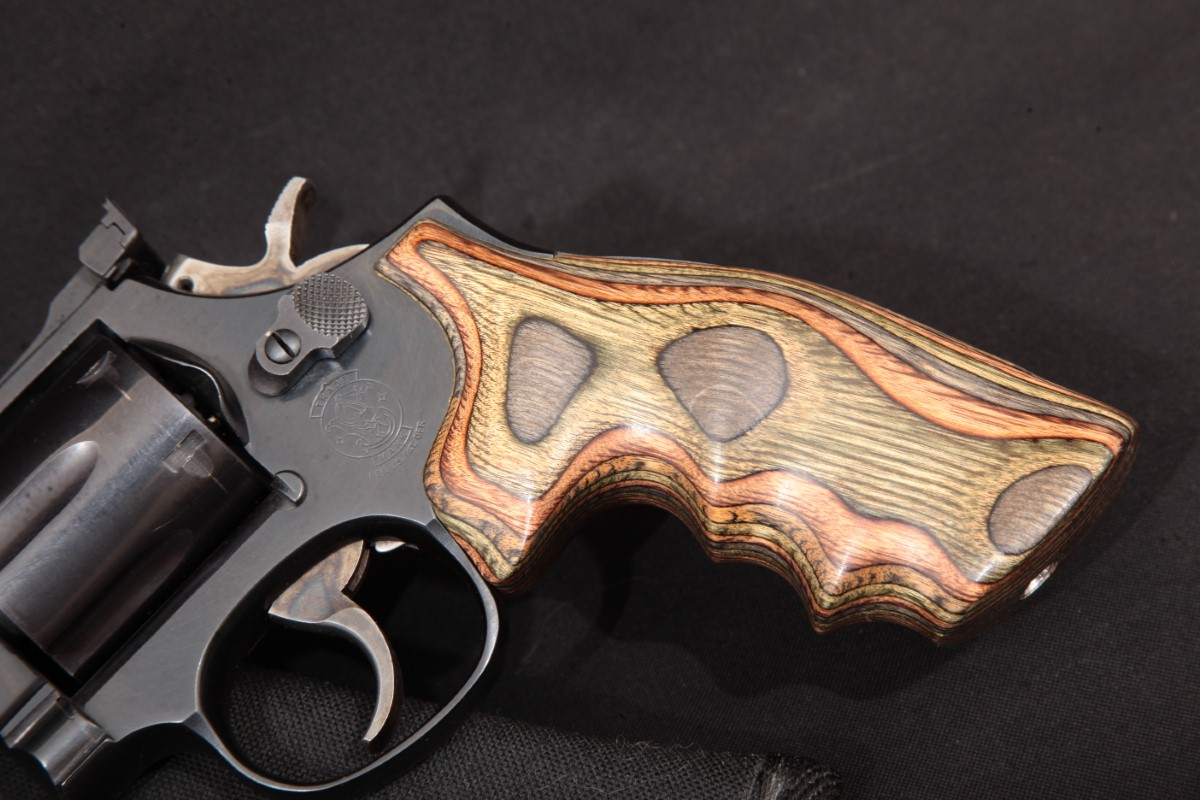
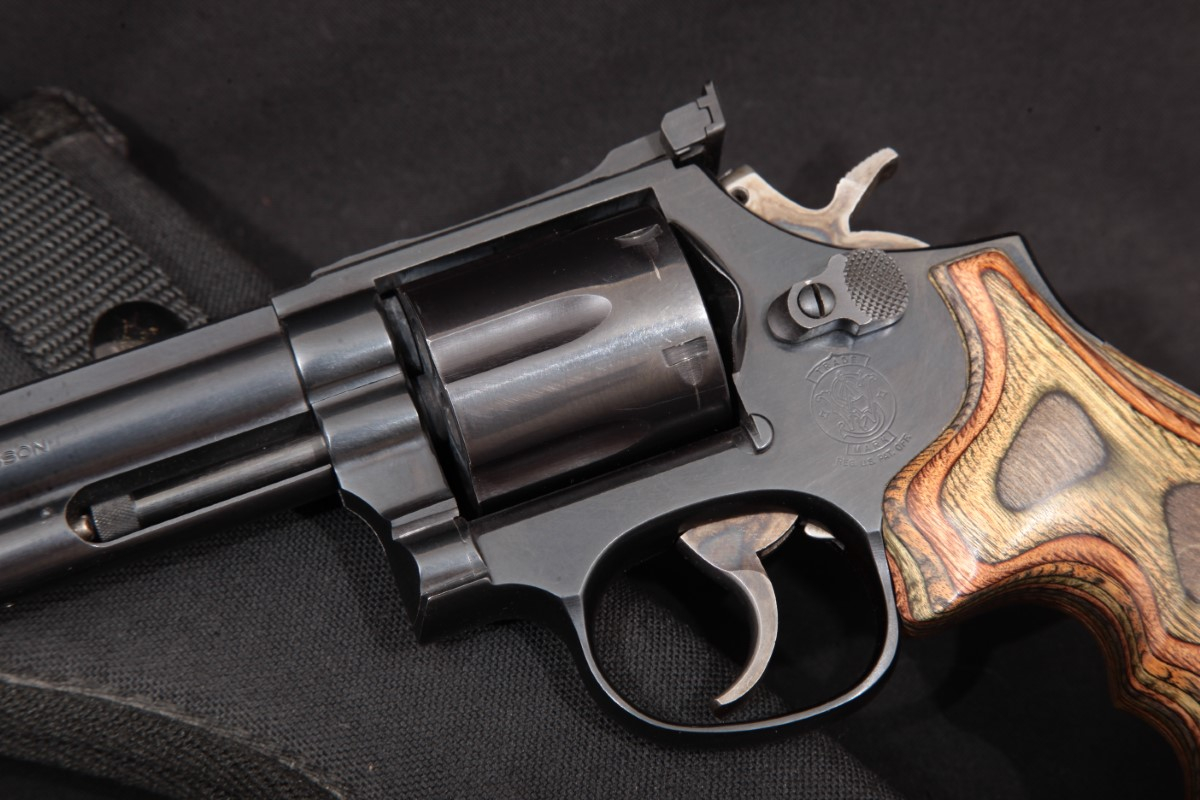
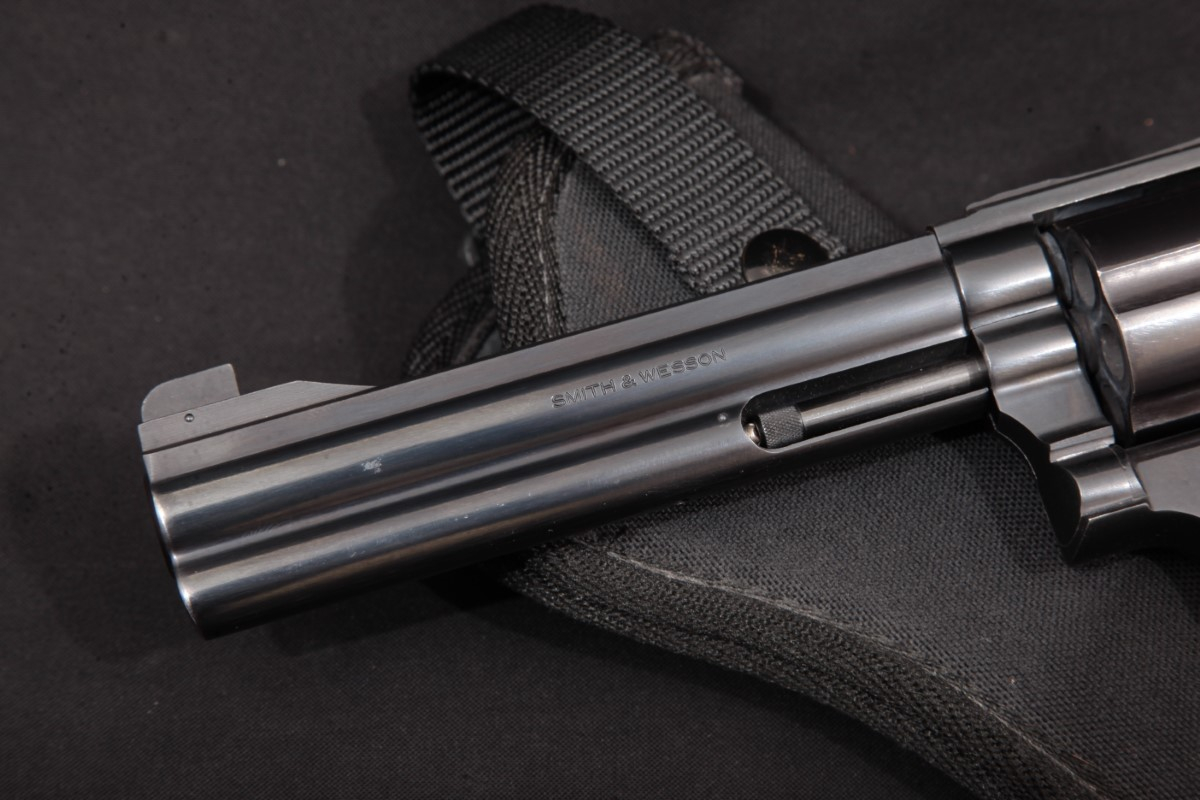
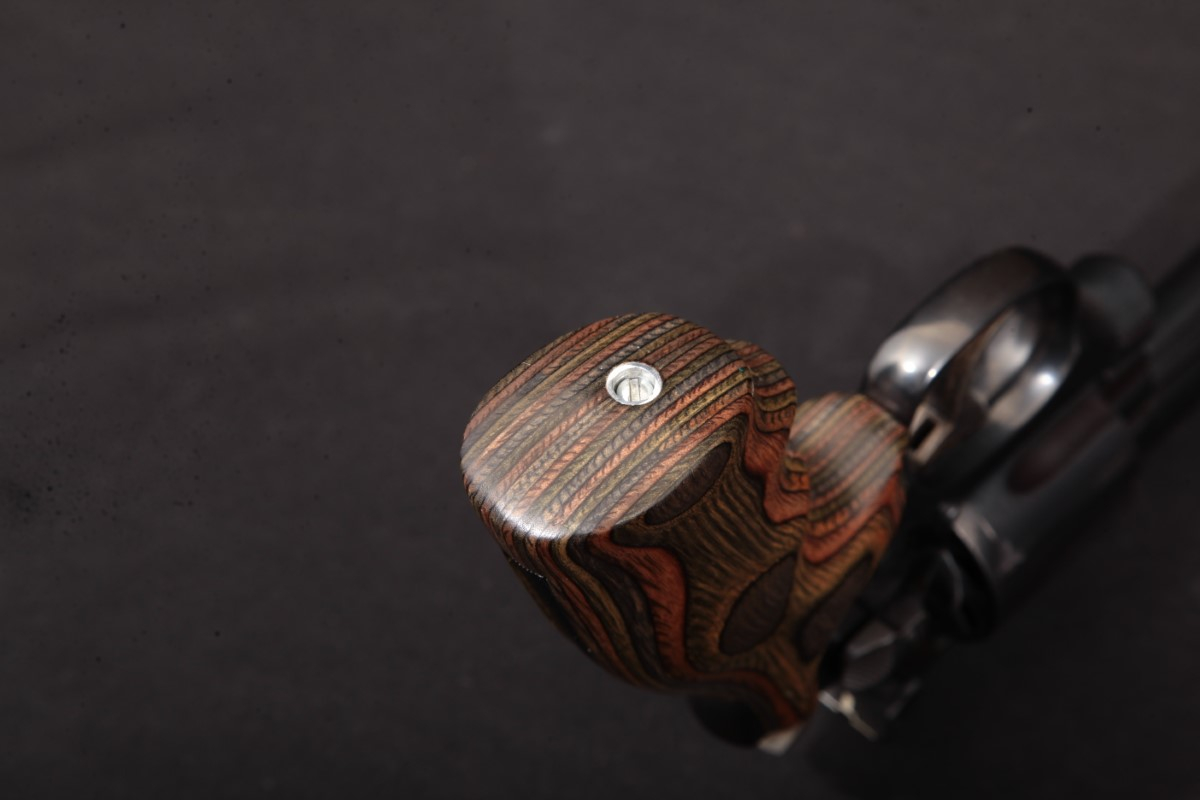
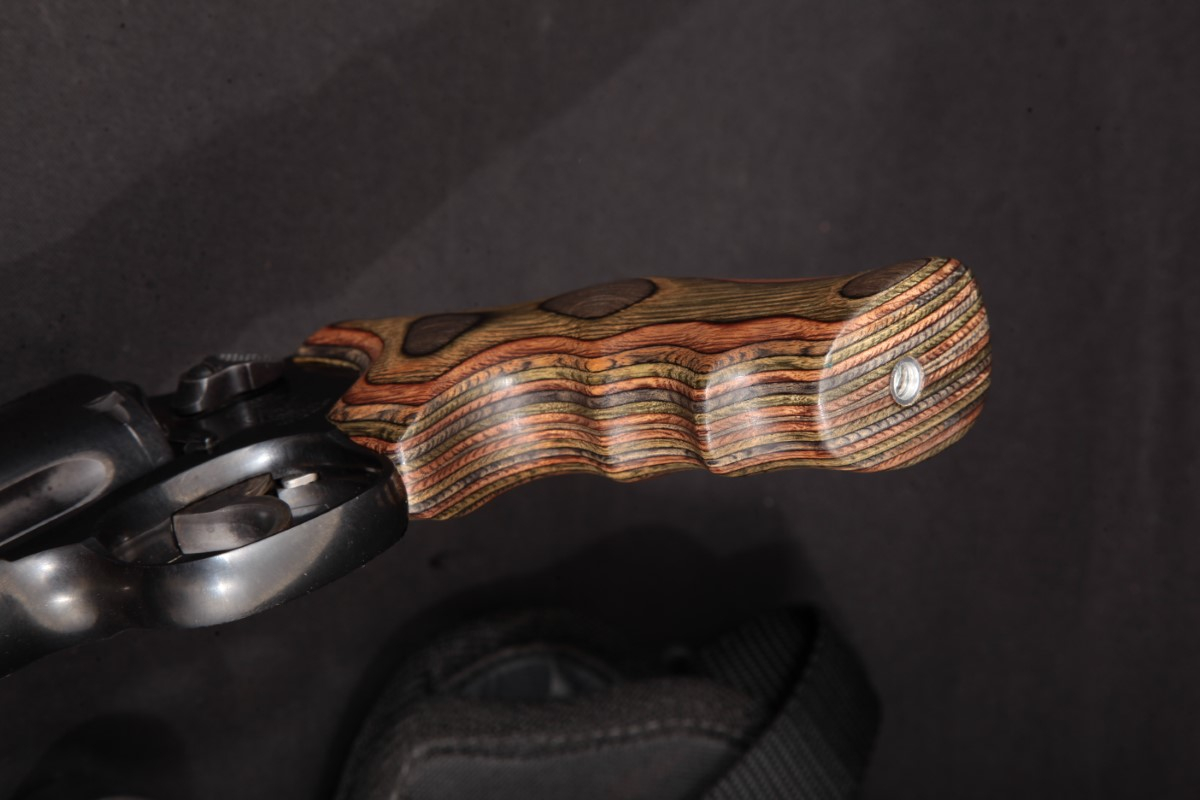
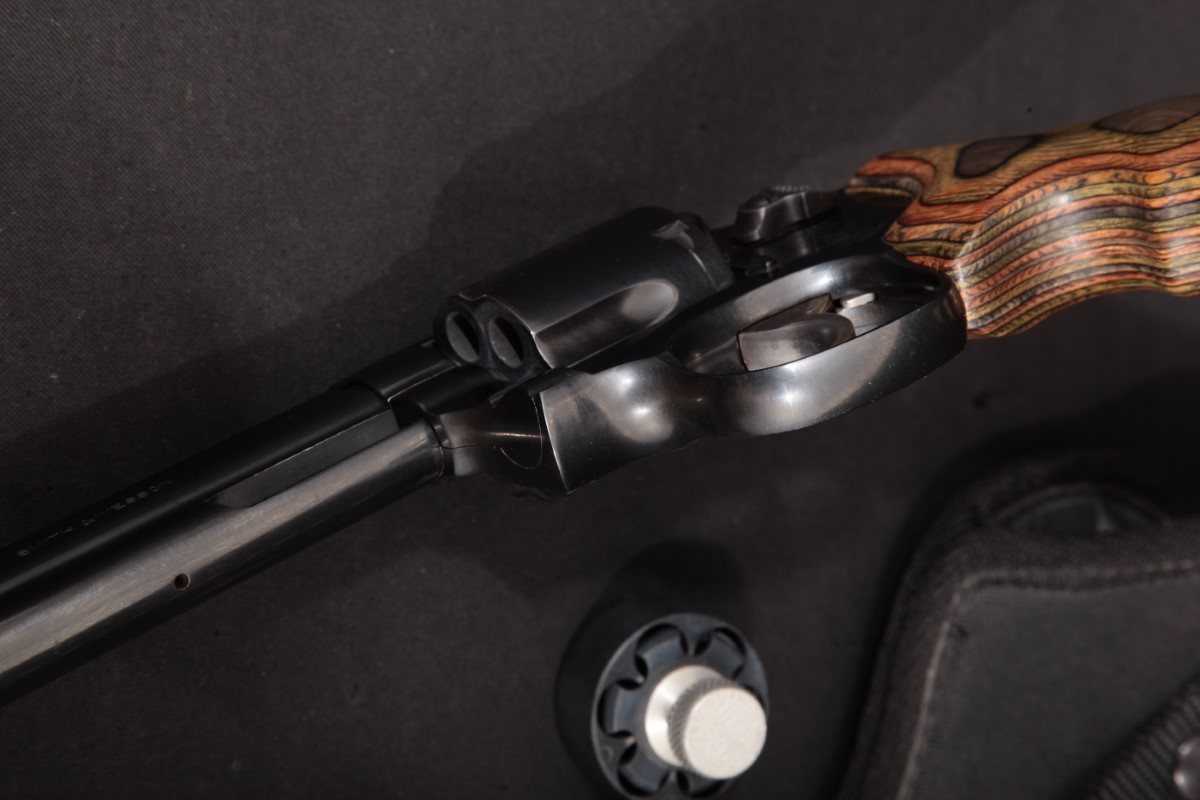
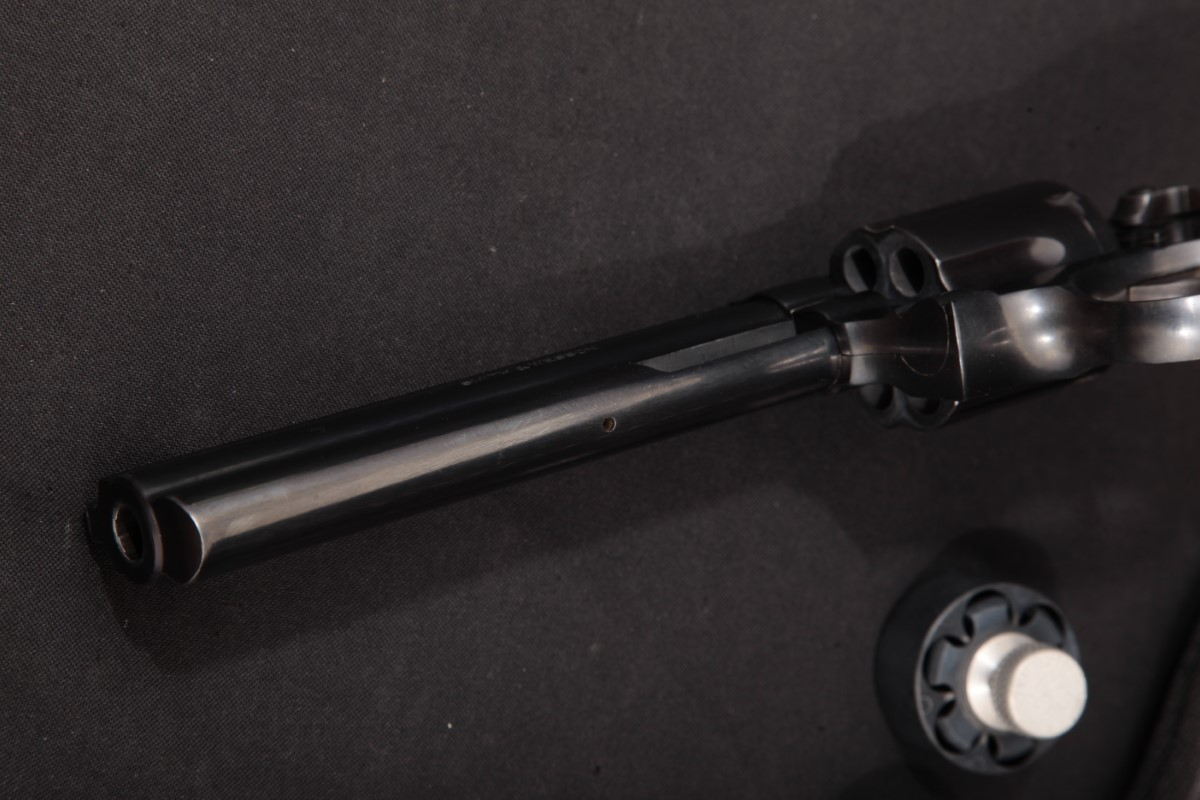
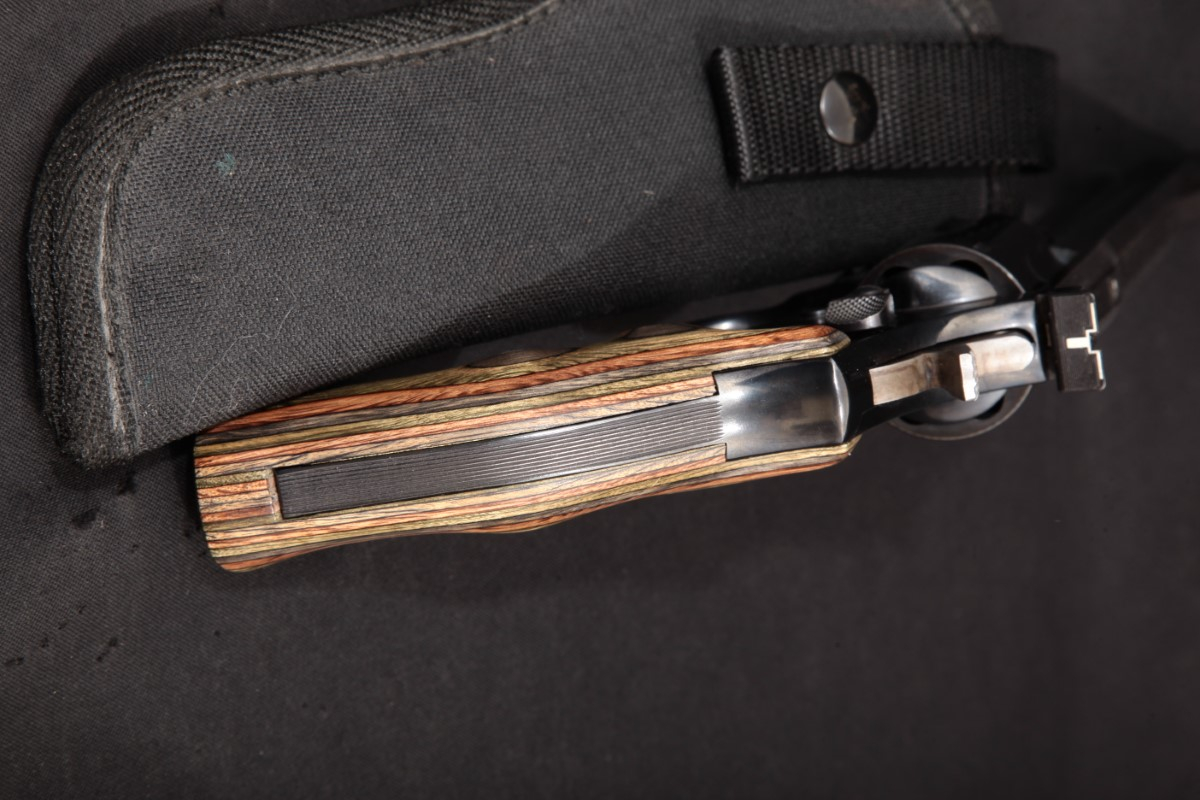
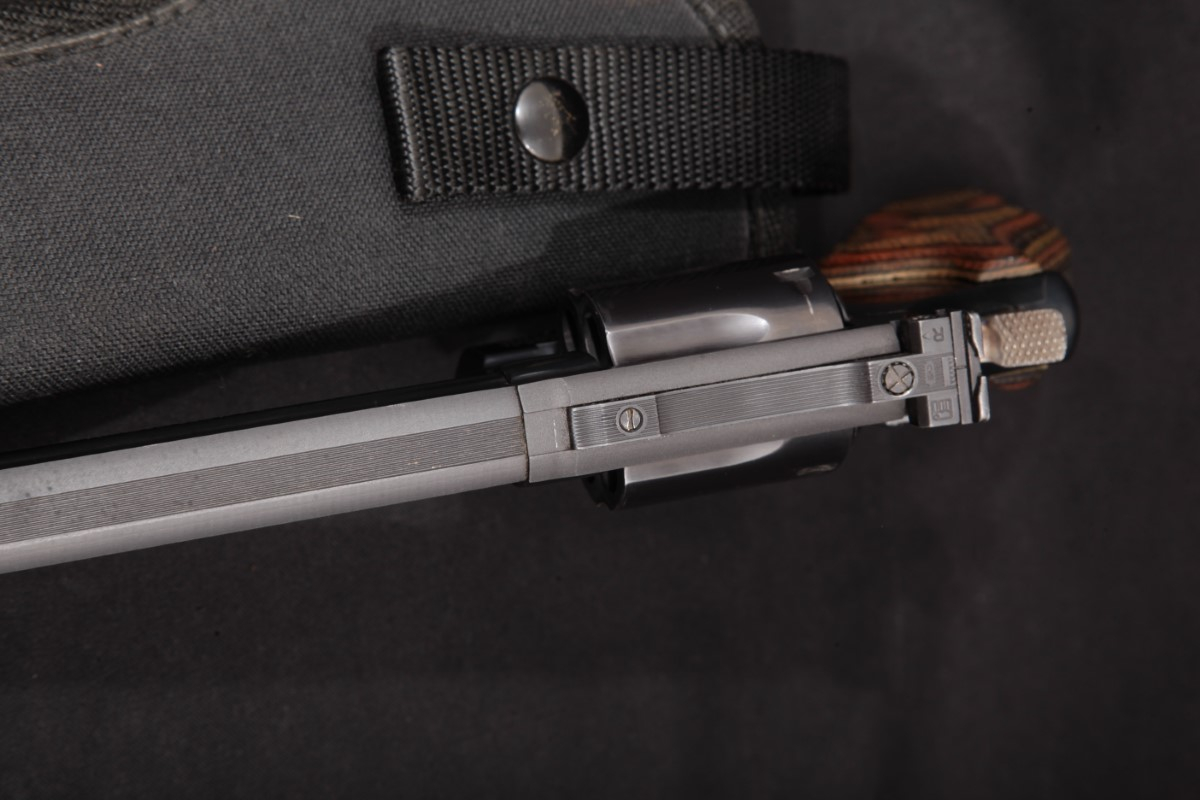
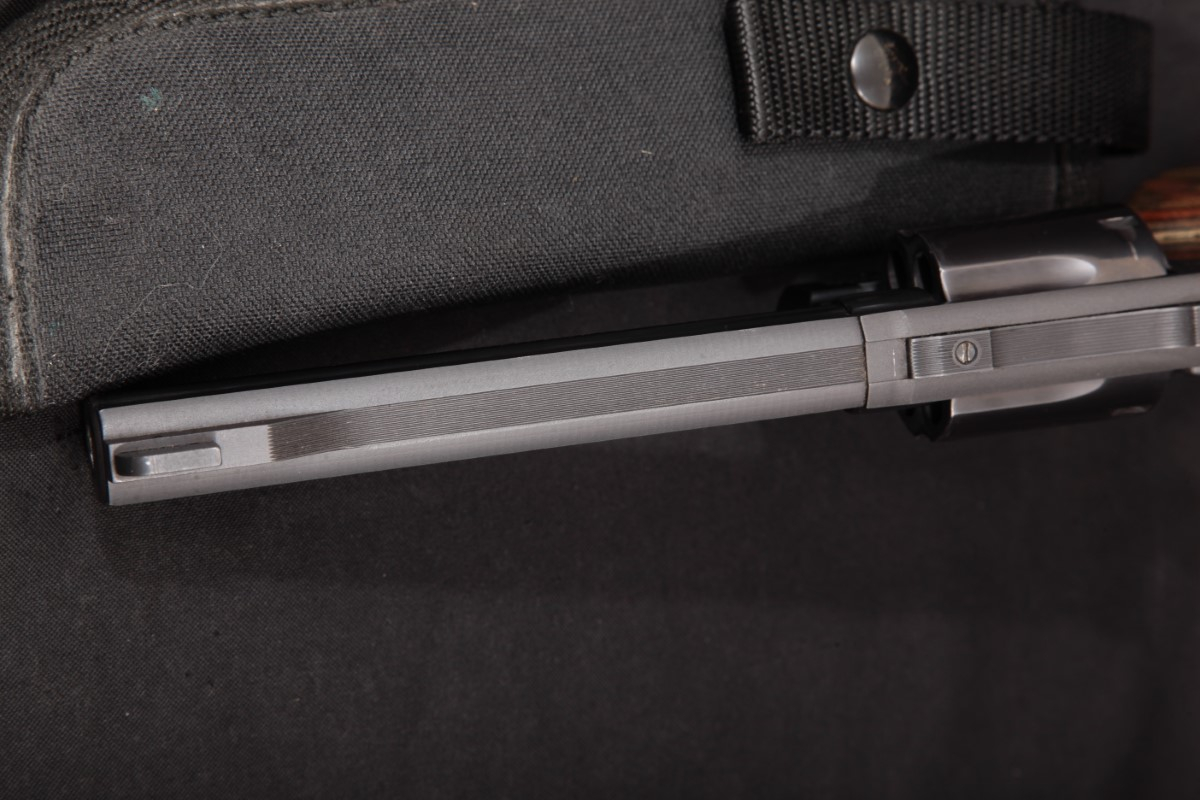
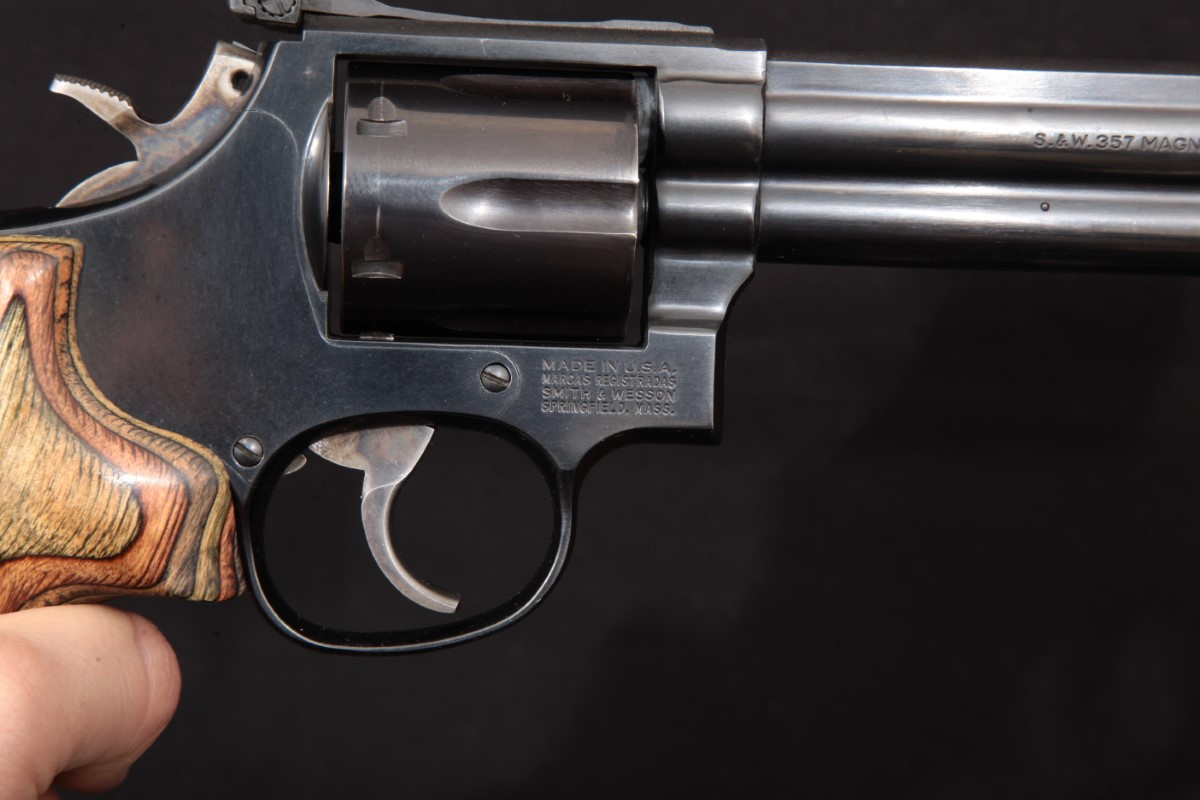
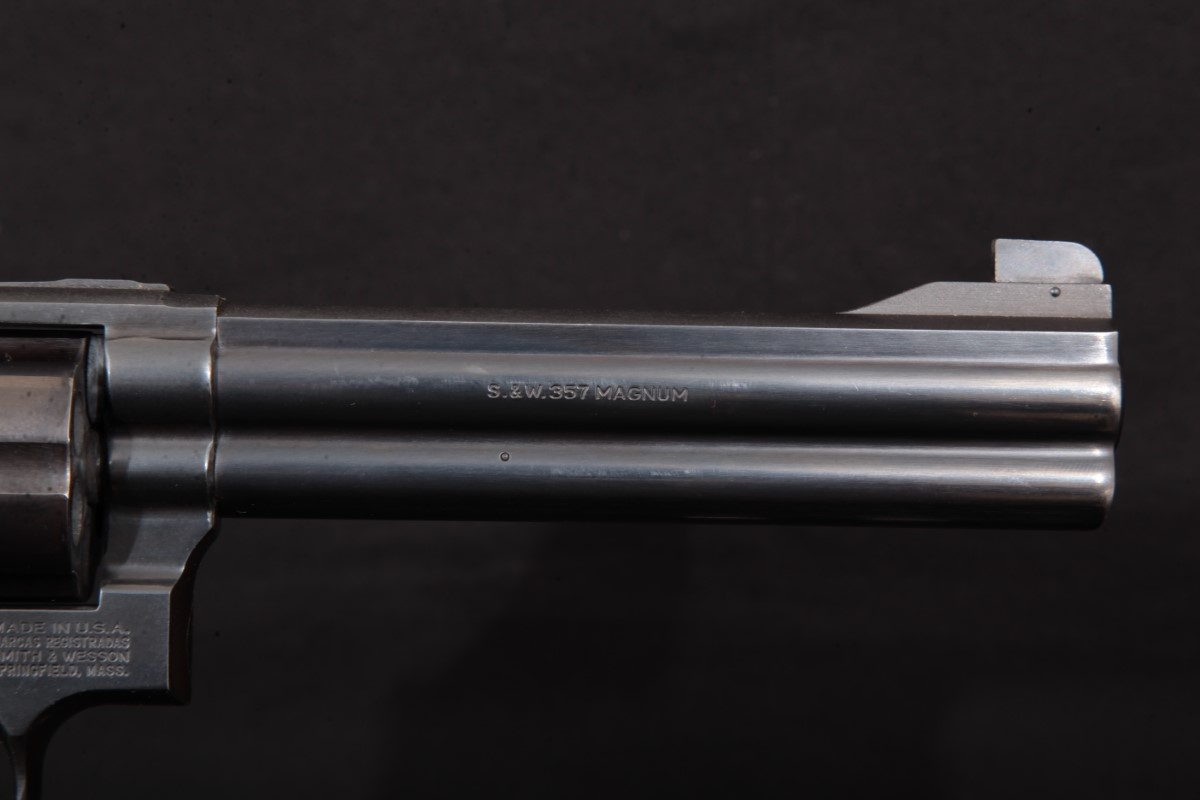
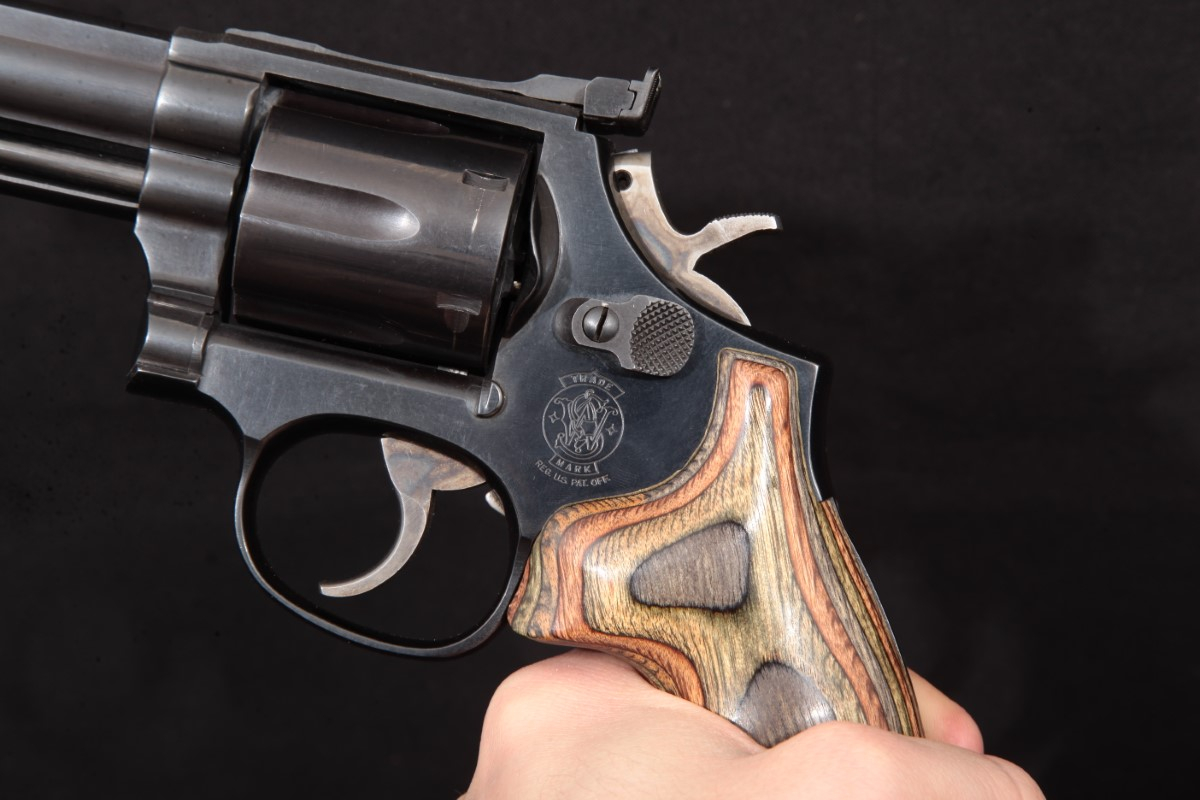
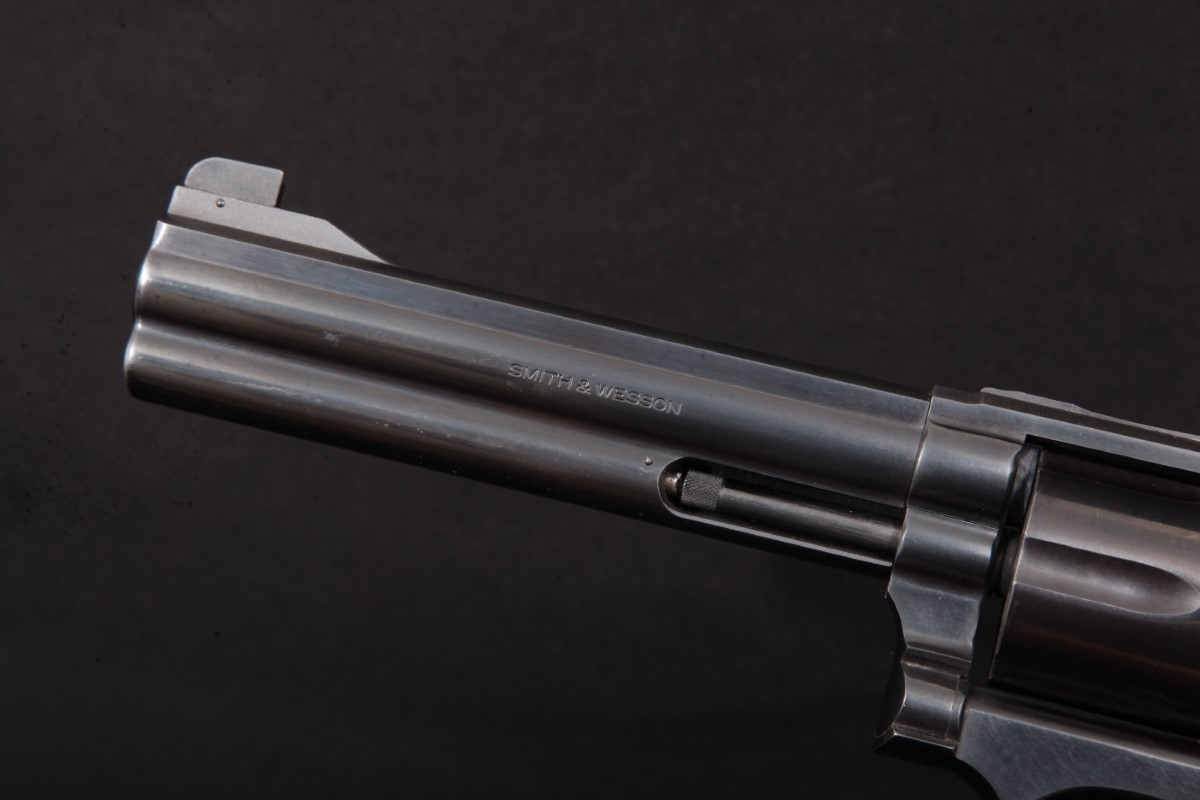
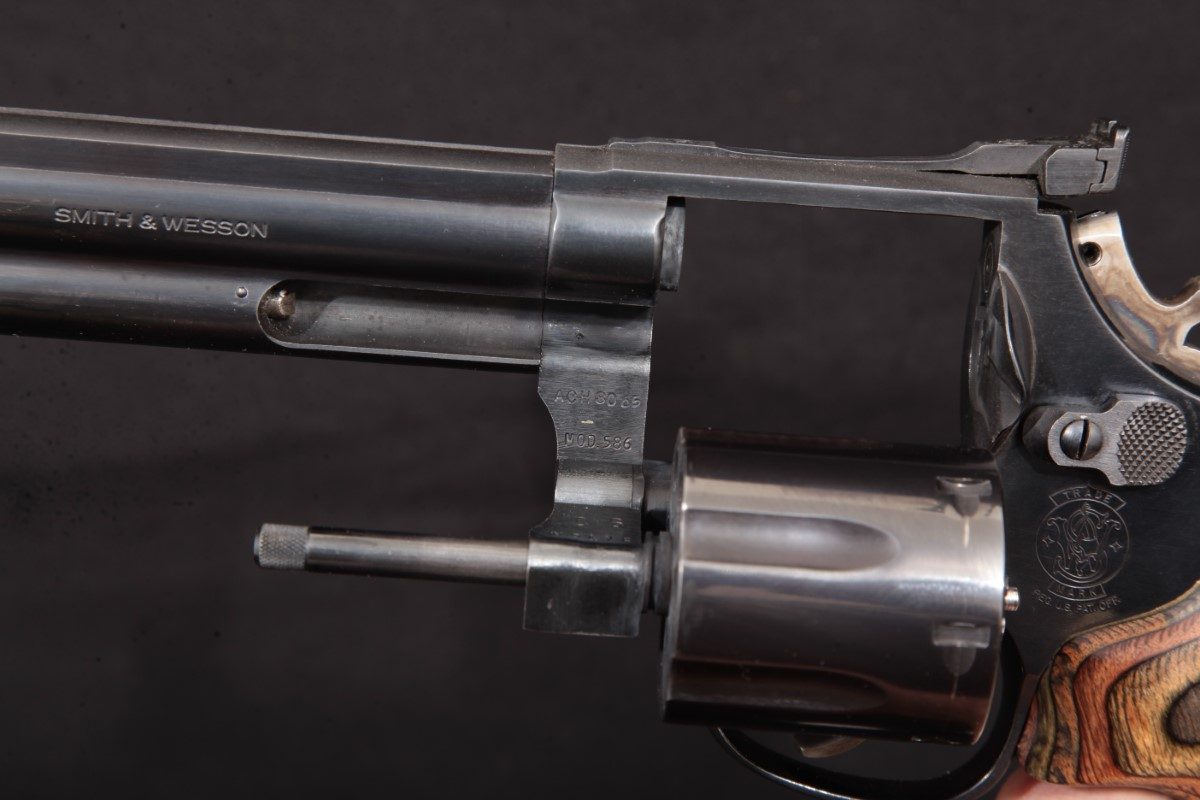
Frankly Will a little TLC . This rifle is just as good as a lot of other commercial Bolt Actions out there. But at a much better price!
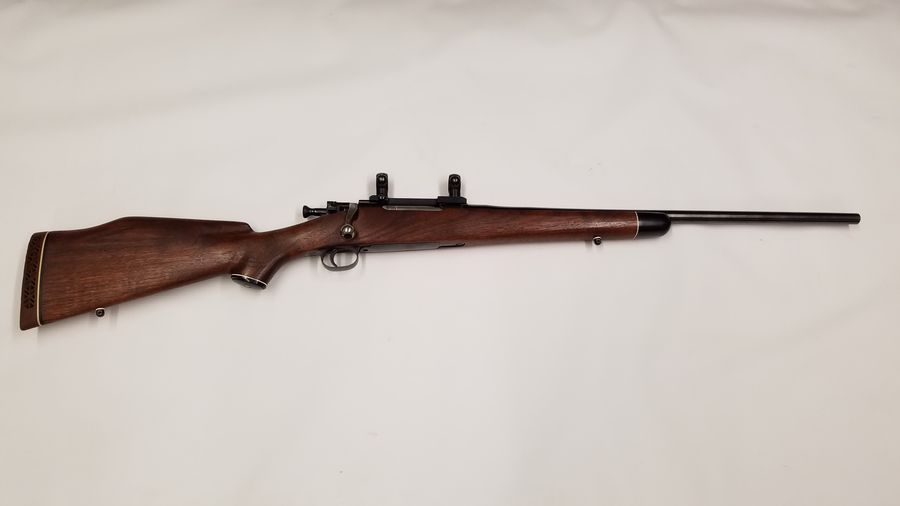
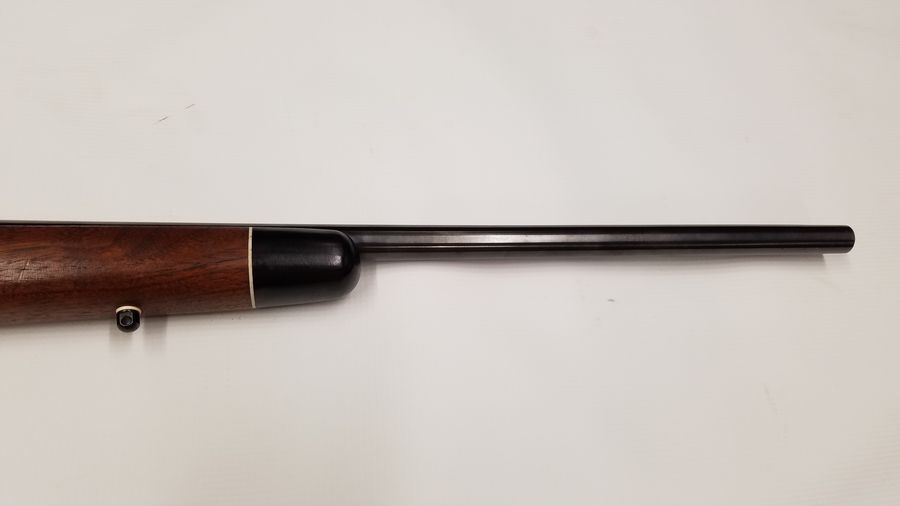
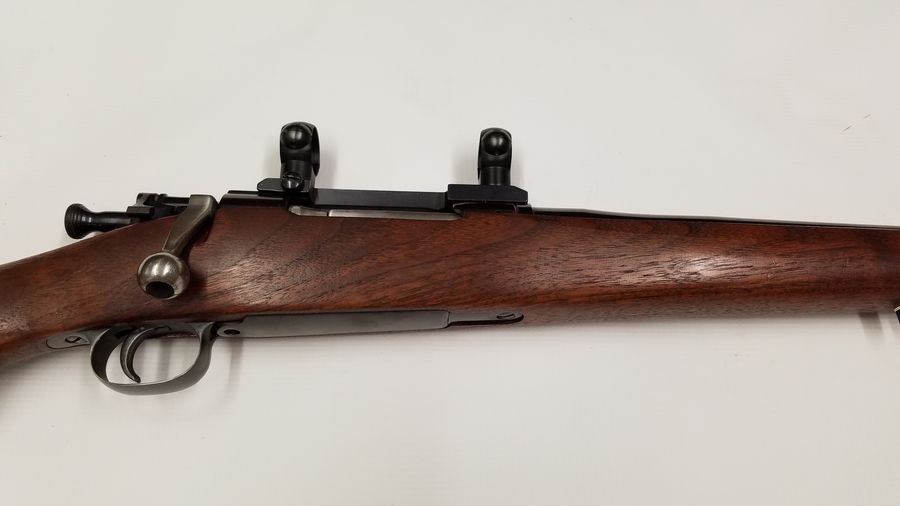
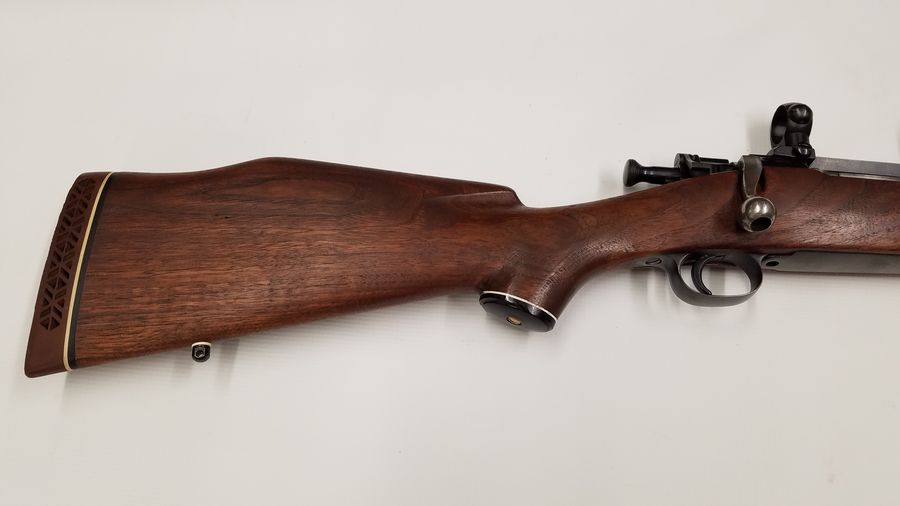
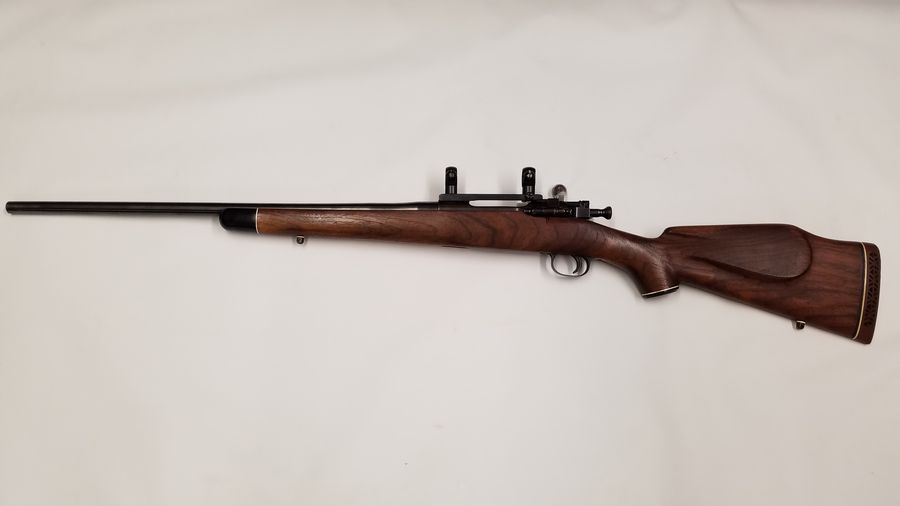
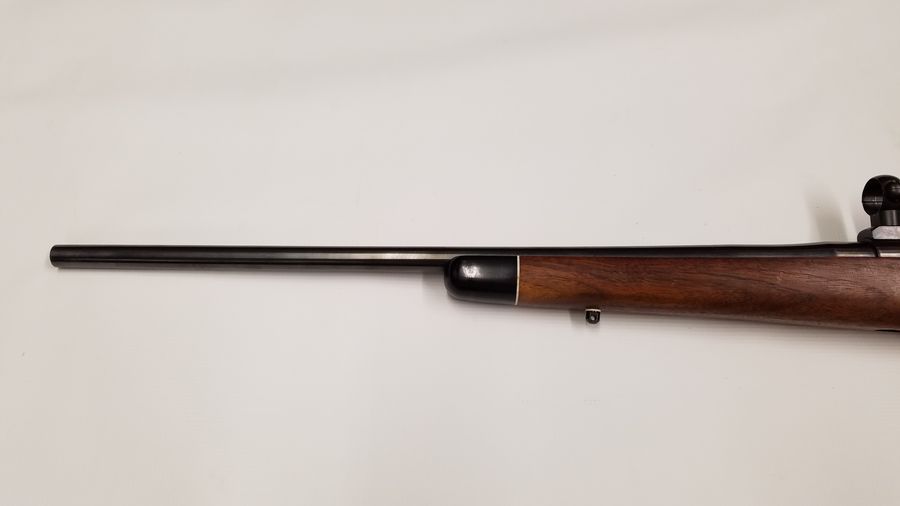
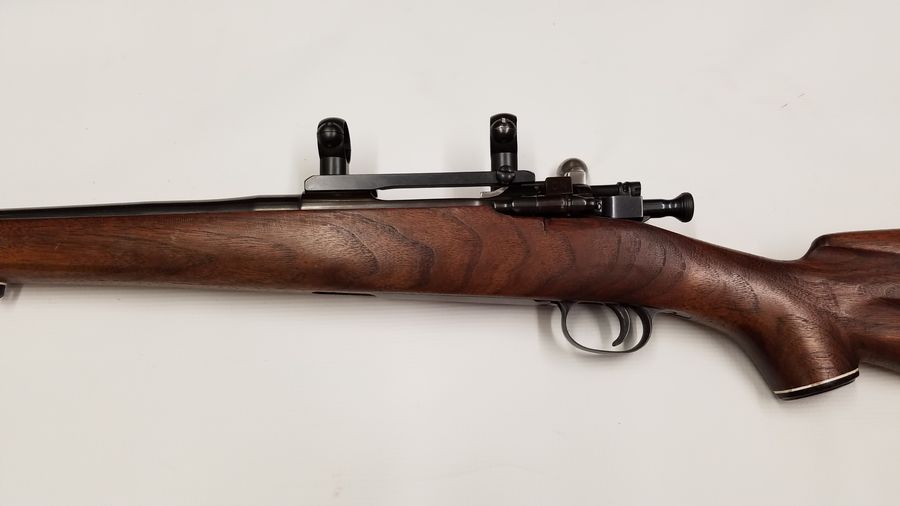
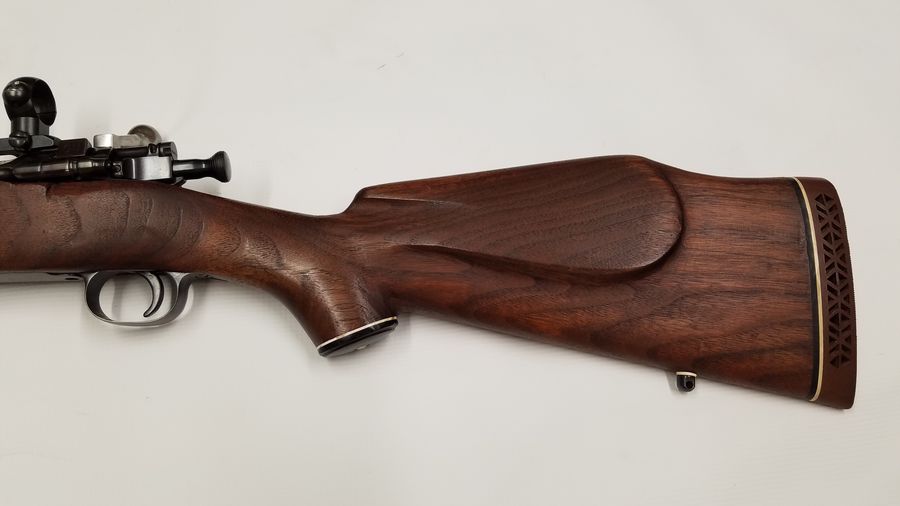
Sounds familiar!
I myself am just too old to fire off a round or two. But it is a mighty nice looking piece! Grumpy
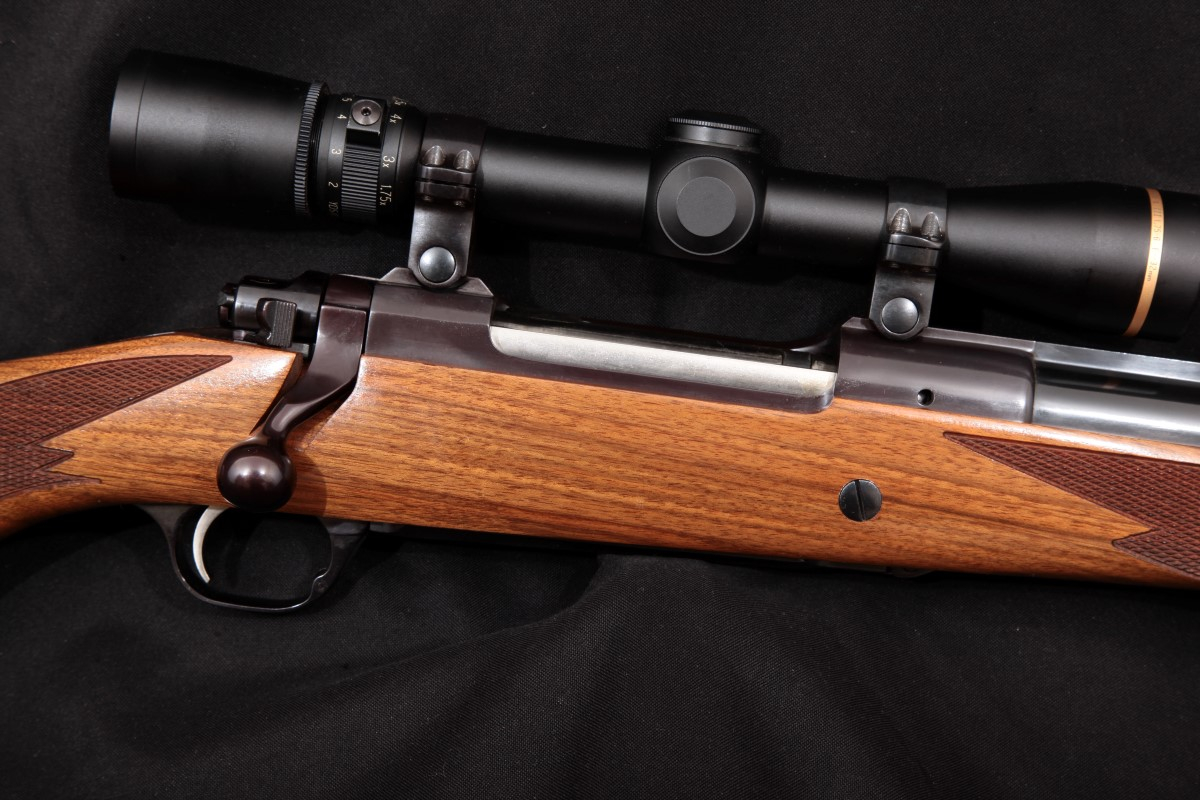
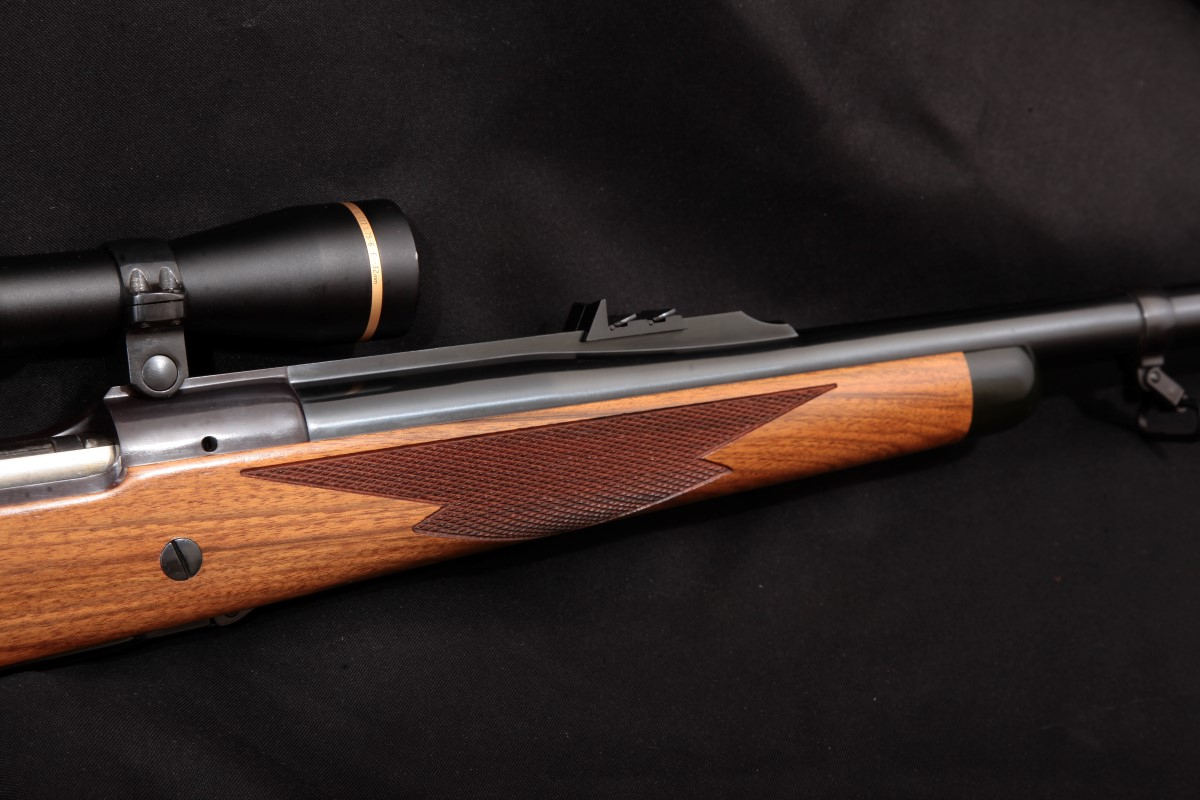
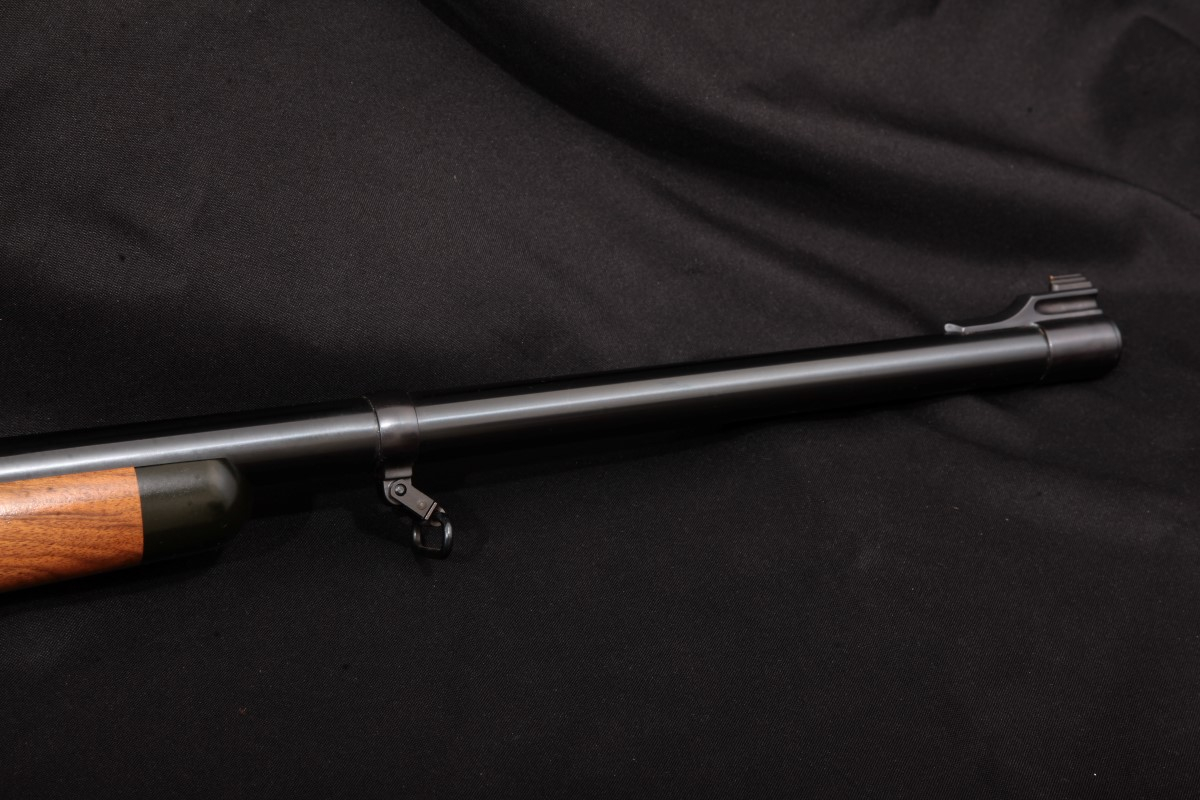
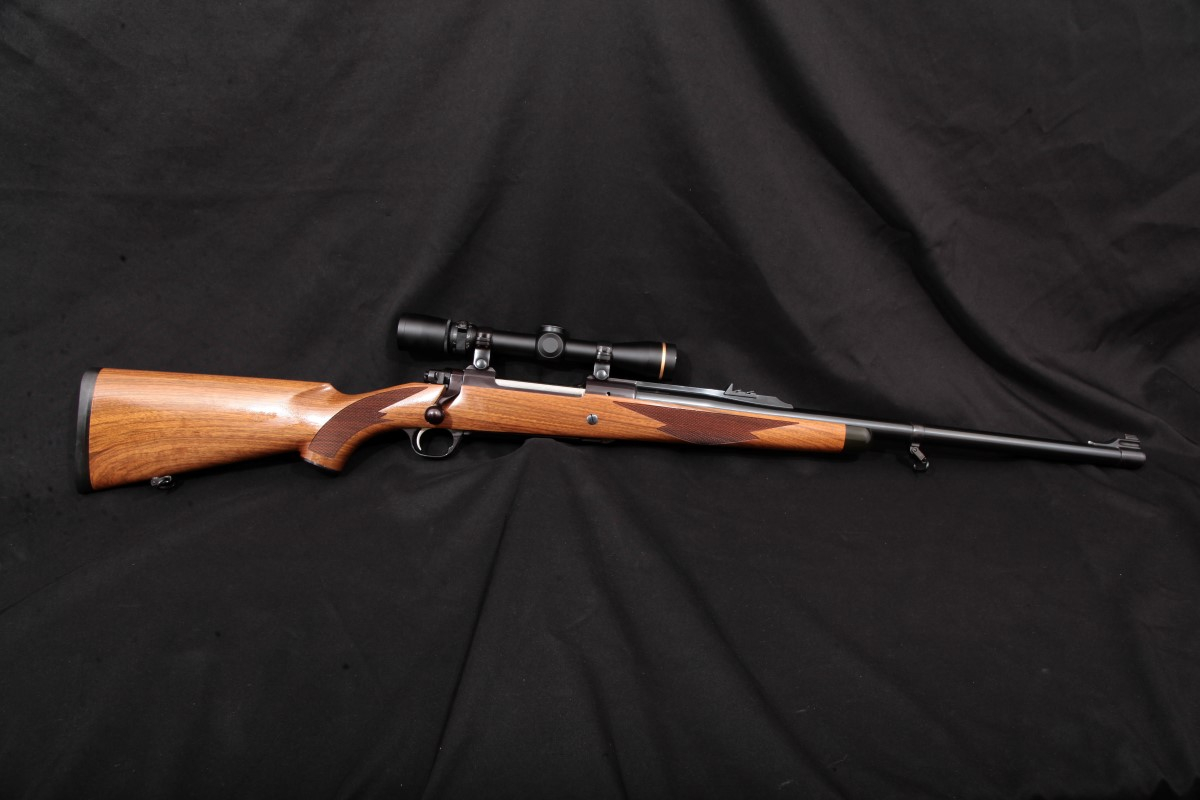
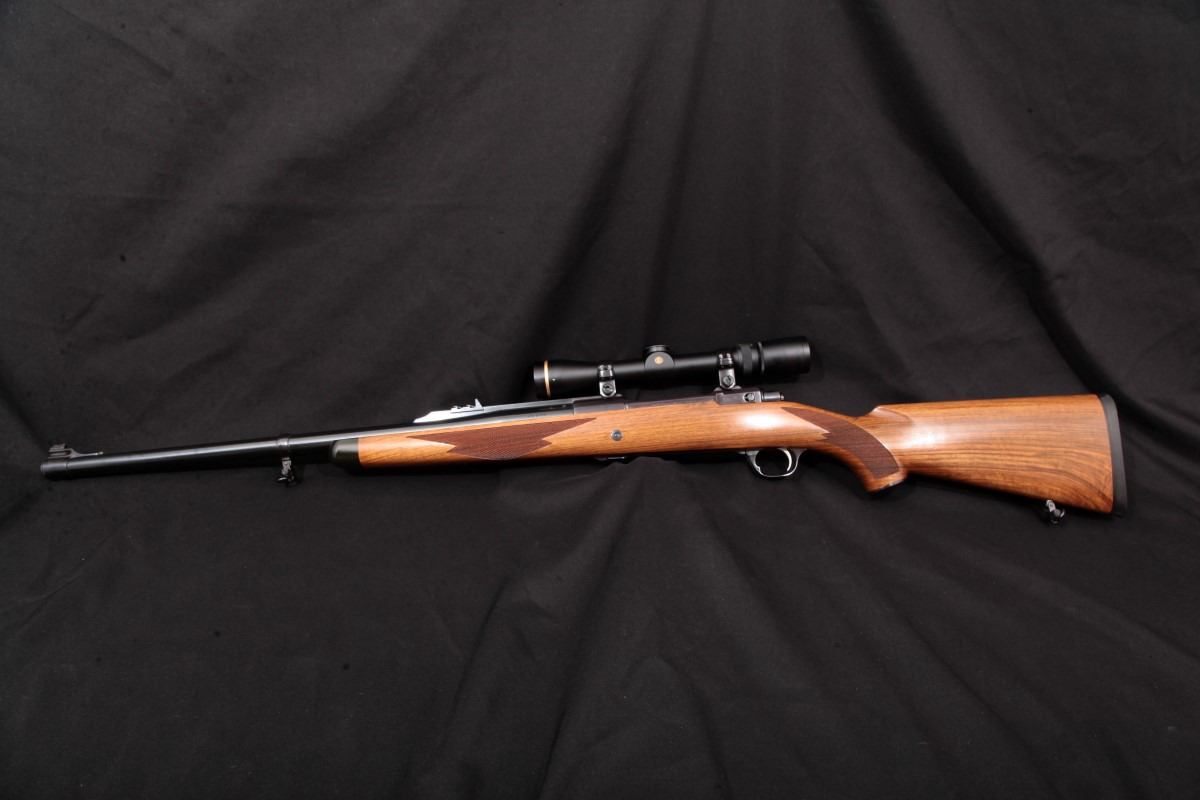
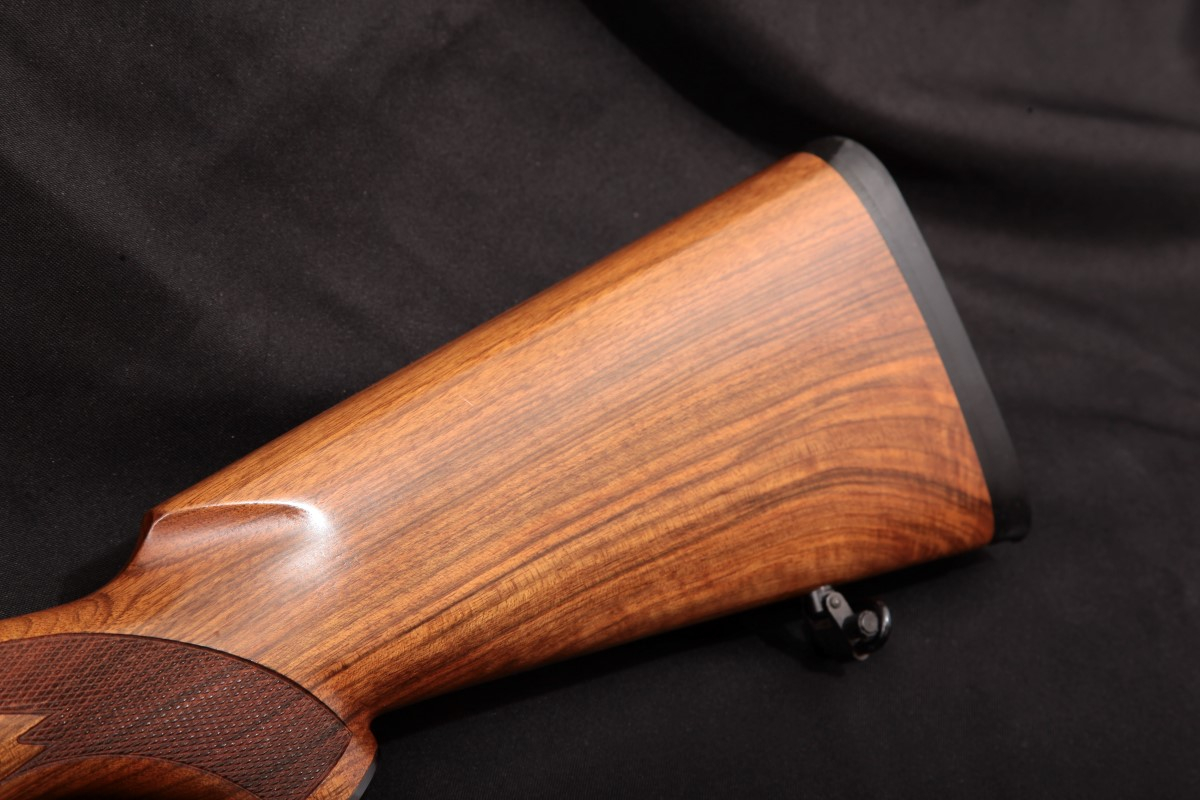
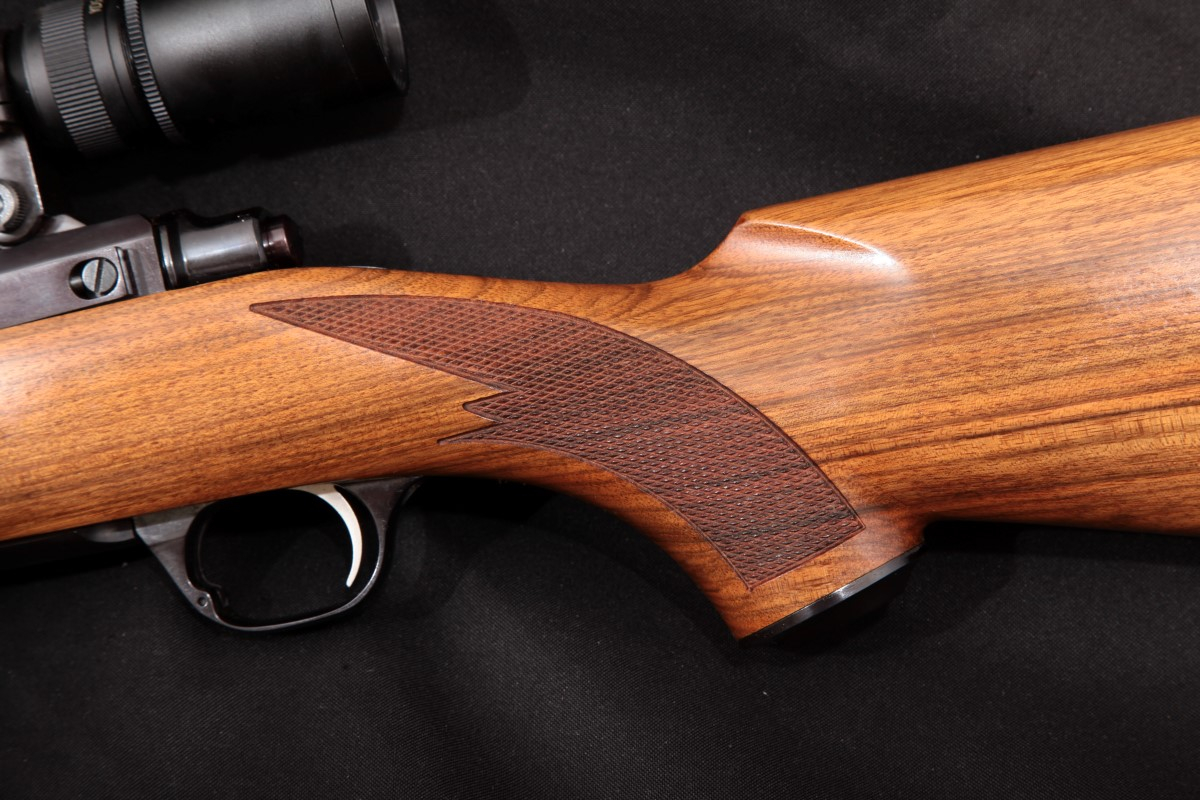
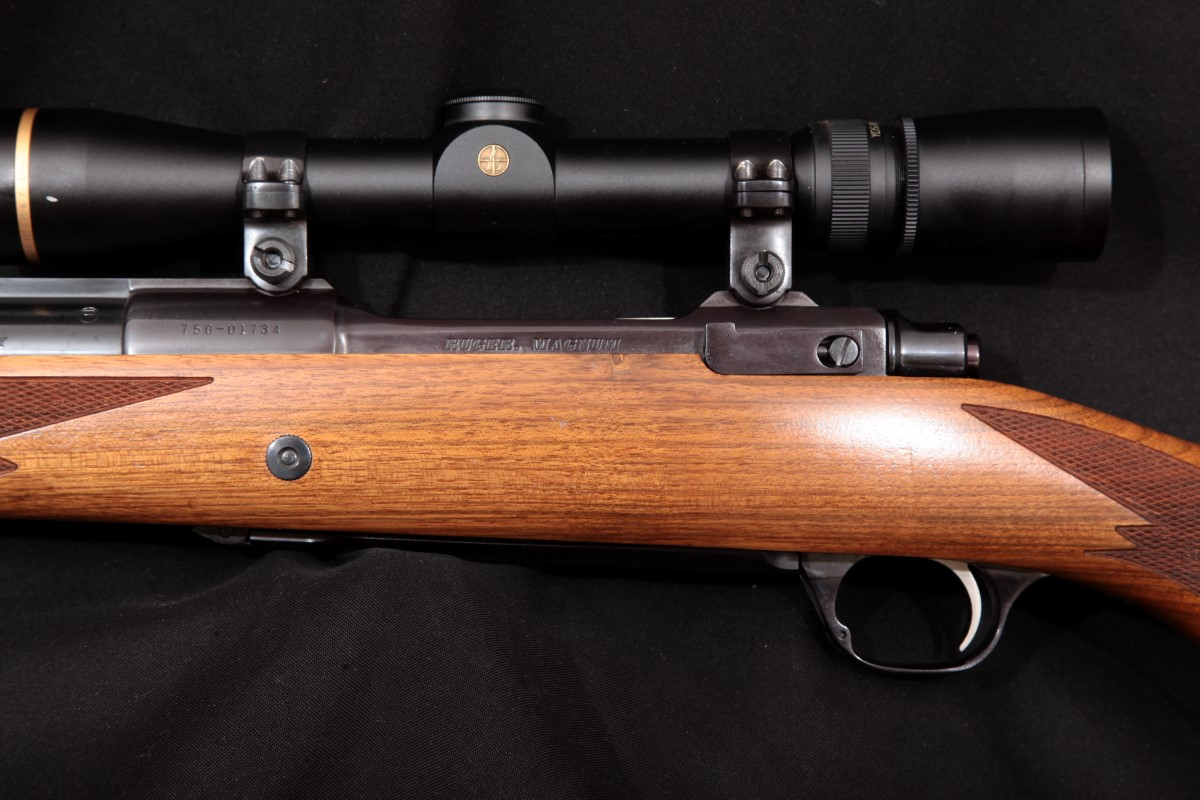
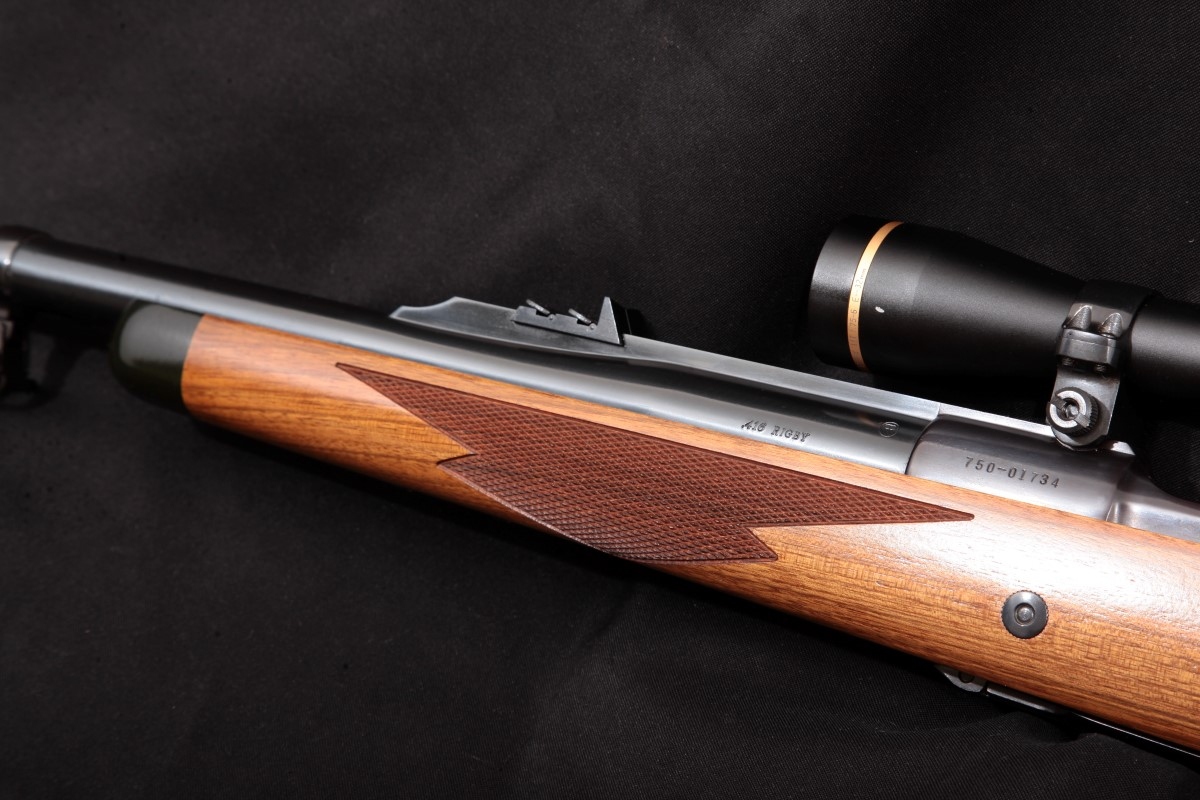
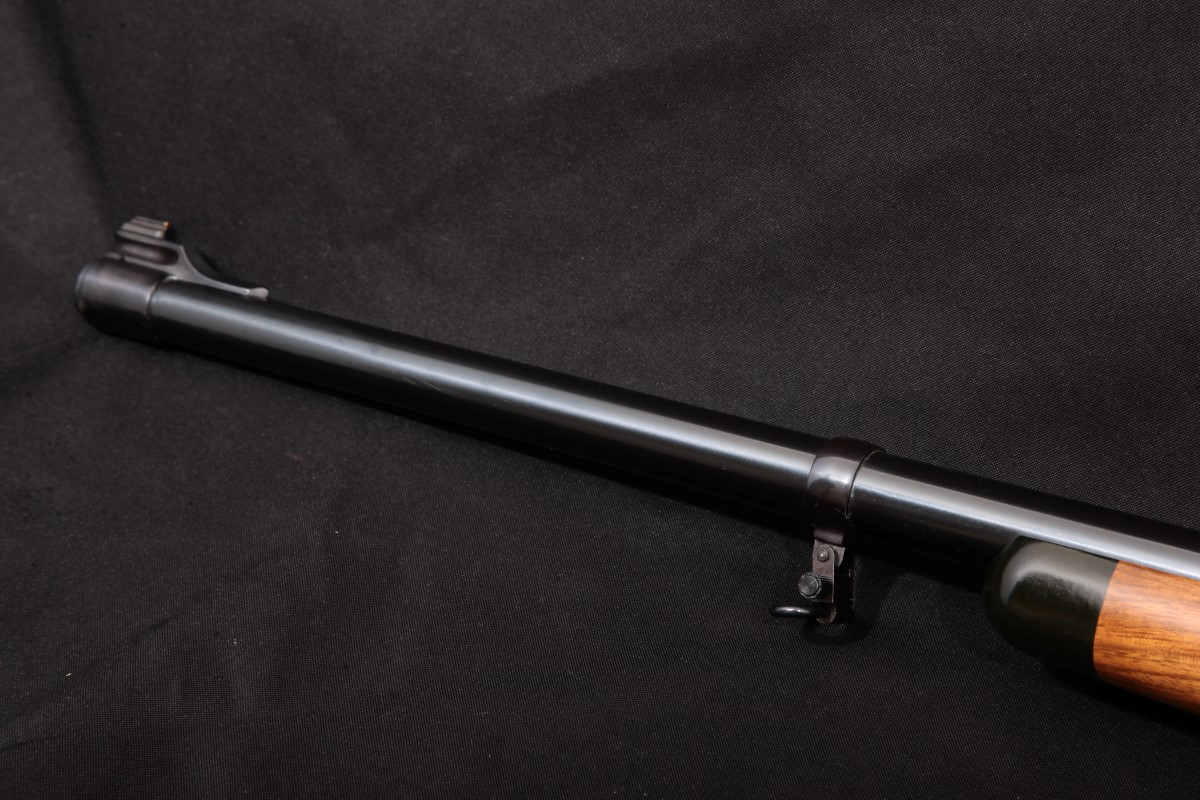
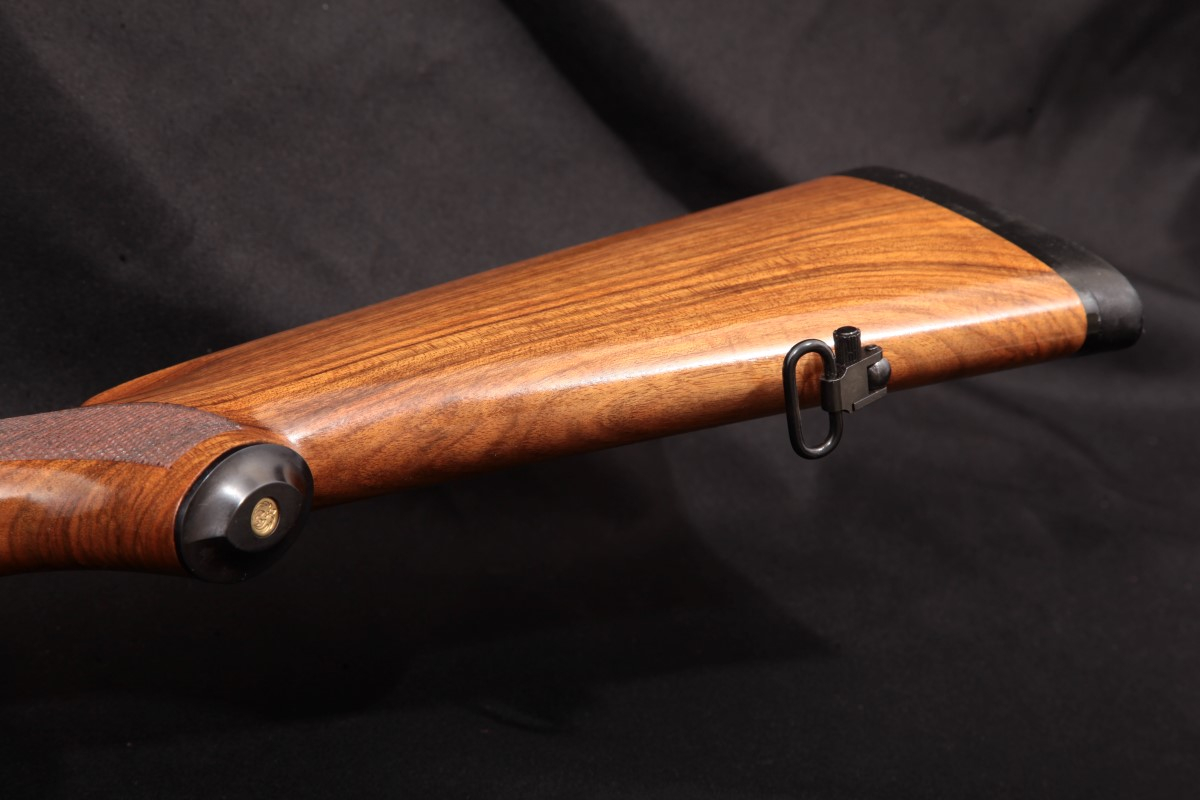
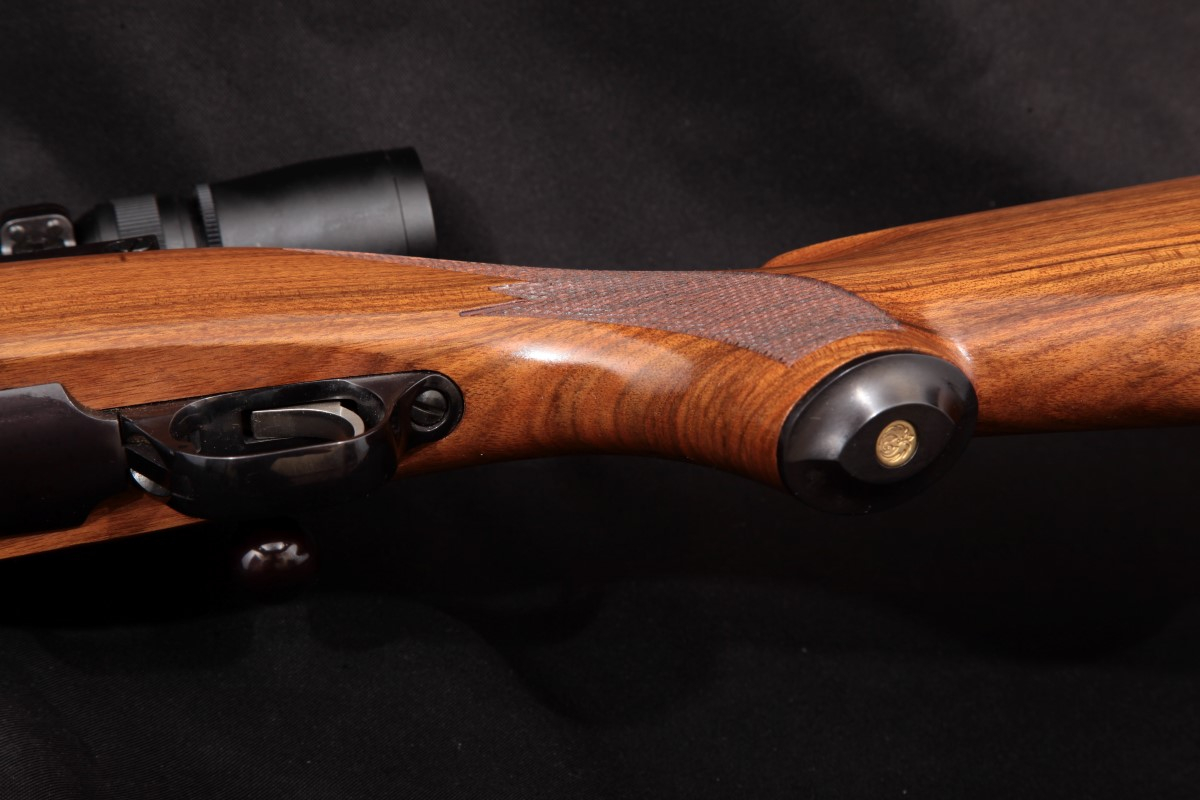
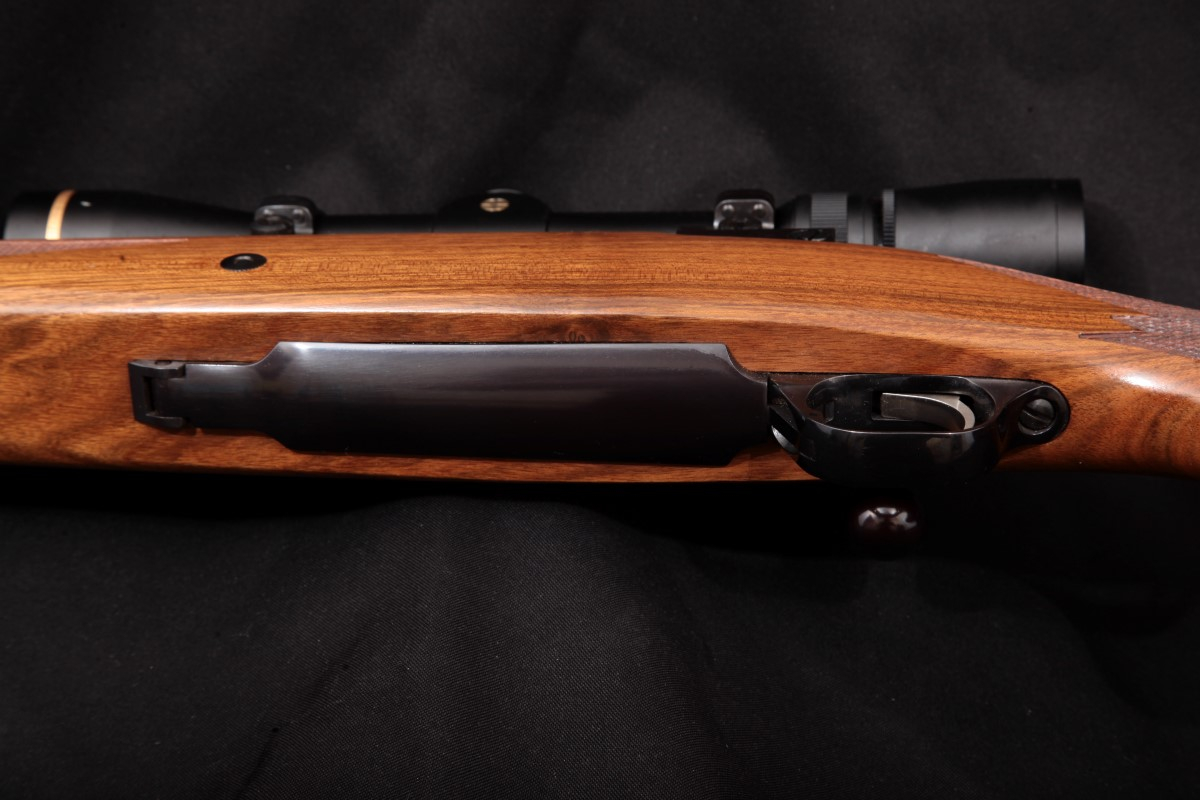
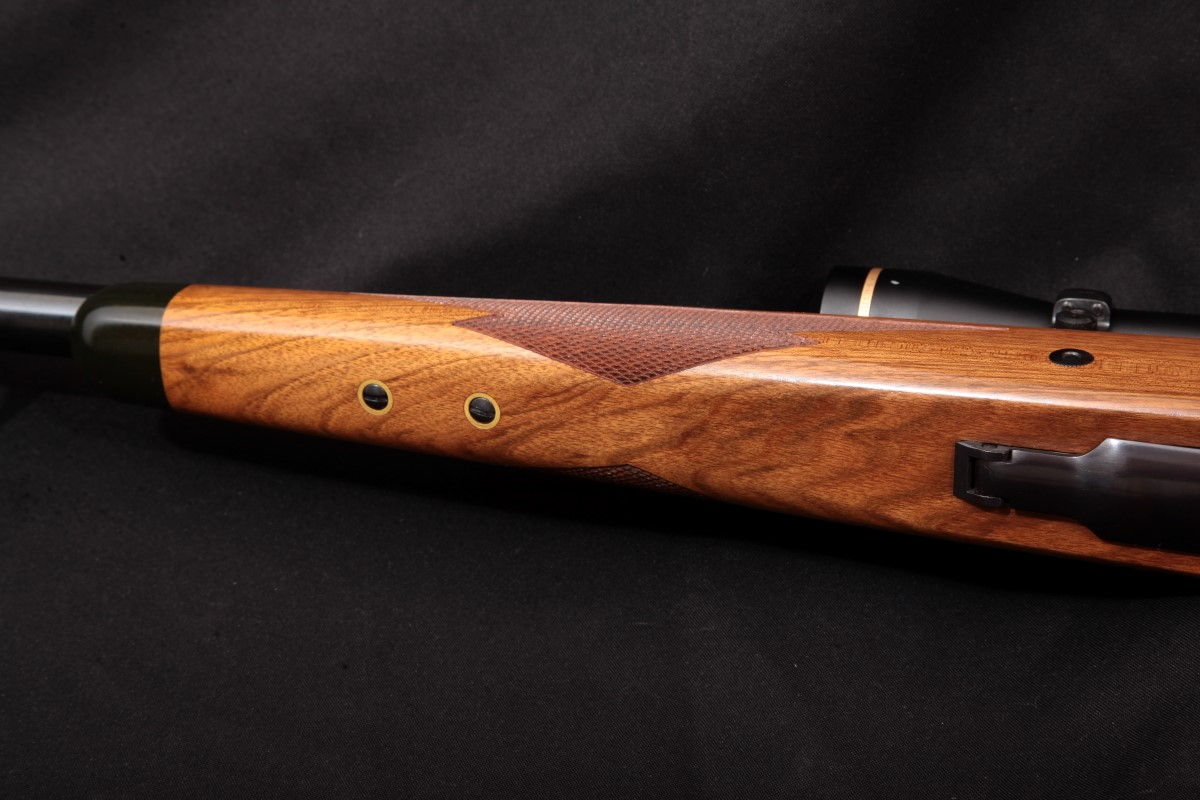
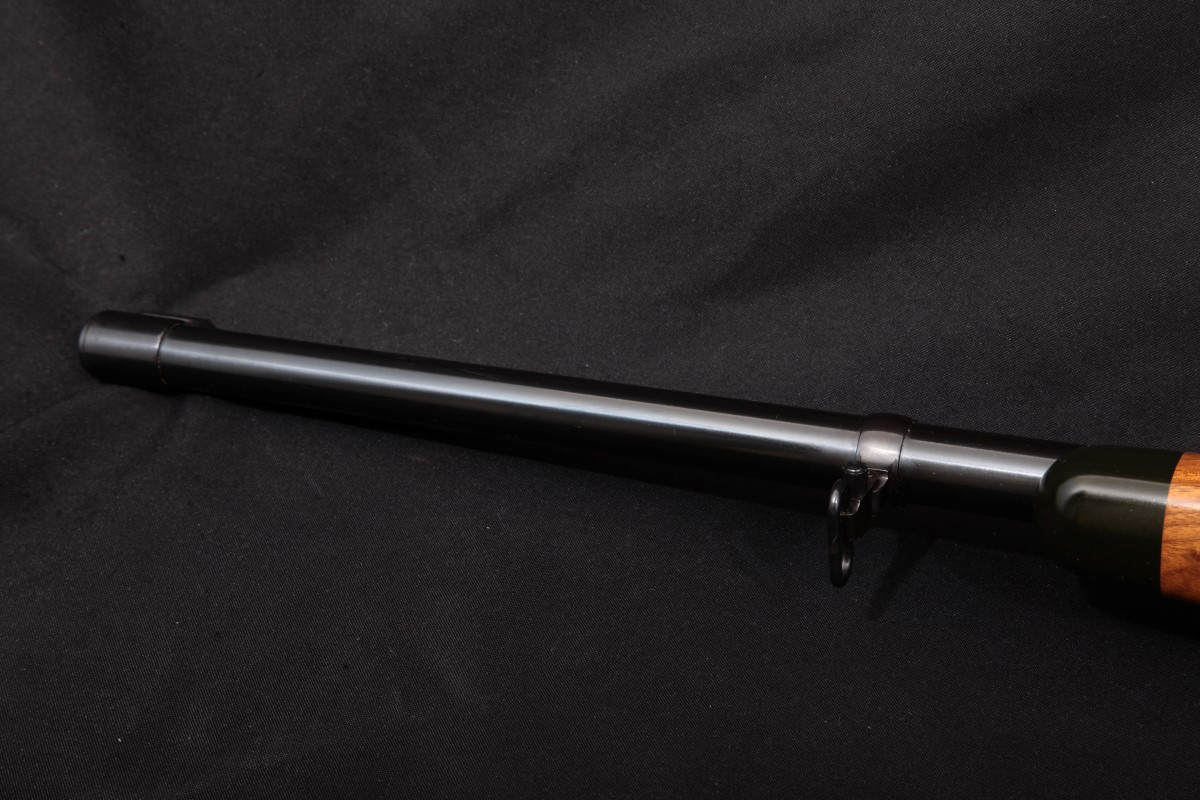
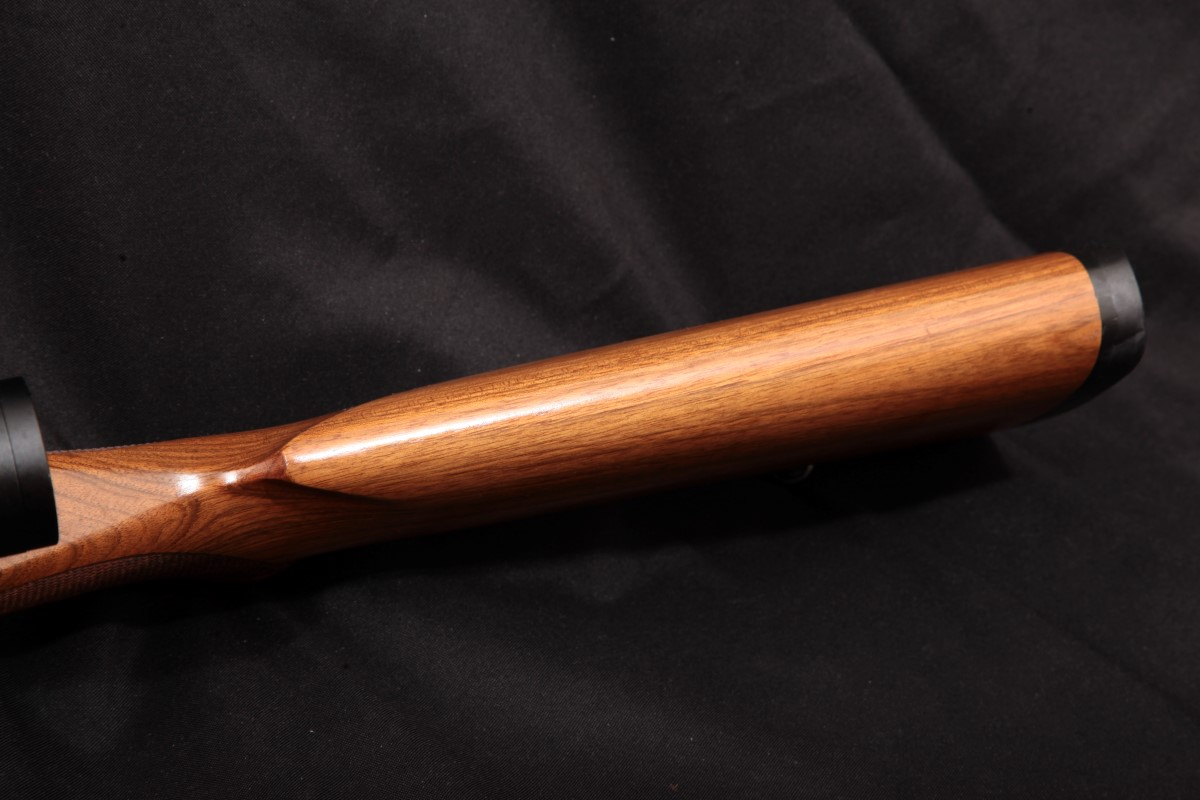
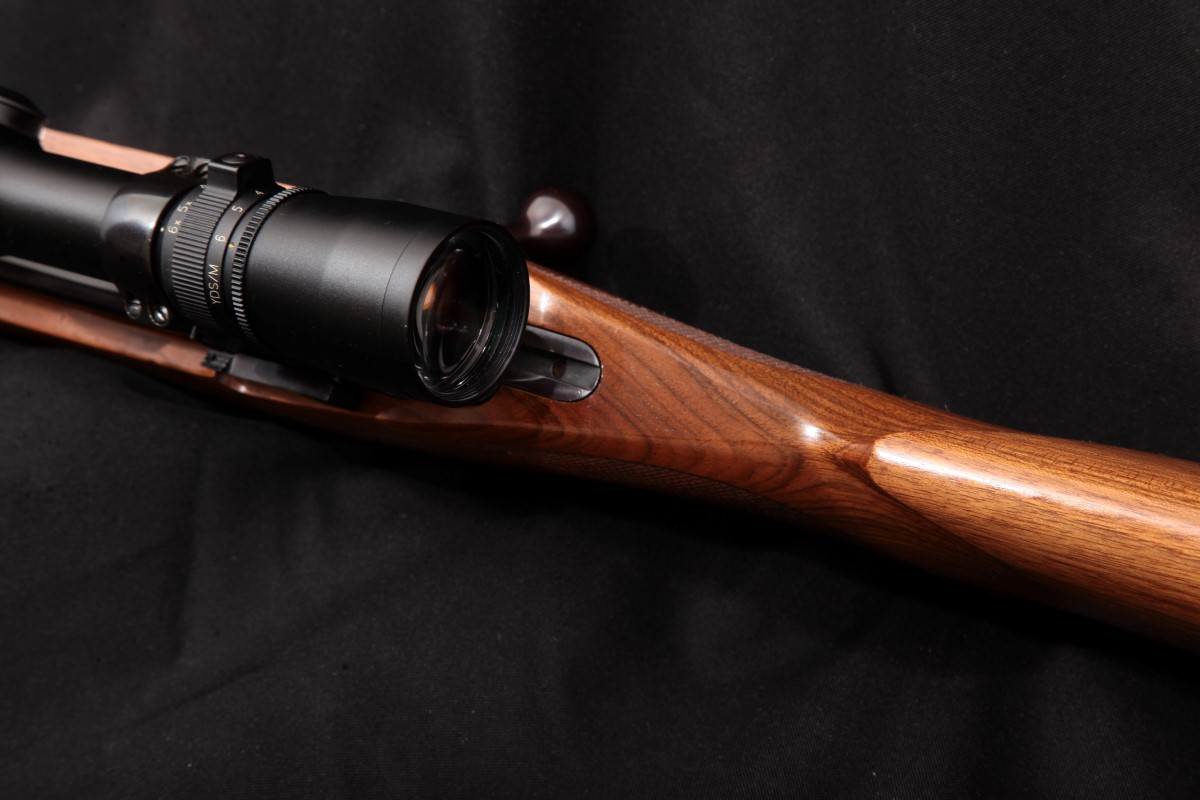
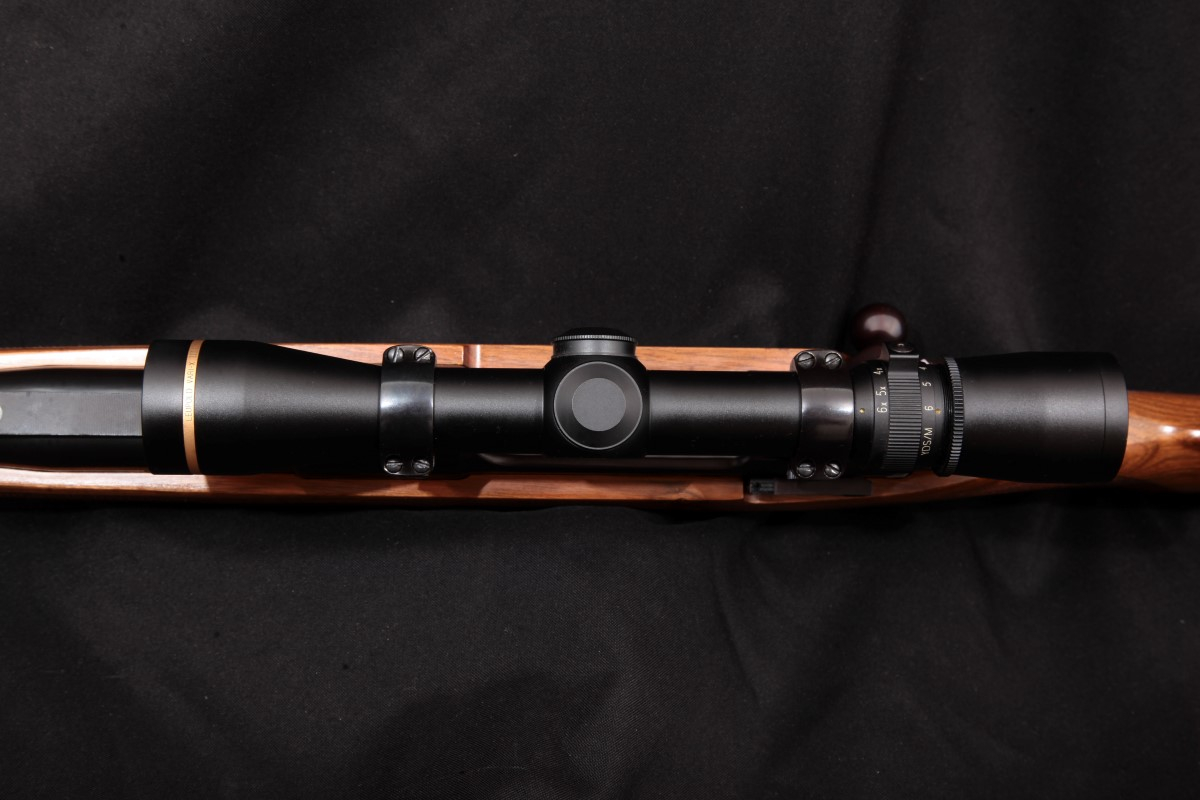
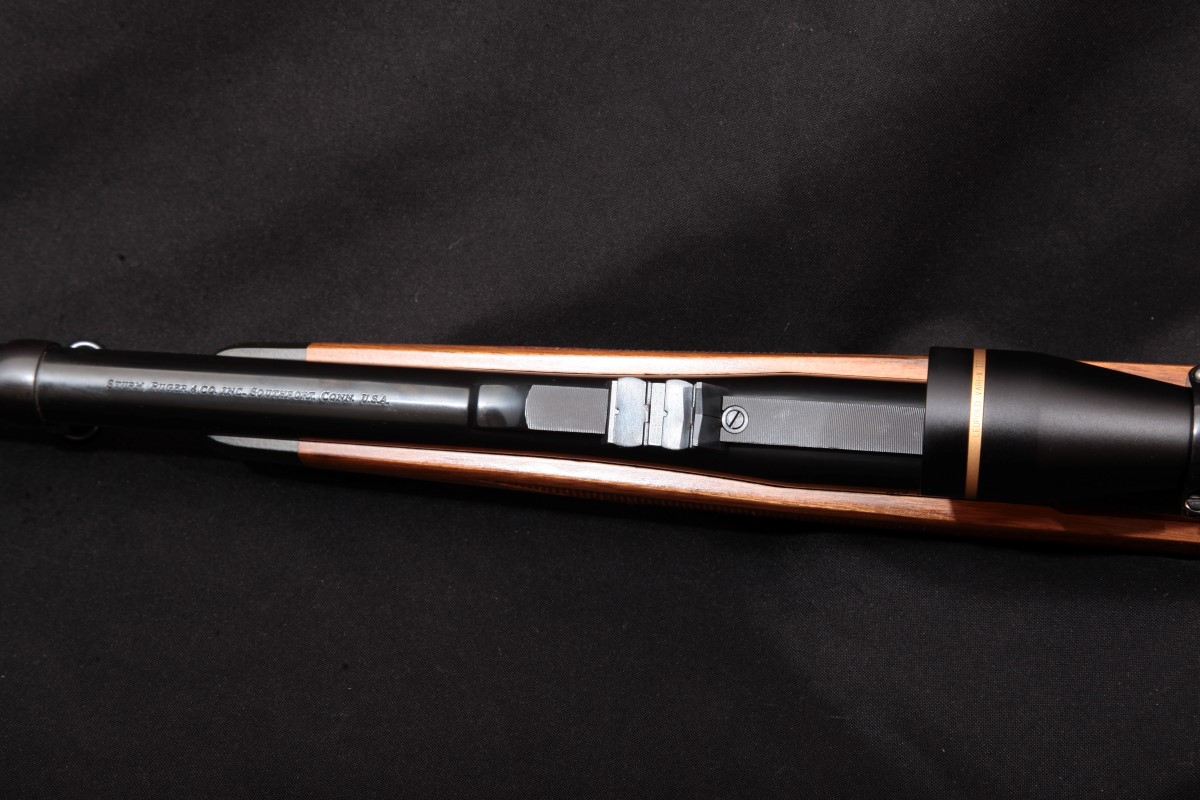
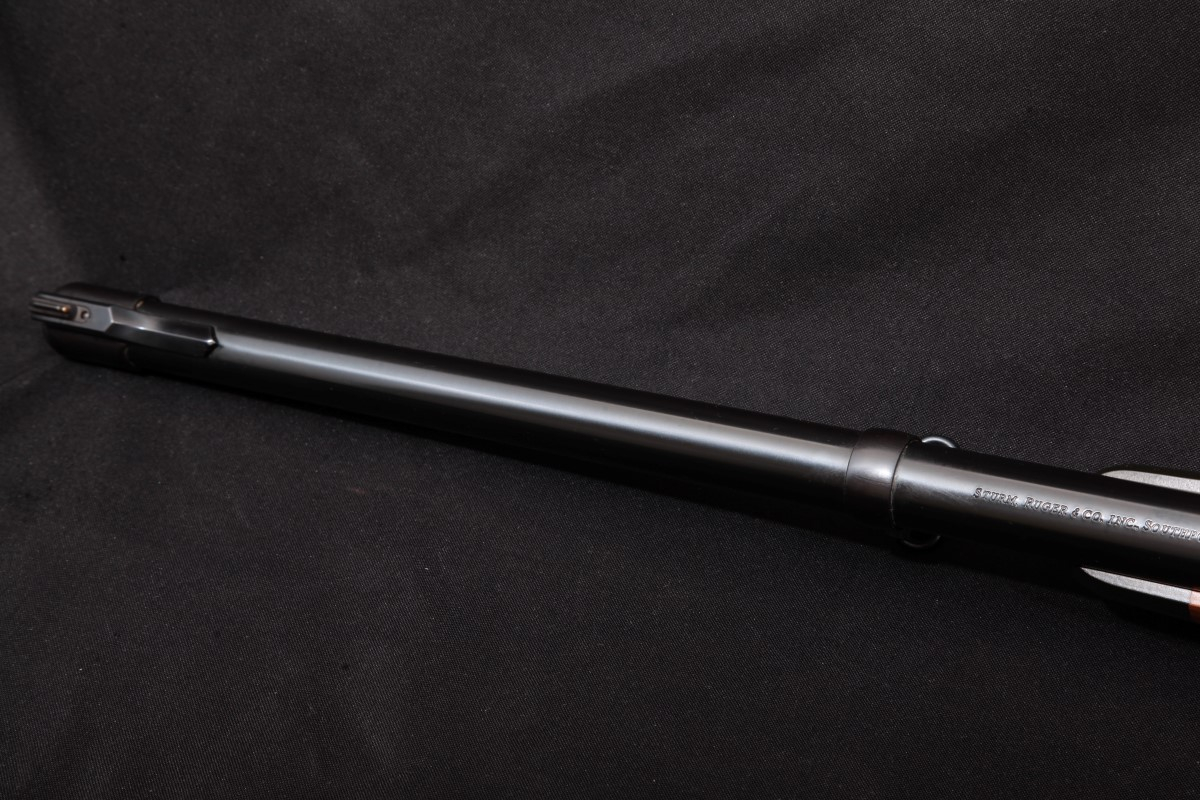
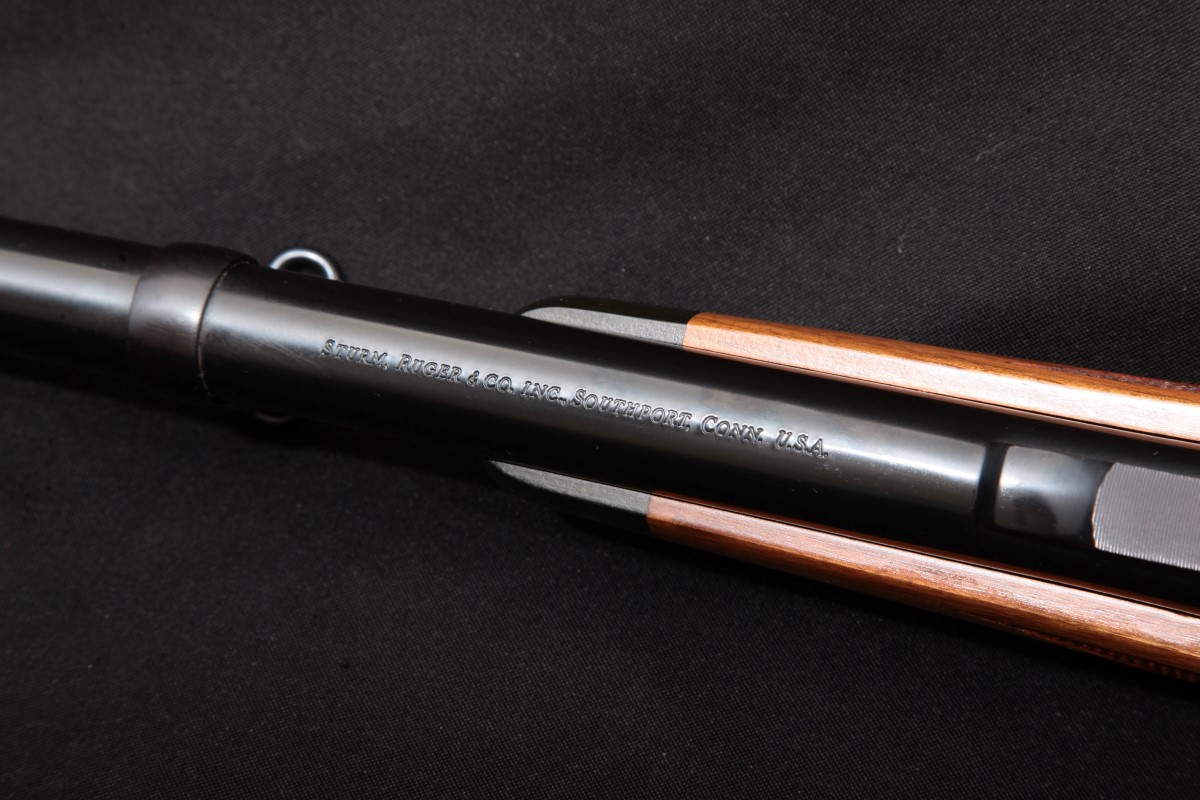
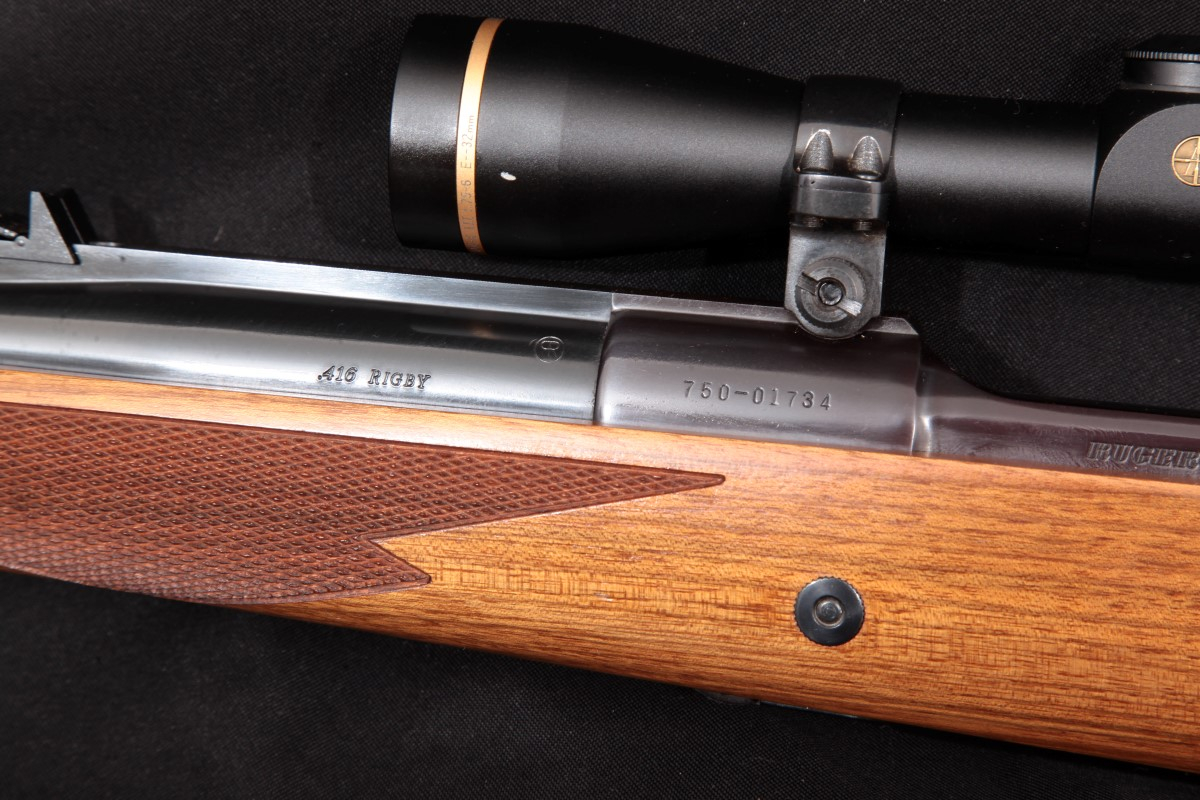
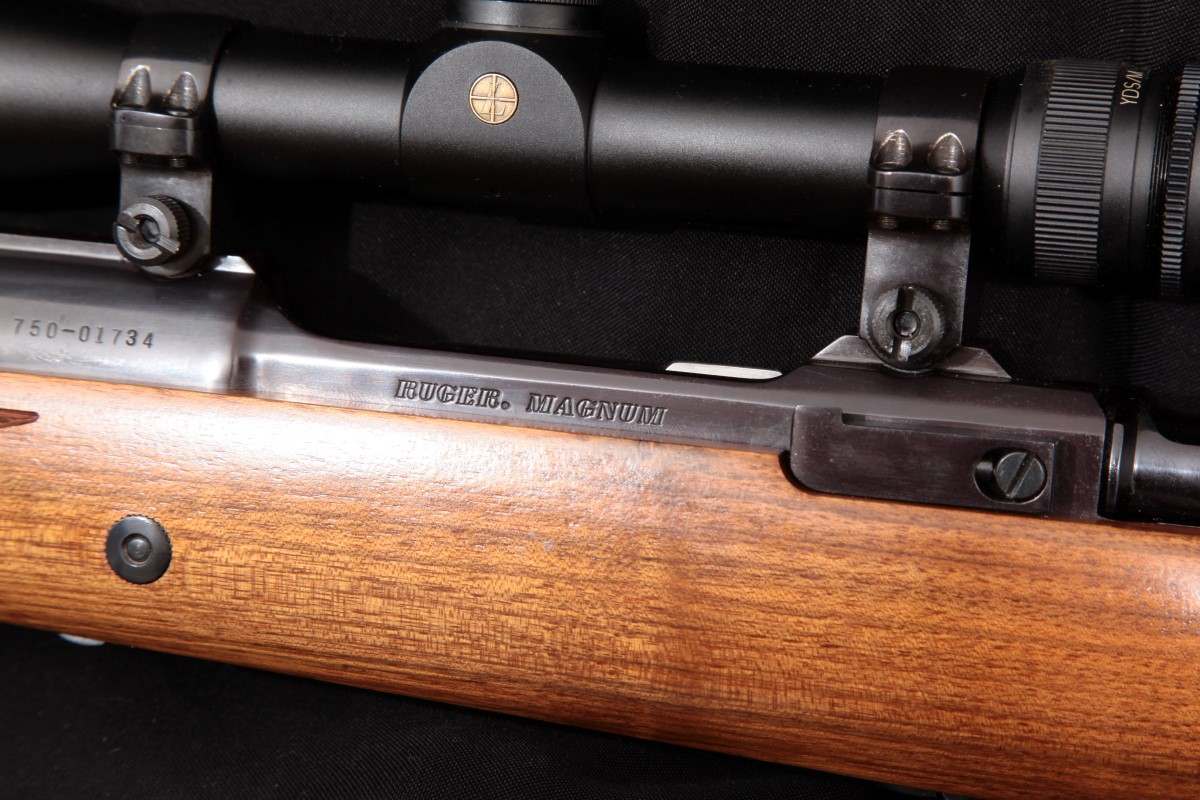
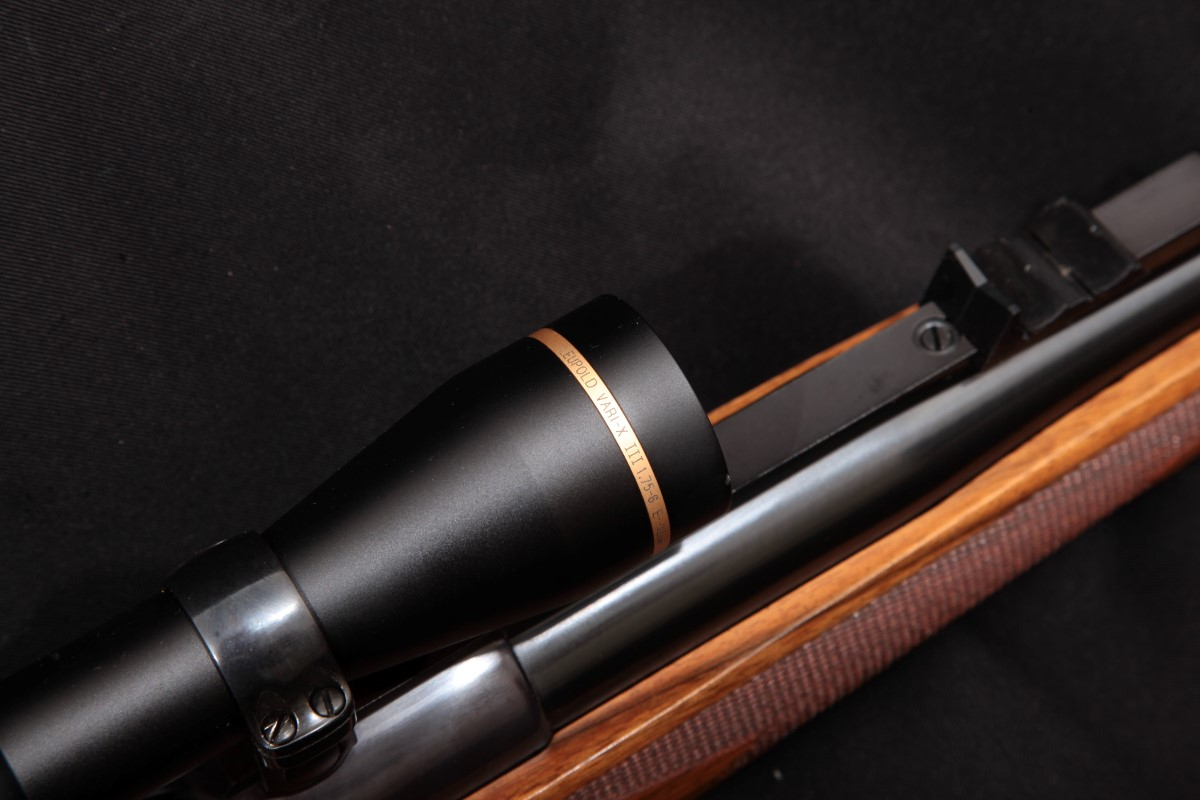
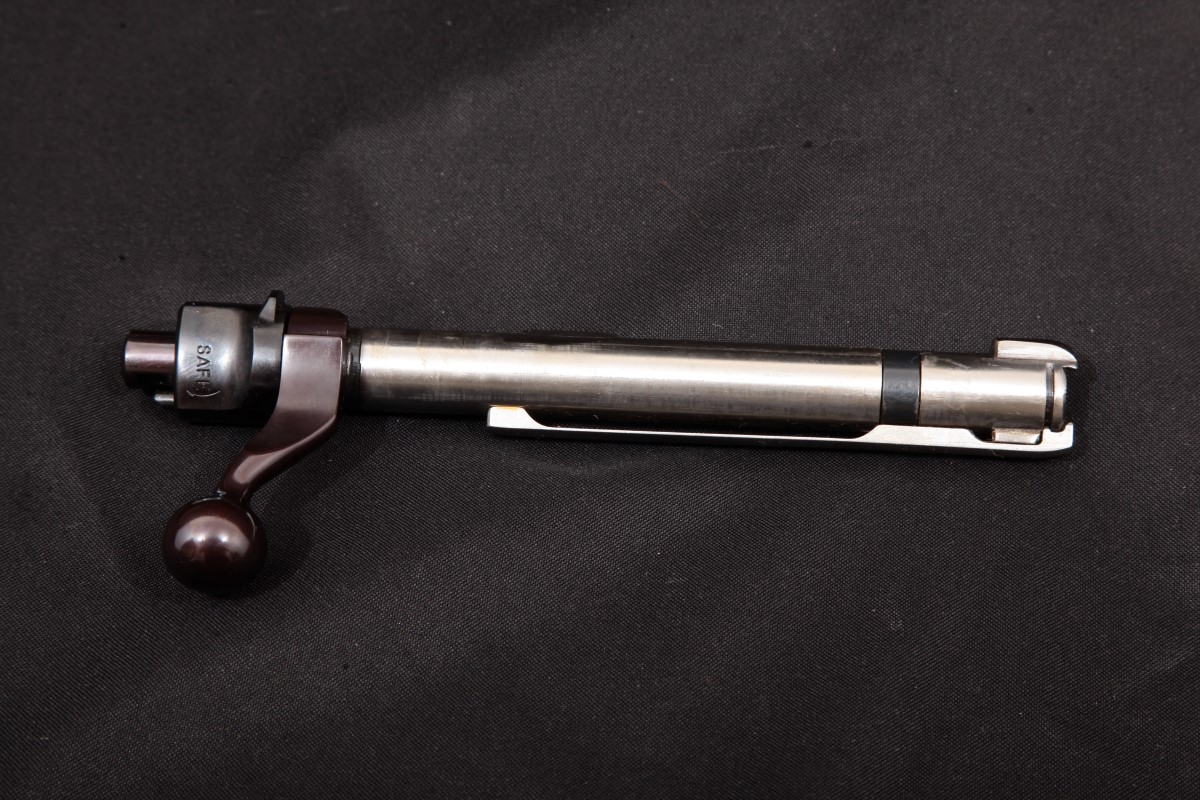
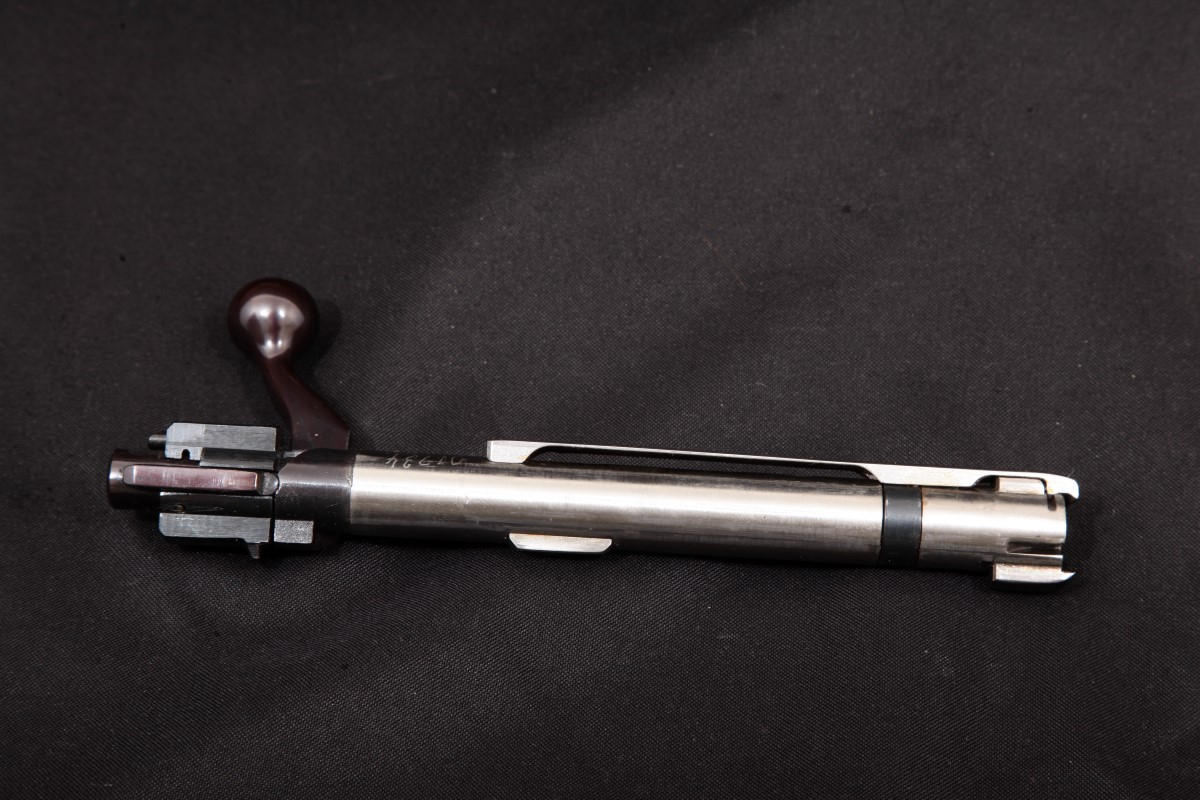
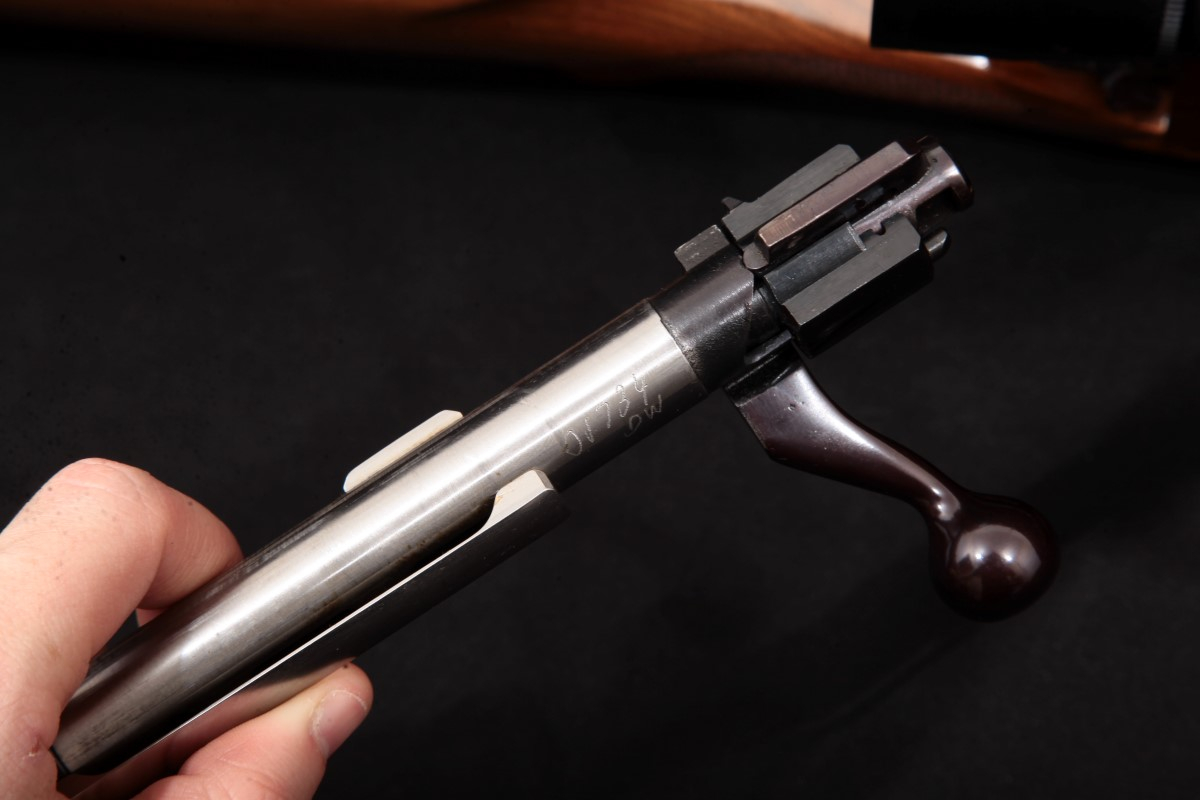
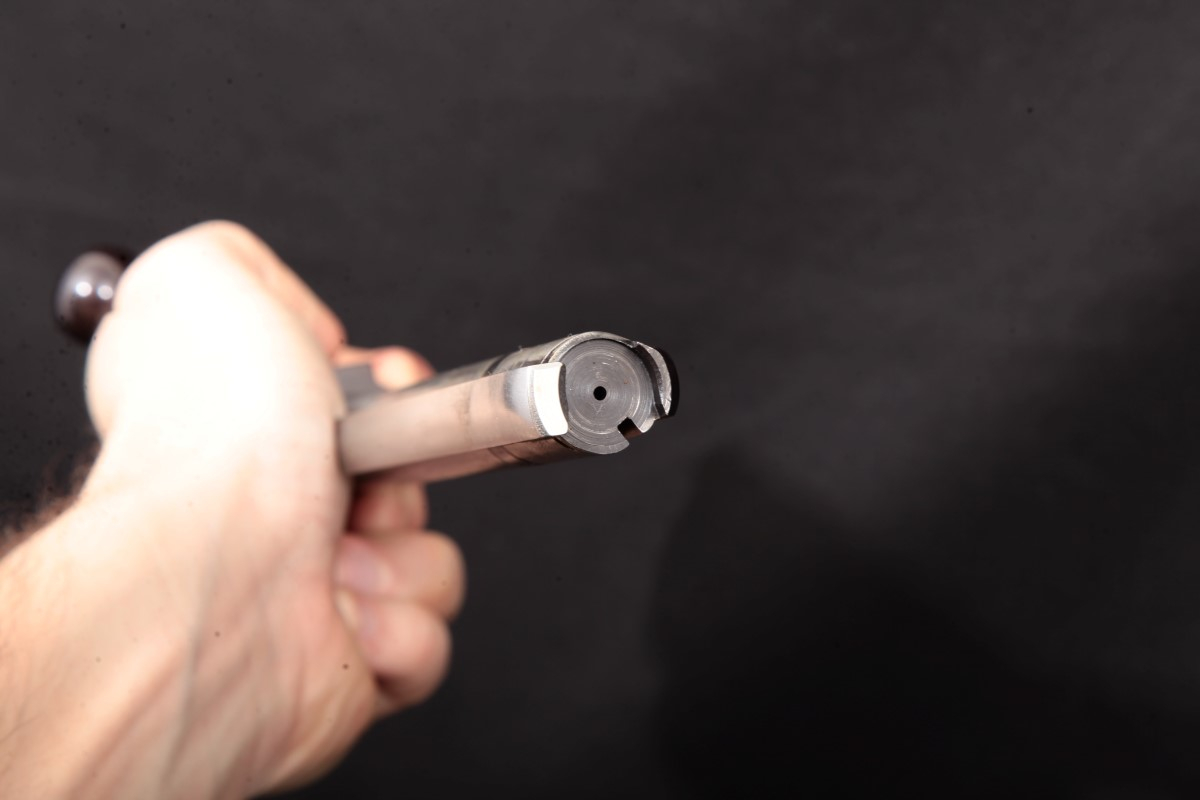
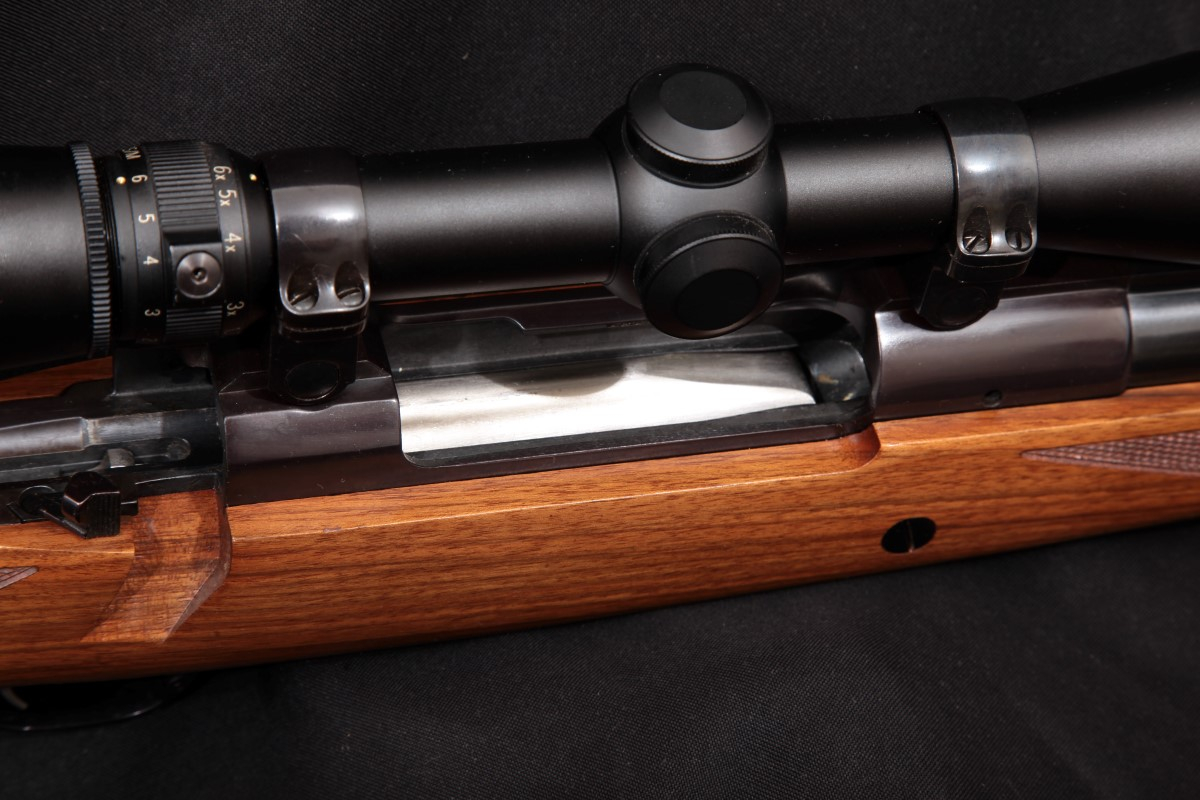
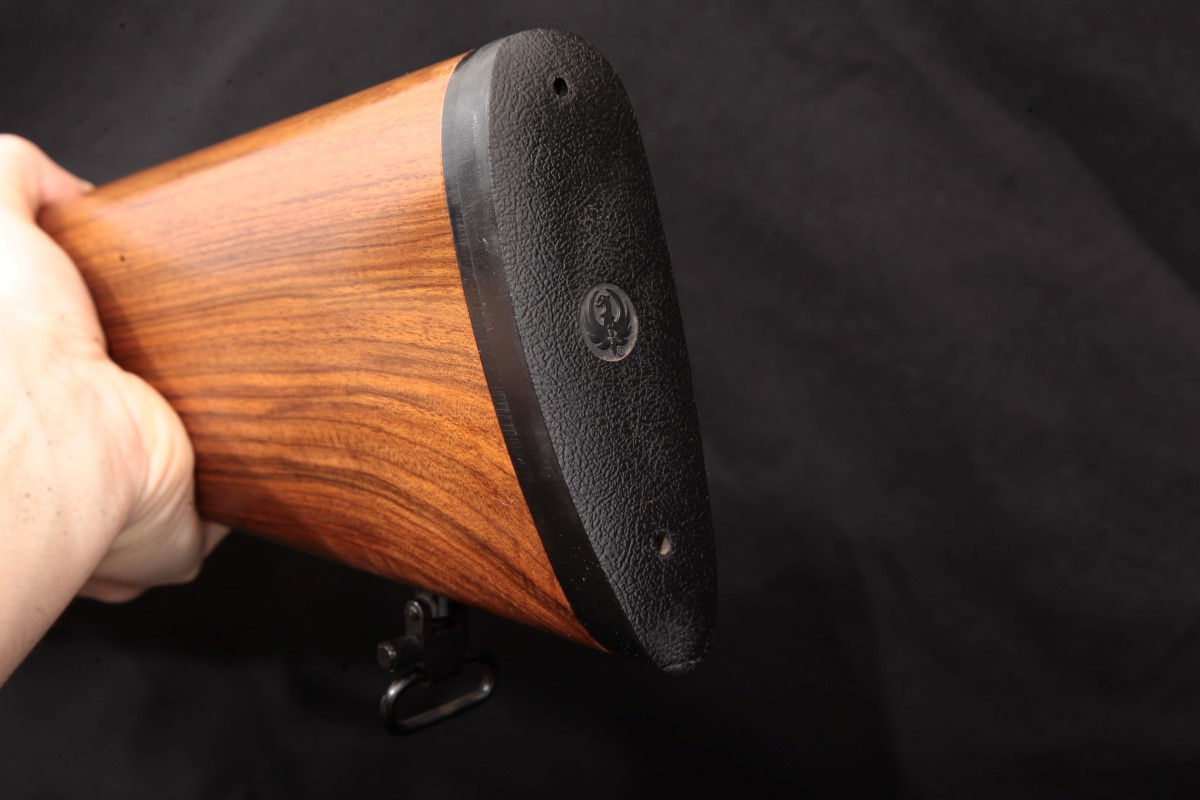
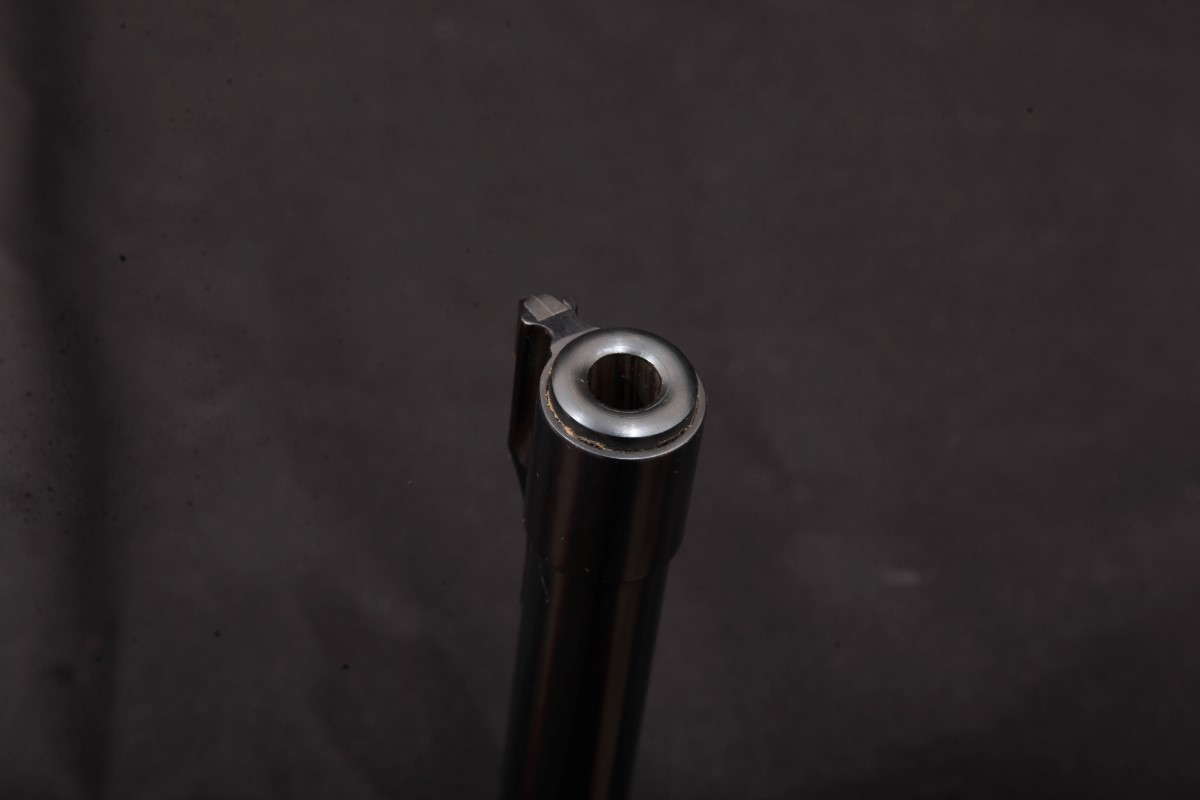
| July 26, 2016

If you’ve read the first parts of this land navigation manual, you should now know how to read a topographic map, find your bearings, and orient yourself with a map and compass.
You’re ready to start doing some serious land navigation. With the aid of modern technology at the outset, you can get a whole lot more specific with your land nav; rather than just finding your way to a major landmark, you can locate a little stake in the ground.
To do that, you plot MGRS (military grid reference system) coordinates on your map before you head out. Why would you want to employ this old/new method of land nav?
So you can be antifragile.
Two is one, and one is none; which is to say, technology fails, and you need to have a contingency plan for when it does. Soldiers are required to know how to plot MGRS coordinates on a map with nothing but a military protractor, and how to find those coordinates in the field with a map and compass. That way, if GPS fails on a mission, they can still make it to their intended waypoints – even if they’re small and specific; with MGRS coordinates and a military protractor, you can plot a point on a map within 10 meters of accuracy.
For civilians, knowing how to plot MGRS coordinates by hand and navigate to them can be useful for active outdoorsmen. Let’s say you’re planning a weeklong hunting trip out in the wild. Part of your prep work should be knowing the MGRS coordinates for your start point and your secluded hunting cabin out in the woods. You can plot those points on your map and you’ll have a backup navigation tool in case you lose your GPS device or if it fails.
Besides the practical uses of knowing how to plot coordinate points and navigate to them, it’s just plain fun to do.
Prep Work
Before we learn how to use MGRS coordinates and get out into the field, we’re going to do some prep work to make sure that we have all the information we need to navigate.
Plotting Your Coordinates on the Map
Using a GPS or an online tool, you can acquire 8-digit MGRS coordinates for the various spots you’re targeting during your trek in the wilderness. You’ll then need to plot those points on your map, using a military coordinate protractor.
I’ll walk you through how to do that, using for an example the eight-digit coordinate number: 30469530
We’re going to split that up for easier reading:
- 3046 (this is our easting coordinate — the vertical lines that run north/south on your map).
- 9530 (this is our northing coordinate — the horizontal lines that run east/west on your map).
When reading and plotting MGRS coordinates, follow the rule of “right and up.” I’ll show you what is meant by this by continuing our example.
First, we need to find what square in our map we’re working with. To find that, we’re going to look at the first two digits in both the easting and northing coordinates. So our easting number is 30; our northing coordinate is 95.
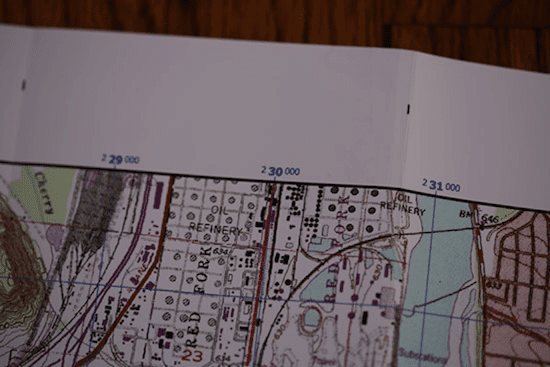
Look at the top of your map at the easting numbers, and move right until you find the 30 grid line.

Look at the side of your map at the northing number and move up until you find the 95 grid line.

Follow the lines to where they intersect. That is the bottom left corner of the grid square that we’ll be working with.
So we’re in this general area. Time to get more specific. With the next two digits in both our easting and northing coordinates, we’ll be able to get within 10 meters of our spot. To do this, we need to bust out our military protractor.

Your protractor will likely have different scale grids. Make sure you use the one that matches your map’s scale, or else you’re going to be way off on your plotting. The map I’m using is a 1:24,000 scale so I’m going to use the 1:24,000 scale grid on my protractor. The horizontal numbers on your grid are for measuring your easting co-ordinates; the vertical numbers are for measuring your northing coordinates.
1. Line up 0/0 on the bottom left corner of your grid.
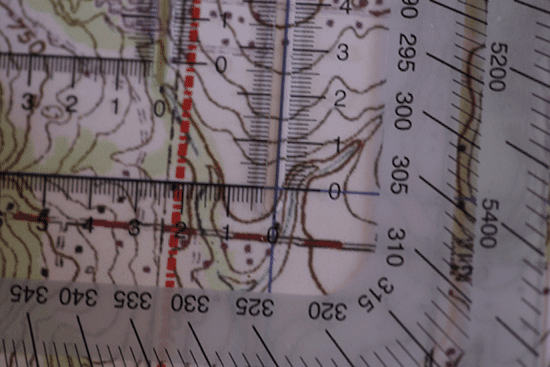
The first step is to line up 0/0 on your protractor with the bottom left corner of the grid you’re working with.
2. Move protractor right until easting grid line is lined up with second two digits of your easting coordinate.

Let’s take a look at our easting coordinate again: 3046. We’re focusing on those last two digits right now — 46. That tells us our easting coordinate is 460 meters east from the 30 grid line. We want to move our protractor right until our vertical easting line is lined up with 4.6 on our protractor (4.6 represents kilometers=460 meters).
3. Move up on the slot on your protractor using the second two digits of your northing coordinate.

Take a look at our northing coordinate: 9530. We’re going to focus on the last two digits. The 30 tells us that our northing coordinate is 300 meters north of the 95 grid line. We want to move our pencil up until it lines up with 3.0. Place a dot there with your pencil.
Congratulations! You just plotted your first point using an 8-digit MGRS coordinate.

Continue the same process for any other points that you may have. I recommend putting a small number next to each dot to remind yourself of the order of your plots. You can see in the pic above, I wrote a “1” next to my plot.
Getting Your Bearings
Now that we have our coordinates plotted on the map, we need to determine the bearings from each coordinate to the next. We could use our compass as a protractor, but we’ll just use our military protractor because, well, it’s a protractor.
An easy way to do it is to simply draw a line from your first plot through the plot that you’re measuring a bearing on, like so:

Draw it lightly with your pencil (we’re going to erase it), and make sure it extends pretty far past your second plot.

Place your protractor on your map. In the middle of the protractor, you’ll see a little hole. Place that directly over your first plot.

Make sure 0° is in line with north on your map.

Look where the line you just drew on your map lines up on your protractor hashmarks. In this case, it hits the 165° mark.
So from point 1 to point 2, there’s a bearing of 165°.
In a notebook, write your bearing next to the coordinate for your first plot to remind yourself that when you’re at point 1, you’ll shoot a bearing of 165° on your compass to get to point 2.
So it would look like this:
- 30469530 165°
Now move to point 2 and repeat the same process to get the bearing for point 3. Write that bearing down in your notebook next to your coordinate for point 2 to remind yourself when you get to point 2, you’ll need to shoot that bearing on your compass to get to point 3.
Repeat the process until you’ve gotten bearings for all of your known MGRS coordinate points.
Measuring Distance
With our bearings, we know what direction we’ll need to walk to get to our various points, but how do we know how far we have to travel?
If your protractor has a distance scale, use it. Just make sure you’re using the scale that matches your map. In this case, our map has a scale of 1:24,000, so I’ll use that scale. Keep in mind that each number on it represents 100 meters.

Measure from point 1 to point 2. In the example above, the distance is 400 meters. Write down the distance next to your first coordinate. That helps me remember that when I’m at point 1, I’ll need to travel that distance to get to point 2.
So it would look like this in my notebook:
- 30469530 165° 400m
Measure distance from point 2 to point 3. Write it down next to point 2.
Repeat until you’ve gotten your measurements all the way to the end point.
Out in the Field
We’ve got our points plotted on our map and our bearings and distances written down. It’s time to start trekking.
Shoot Your First Bearing
We look down at our notes and see that next to our starting coordinate, we have a bearing of 165° to get to point 2. The distance to point 2 is 400 meters.
Get out your compass, and index your bearing to 165° and move your body until the needle is inside the box. Congratulations, you now know which direction you have to walk to get to point 2.
Start Walking and Track Your Distance
Because of the map work we did earlier, we know how far we need to go to get from point 1 to point 2. But how do we track how far we’ve gone when we’re out there walking?
Enter pace counting.
First, we need to figure out how many paces it takes for us to cover 100 meters. You can go to a high school track or use a measuring wheel to stake out your own 100-meter line.
Start with both feet at the start line and step off with your left foot and walk the 100 meters using your normal stride. Every time your left foot touches the ground, count it. When you get to the end, remember what your pace count was.
To make sure we have it keyed in, we’re going to walk back and count again to see if the second time is about the same as the first go round. For a man who’s about 6 feet tall, your pace count for 100 meters will be around 65-70.
So if you need to travel 400 meters and your pace count for 100 meters is 65, you’ll know that it will take about 260 paces to traverse that distance (400/100 = 4; 4X65 = 260). If you need to go 50 meters, you’ll know you need to go about 32 paces (65/2 = 32.5).
Keep in mind that uneven terrain and other environmental factors will effect your pace count. For example, if you’re going up or down a hill, you’ll likely take more steps to traverse 100 meters. Pace count won’t give you an exact measurement of distance, just a rough one.
If you don’t want to lose track of your pace count in your head, consider utilizing “ranger beads” or “pace count beads.” It’s a way for you to offload remembering your pace count to an external device. The folks at ITS Tactical have a great article and video on how to make your own pace count beads for this purpose.
Getting Around Obstacles
The way we’re doing land navigation requires us to walk in straight lines from one point to the next. What do we do if we come across an obstacle in our path, like a dense patch of scraggly mesquite trees or a pond? We’ll need to walk around it, but how do we do that without losing track of our distance and our bearing?
We’re going to do what’s called “boxing” the obstacle.

Let’s say we’re walking a line on a bearing of 165° and we’ve got 100 meters to go until our destination point. Problem is, there’s a small pond in our direction of travel.
To get around it and back on our original bearing while not losing track of our pace count, we’re going to box it.
Stop walking, but remember the pace count that you stopped at. Set a bearing 90° from your original bearing of 165°. That would be 255°. Walk at that 90° angle of your original bearing until you’ve cleared the pond and can move forward again. Remember that pace count — let’s say it’s 40.
Set your compass back to its original bearing of 165° and start walking again until you pass the obstacle. Let’s say it takes you 40 meters to pass the object. You’ve got 60 meters to go until your destination. Problem is, you’re 90° off of your bearing.
To get back to our bearing, we’re going to subtract 90° from 165 and set our compass to 75°. Walk until you’ve gone 40 paces. Stop.
Now add back 90° to get your original bearing of 165°. Walk forward 60 more meters. Congratulations, you’ve boxed an obstacle.
Conclusion
By following the guides we’ve given in this manual, you should be able to get started with learning the skill of land navigation. Of course, you’ll never get the hang of it just by reading — you need to get out there and practice! So get yourself a compass, map, and protractor and start toying around with them on the weekend. Yes, you’ll make mistakes, but that’s all part of the learning process. And if you’ve already learned the basics of land nav, I highly recommend getting out and practicing regularly. It’s a skill that degrades without use.
Until next time, shoot your bearings straight and stay manly!
Dear IRS & the California Tax Board, You guys of course know that I always pay exactly the amount of my hard earned money. That I owe, To you under appreciated and vital part of the Government! Grumpy